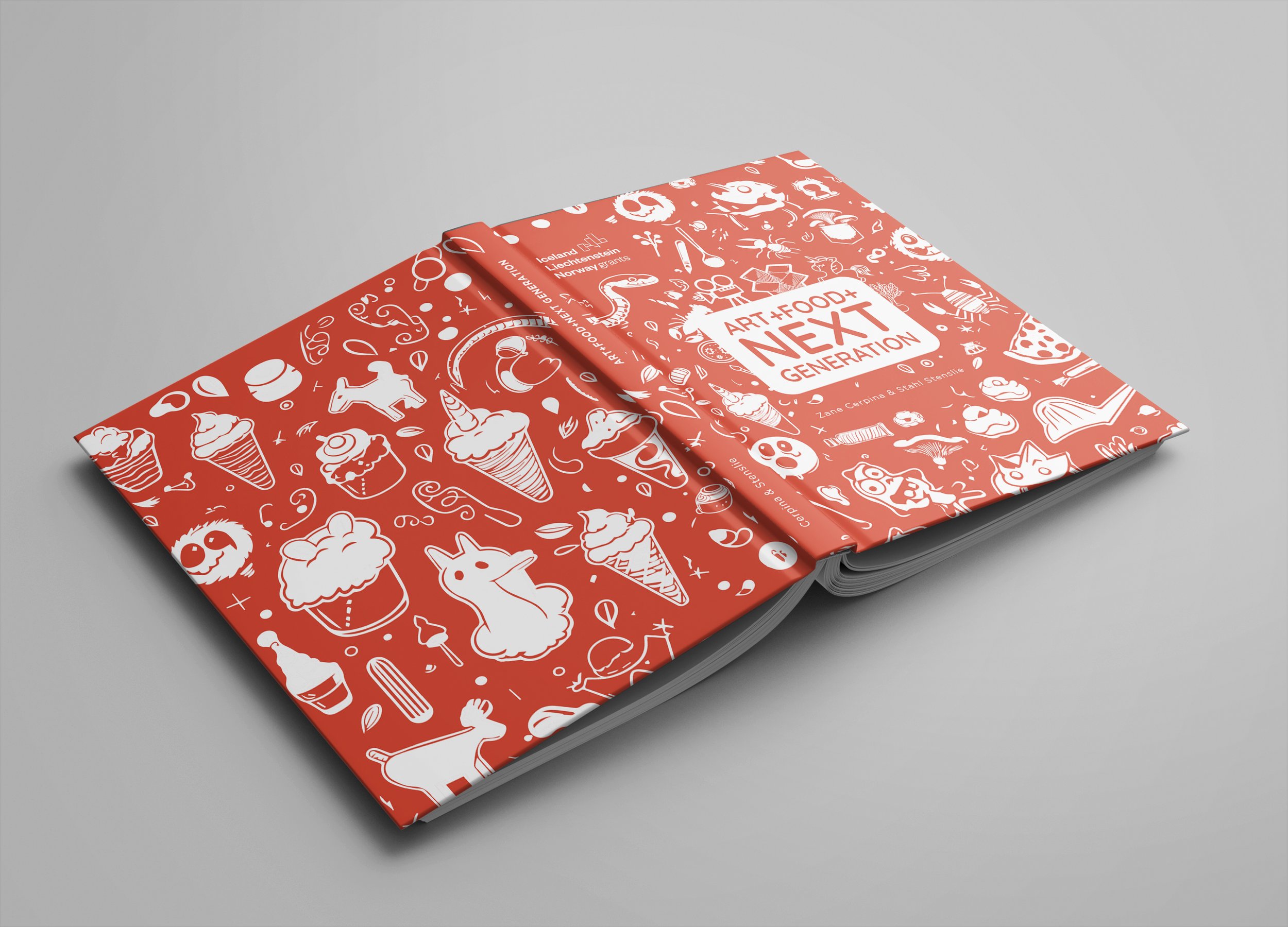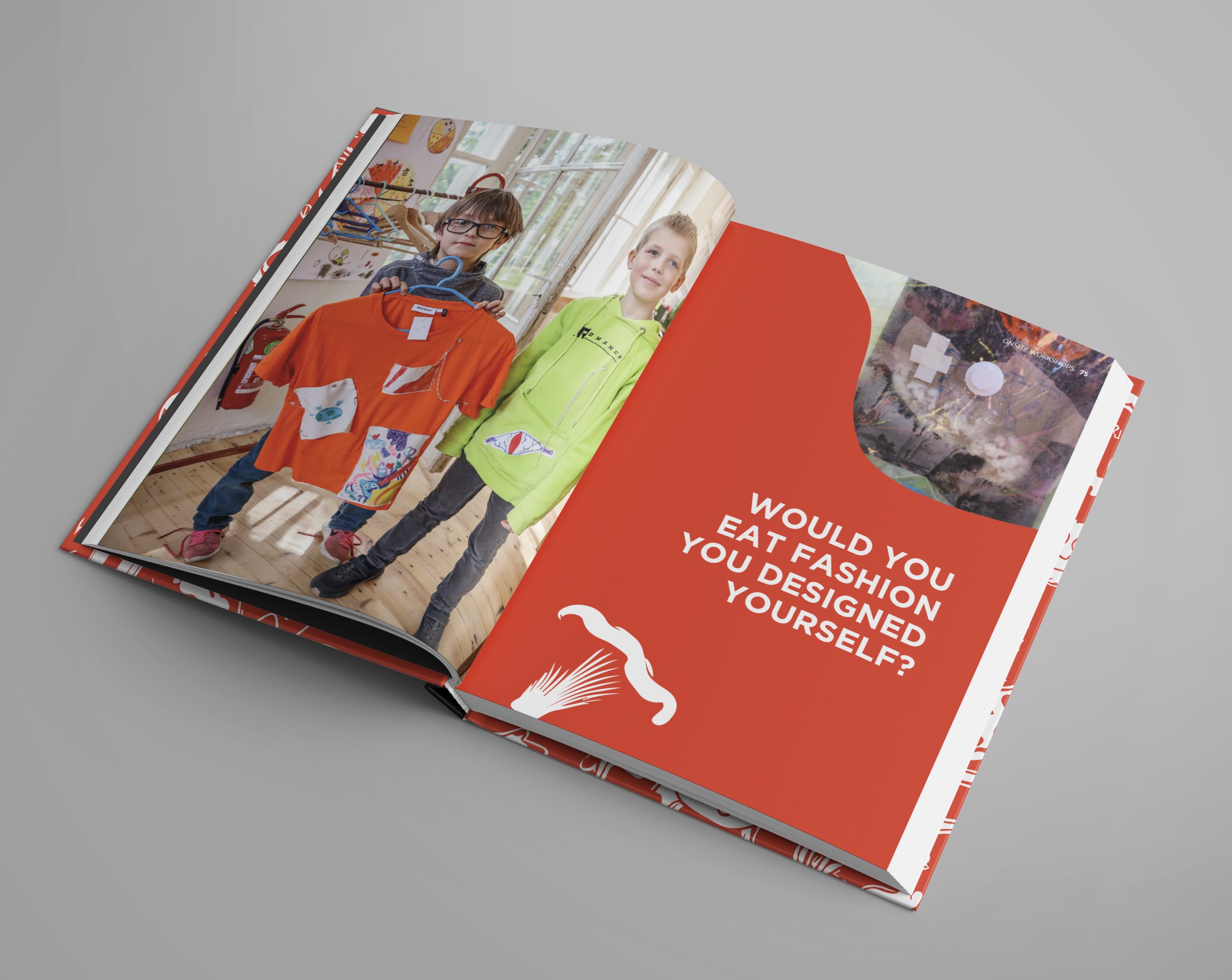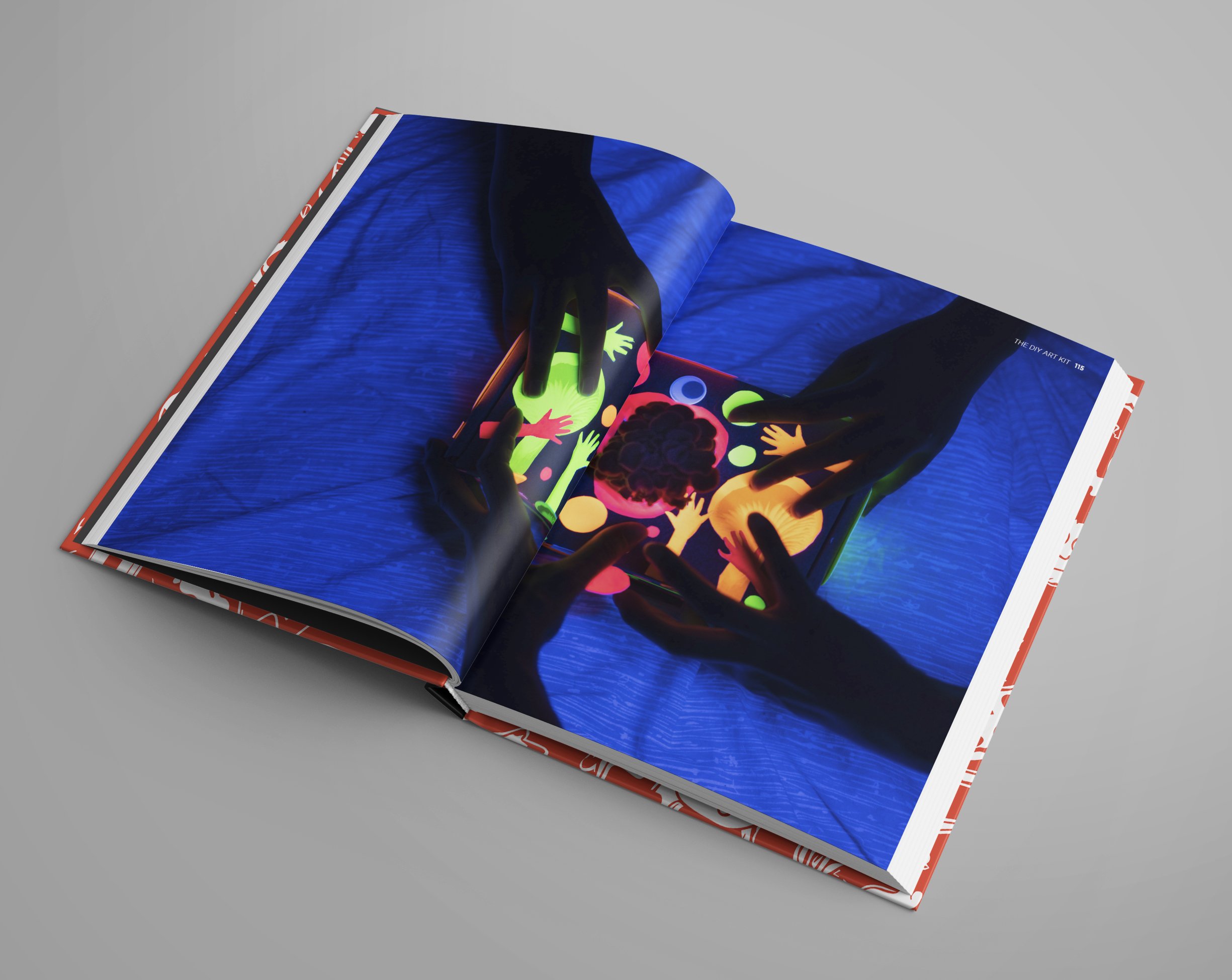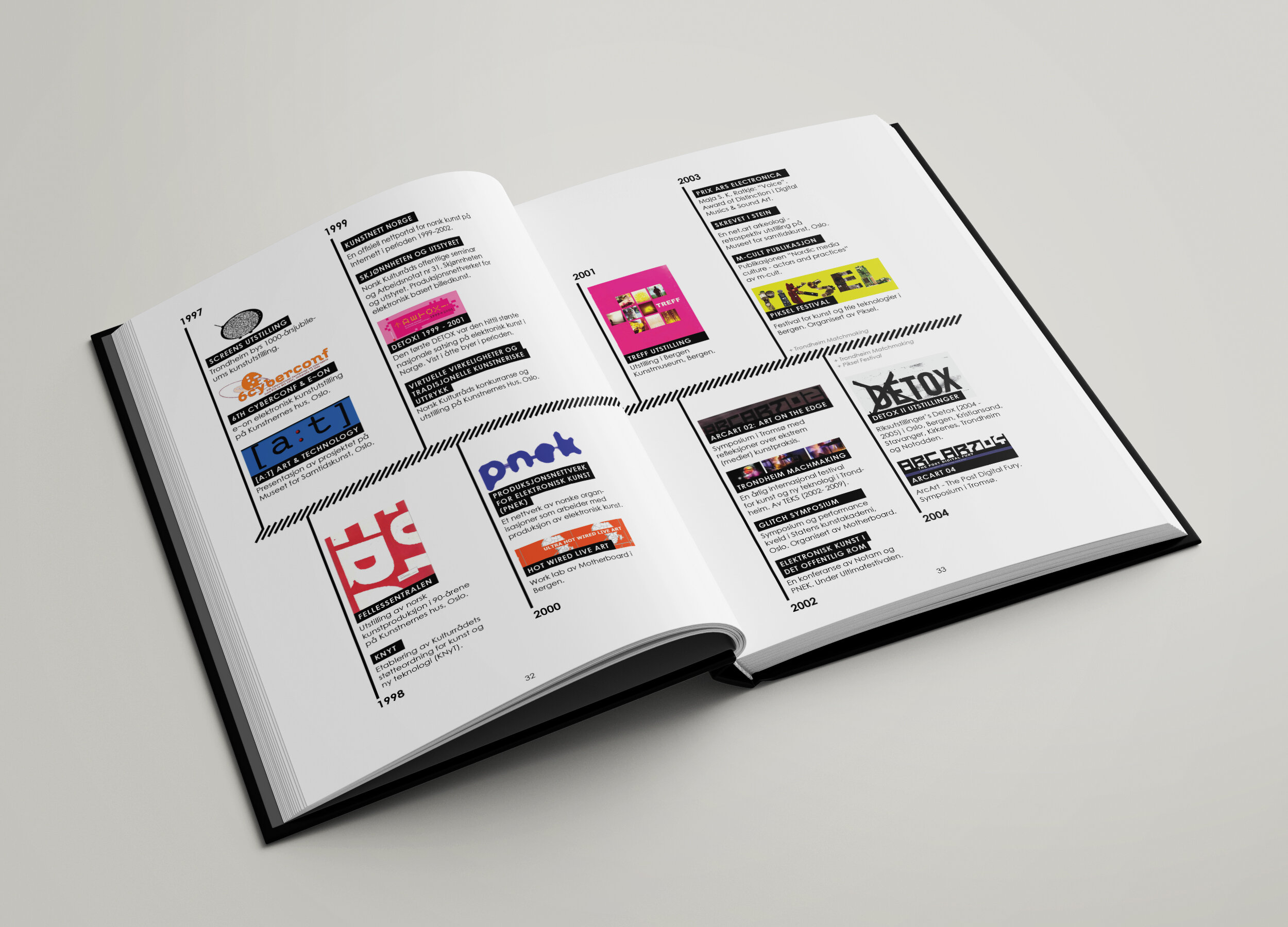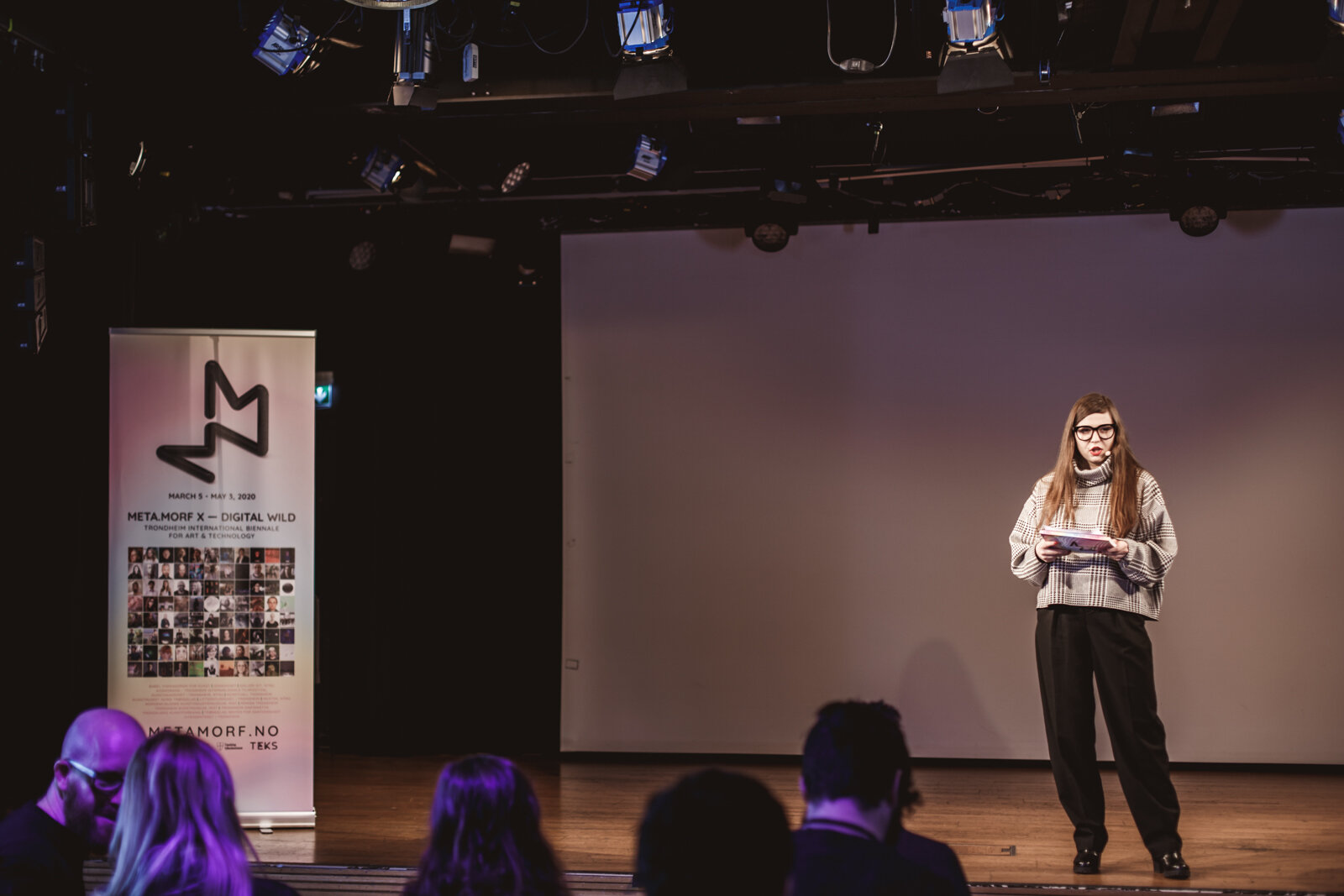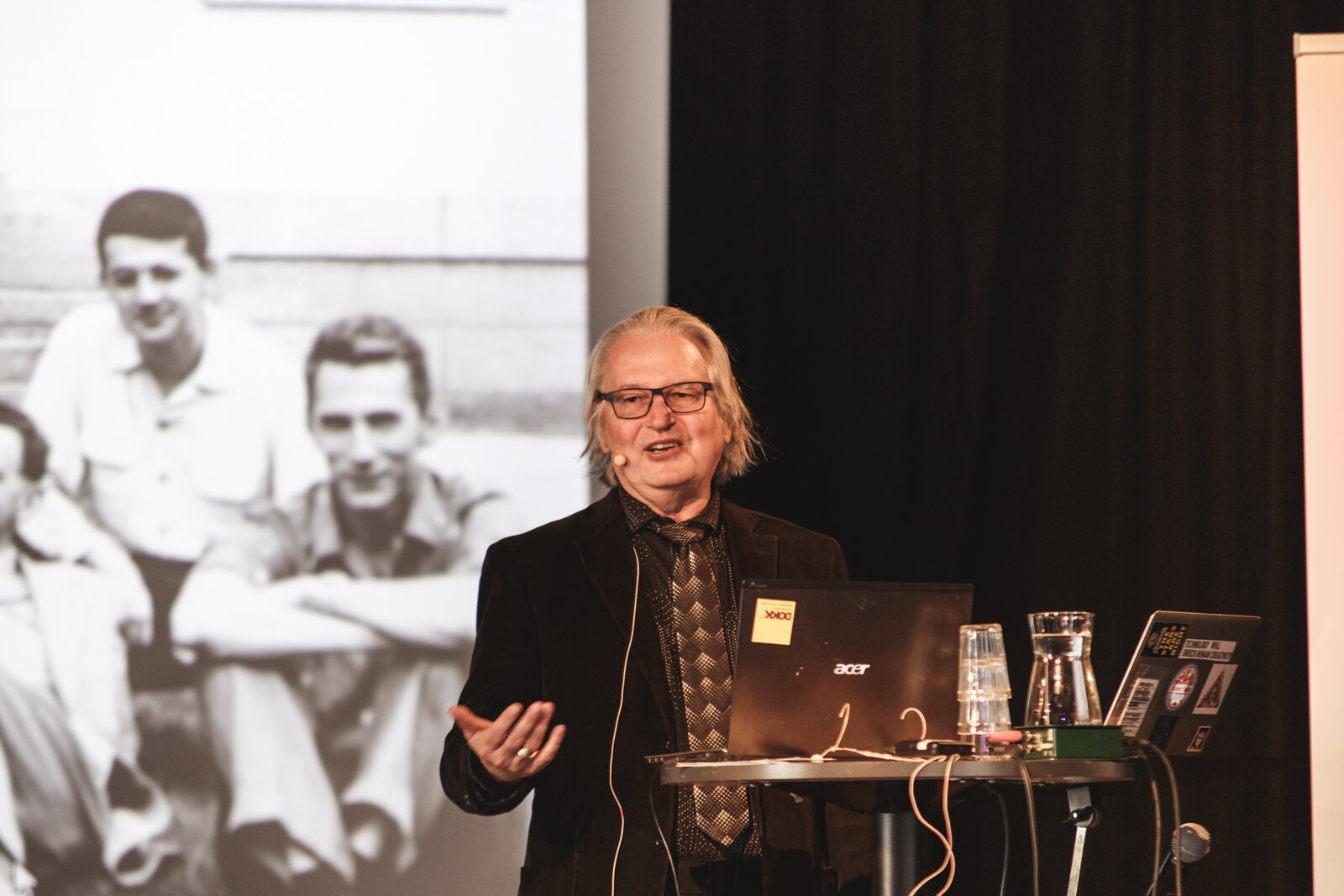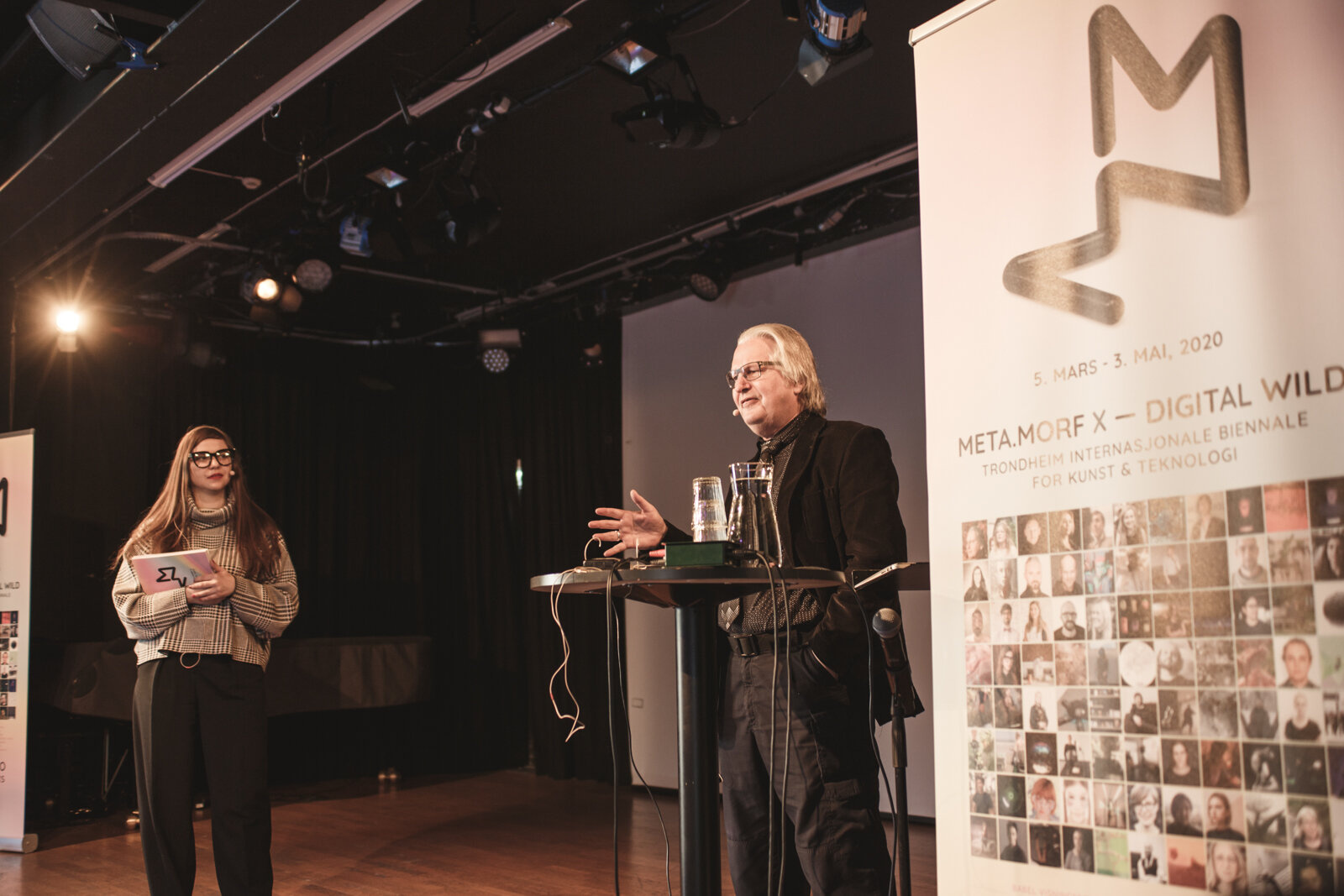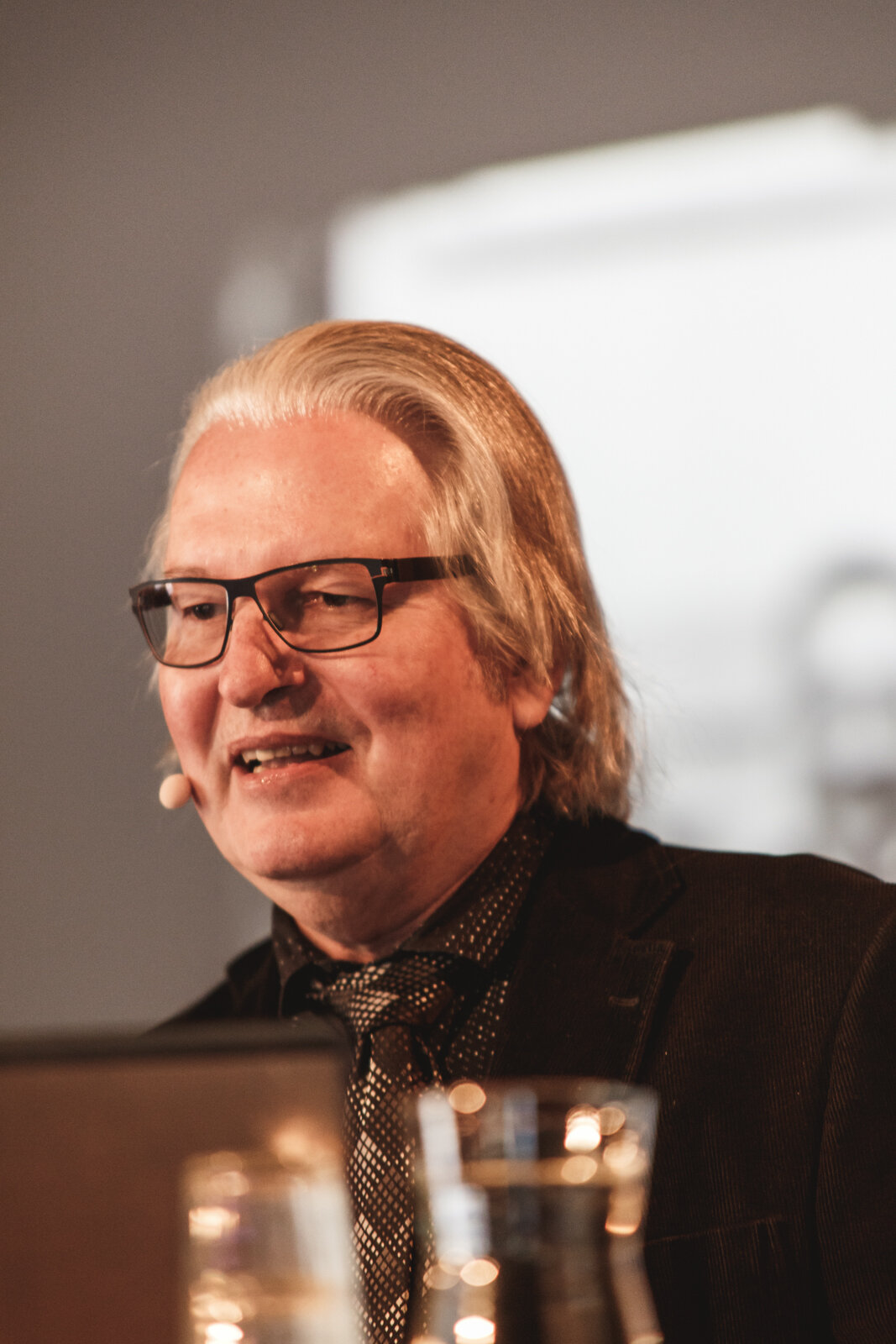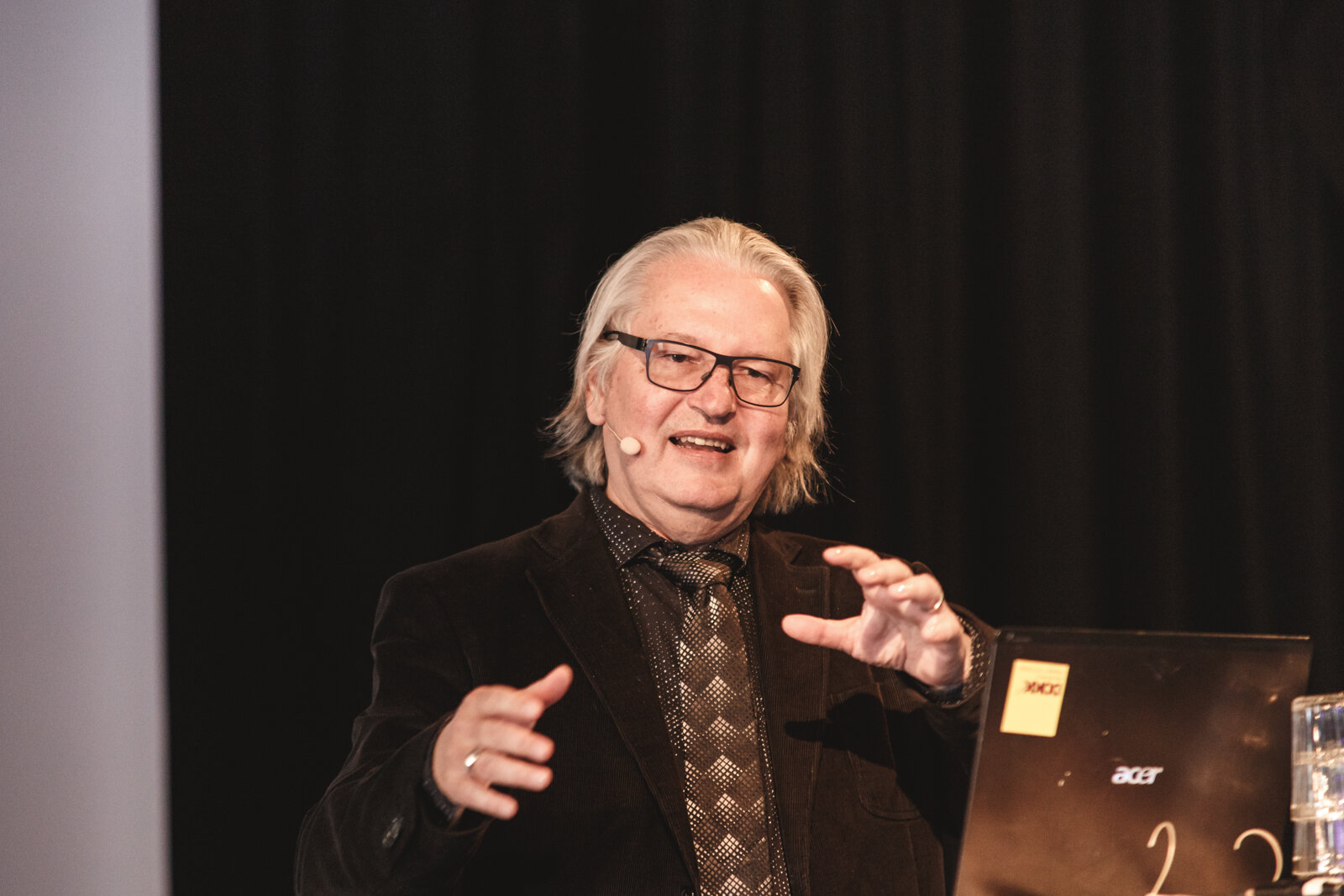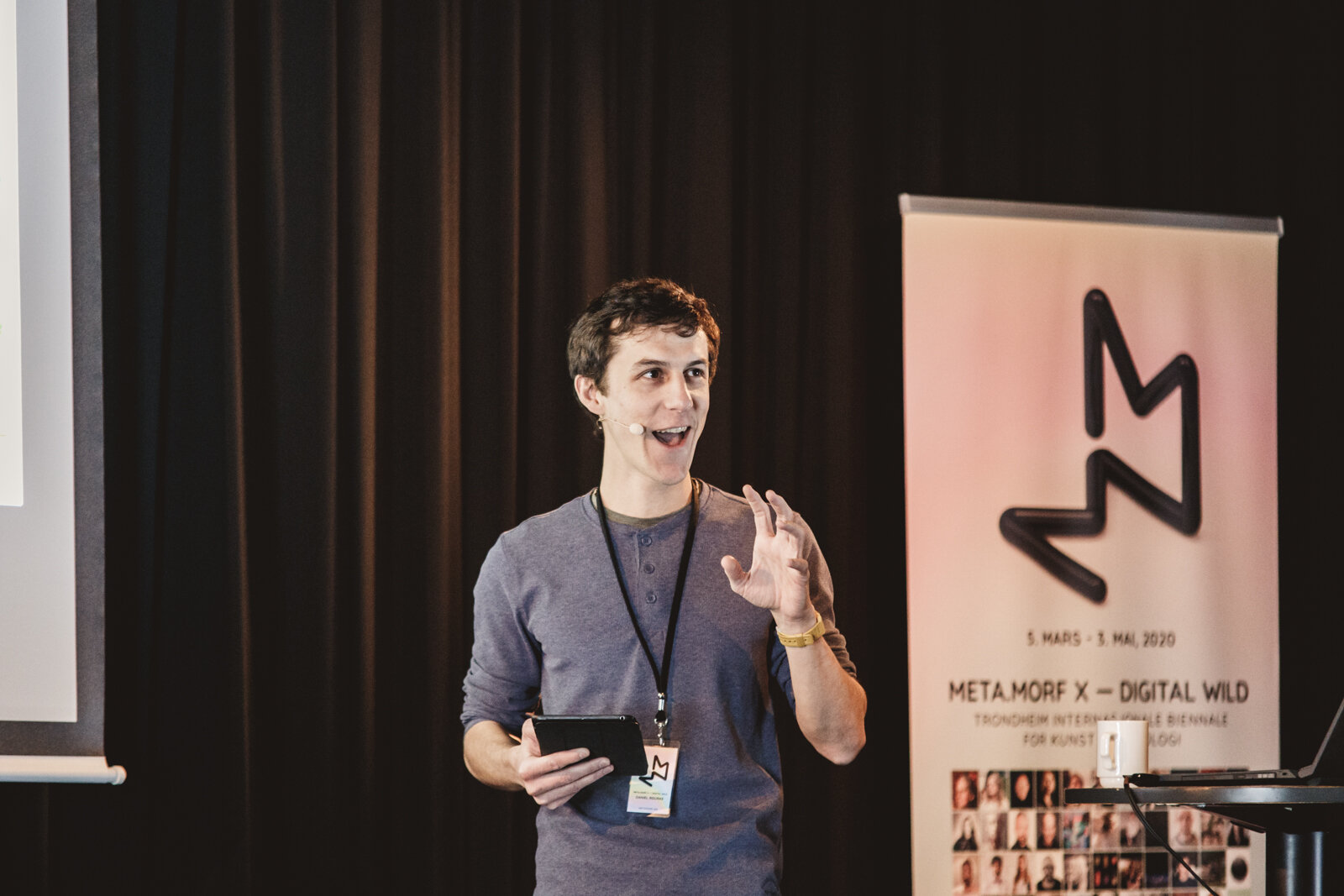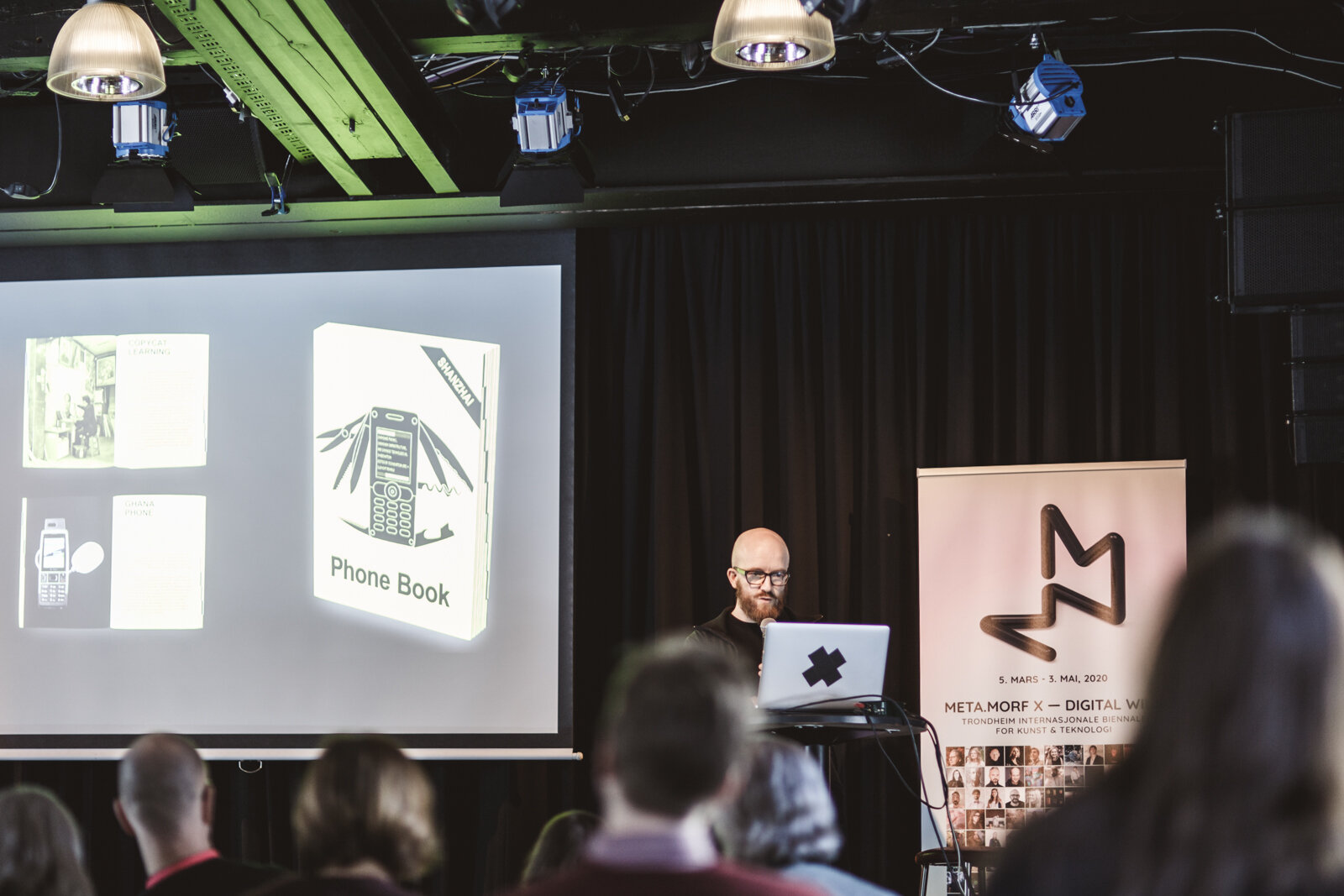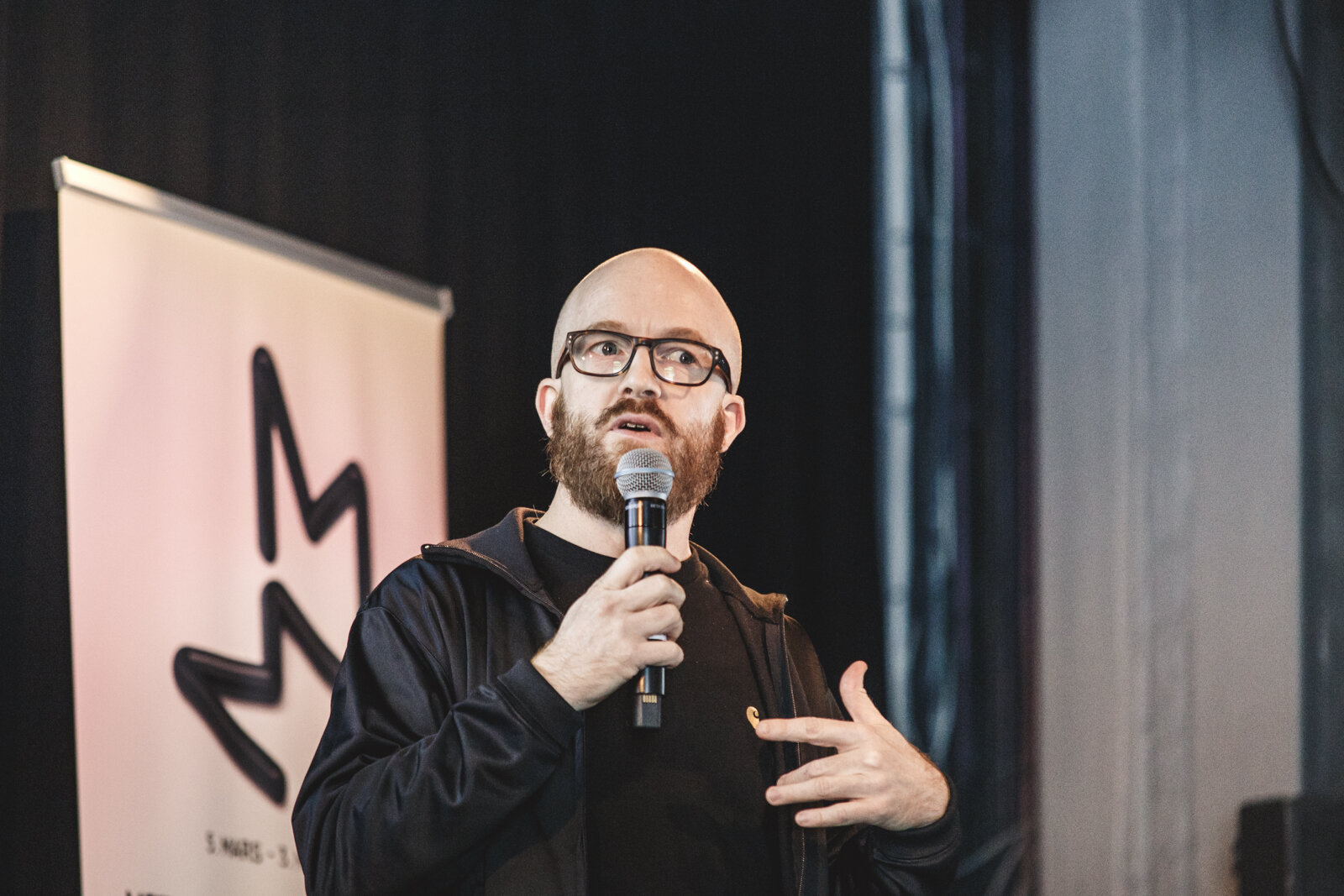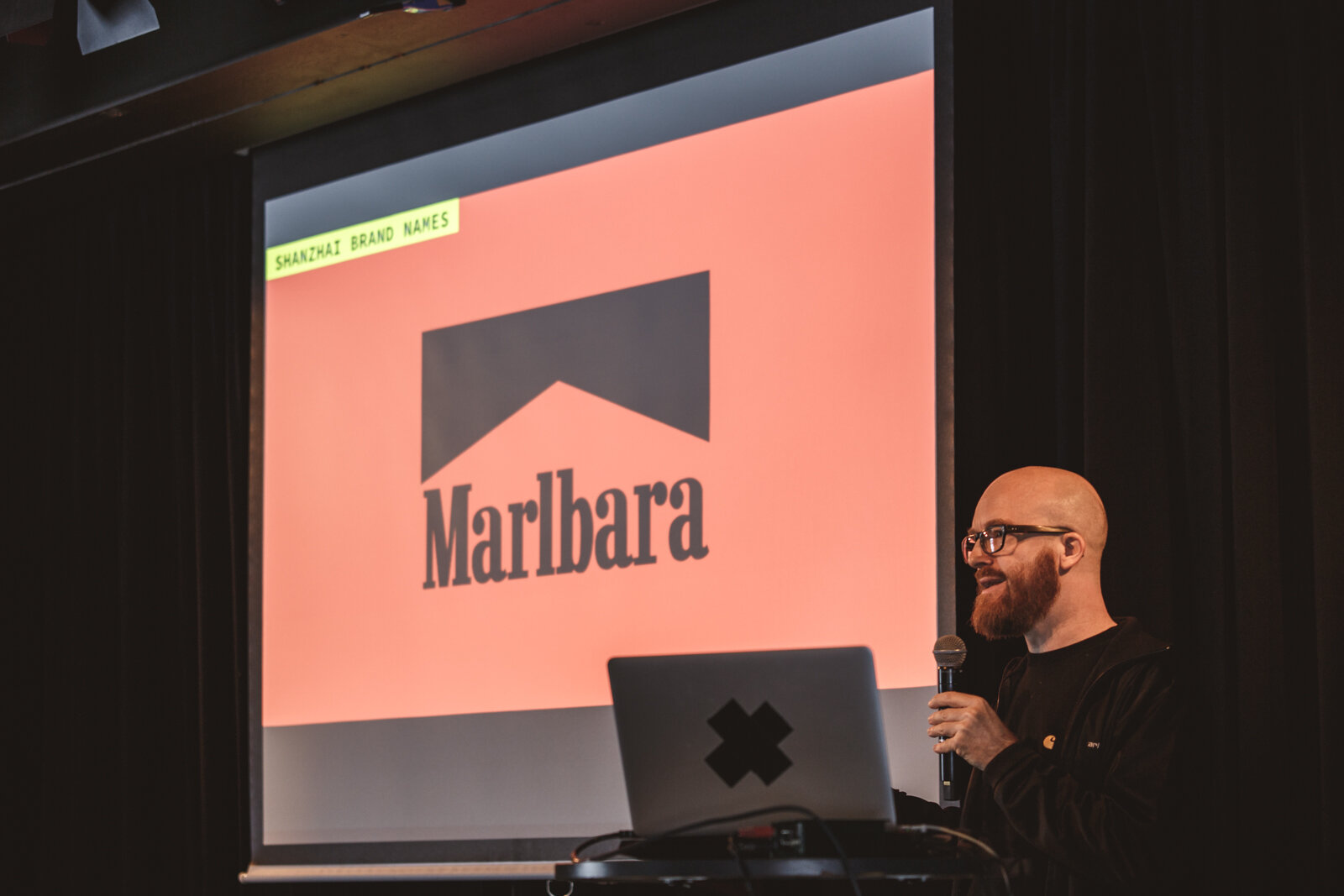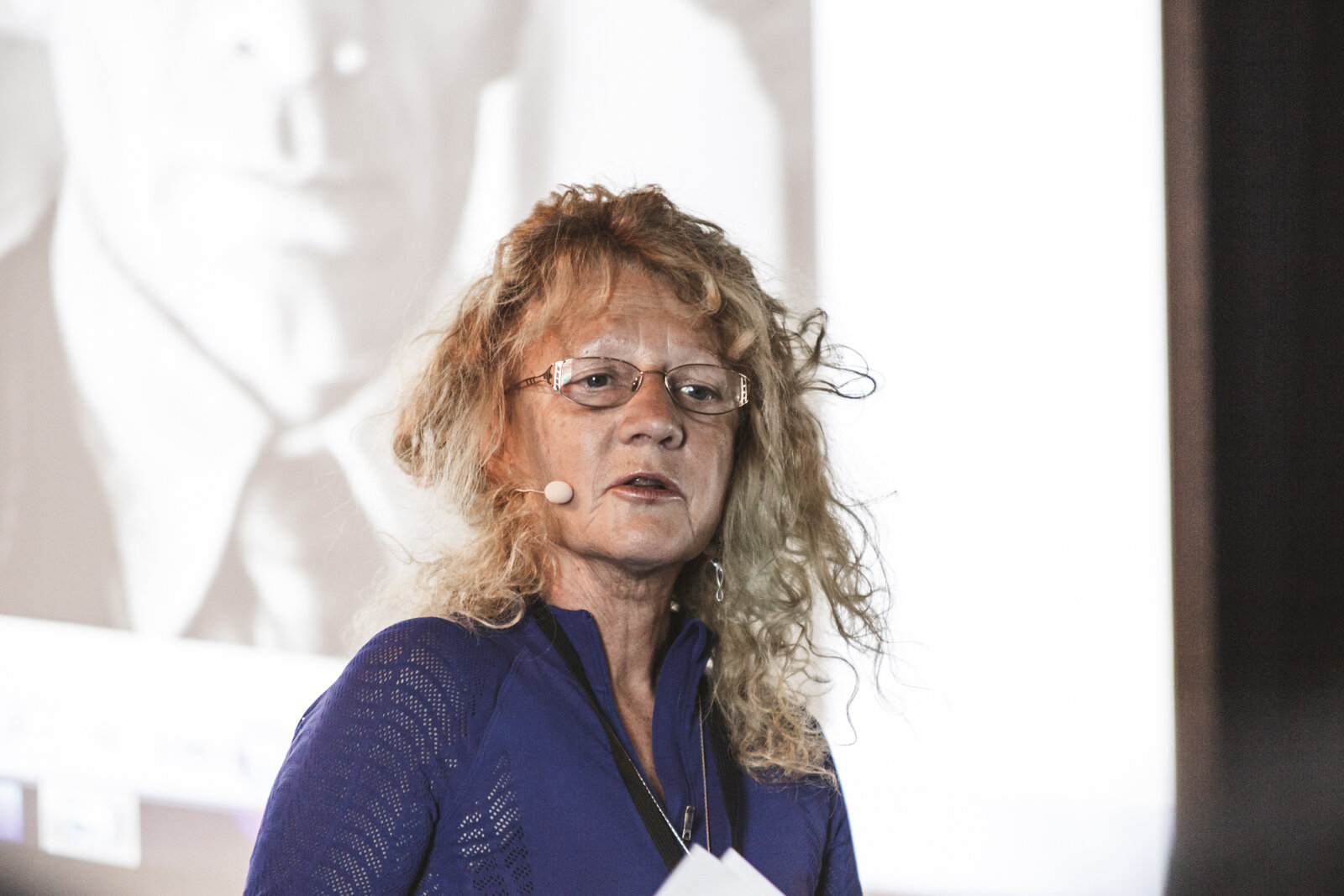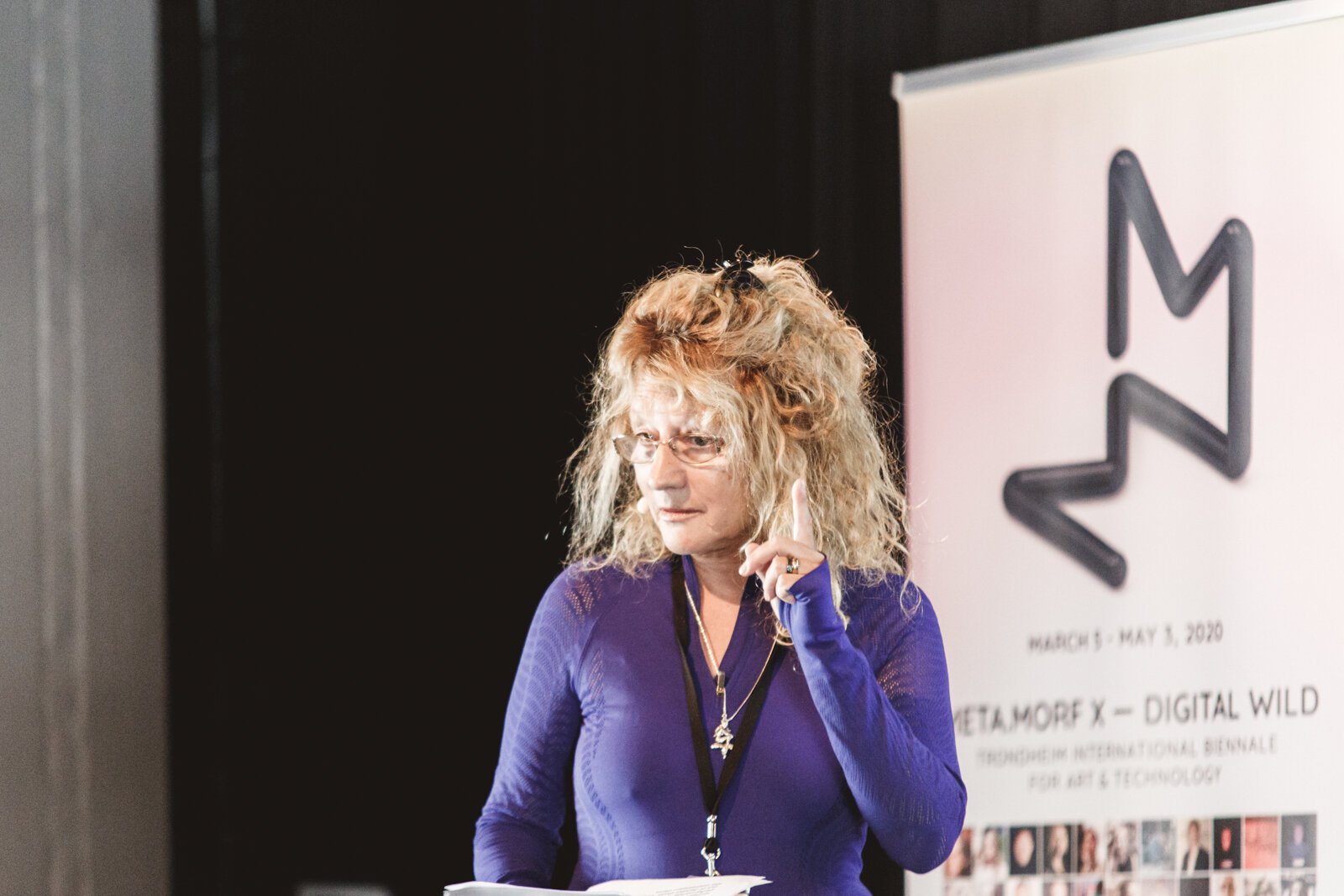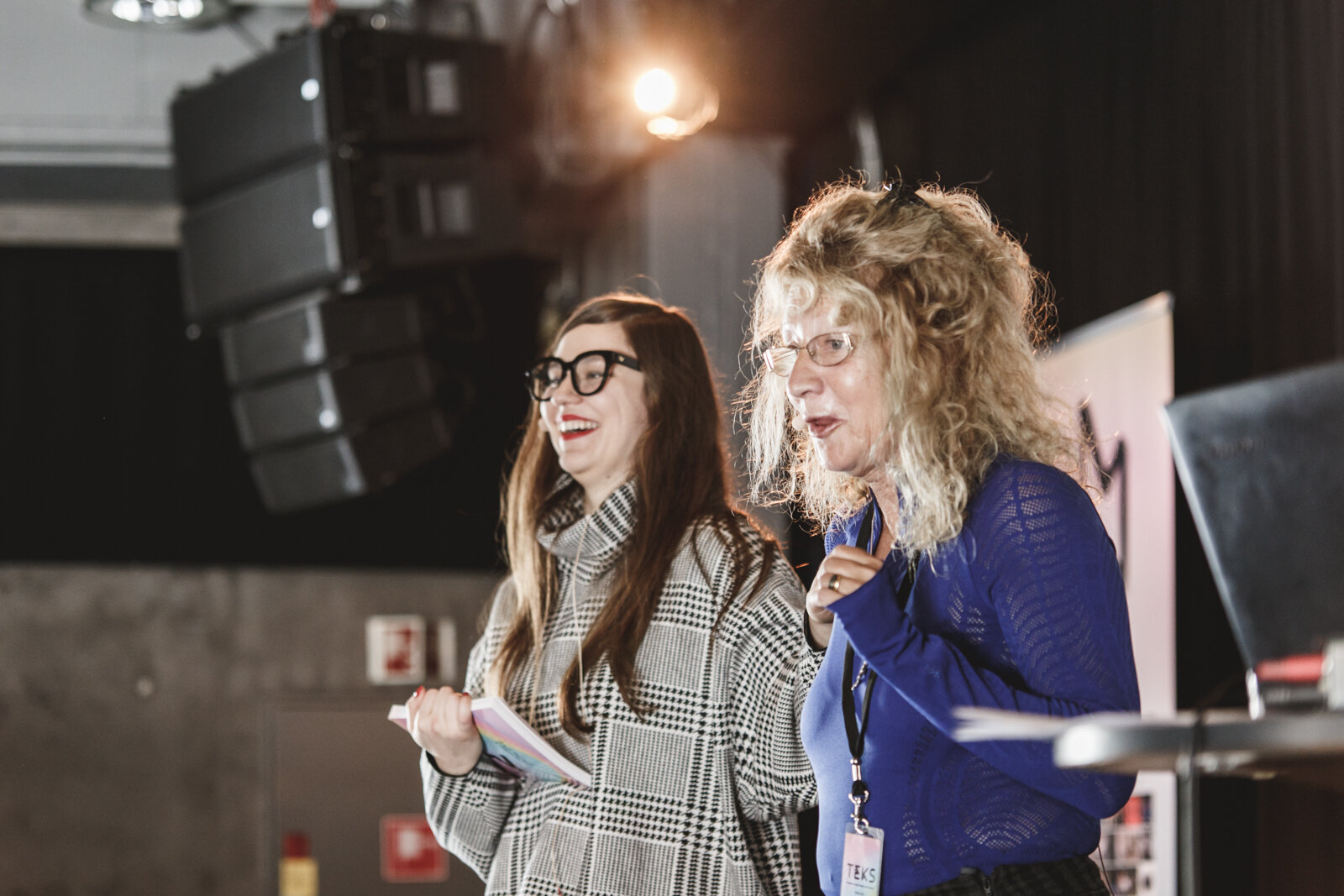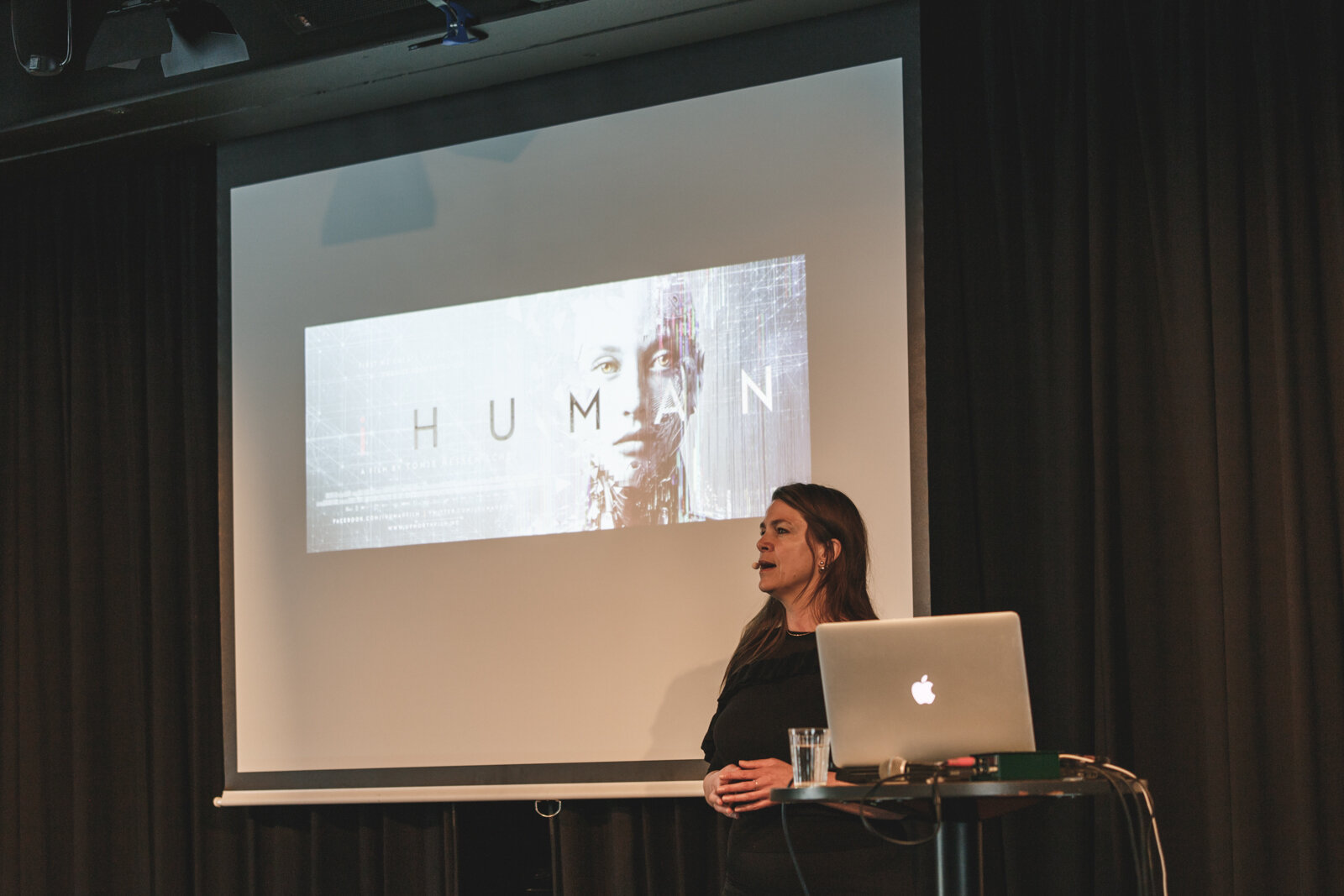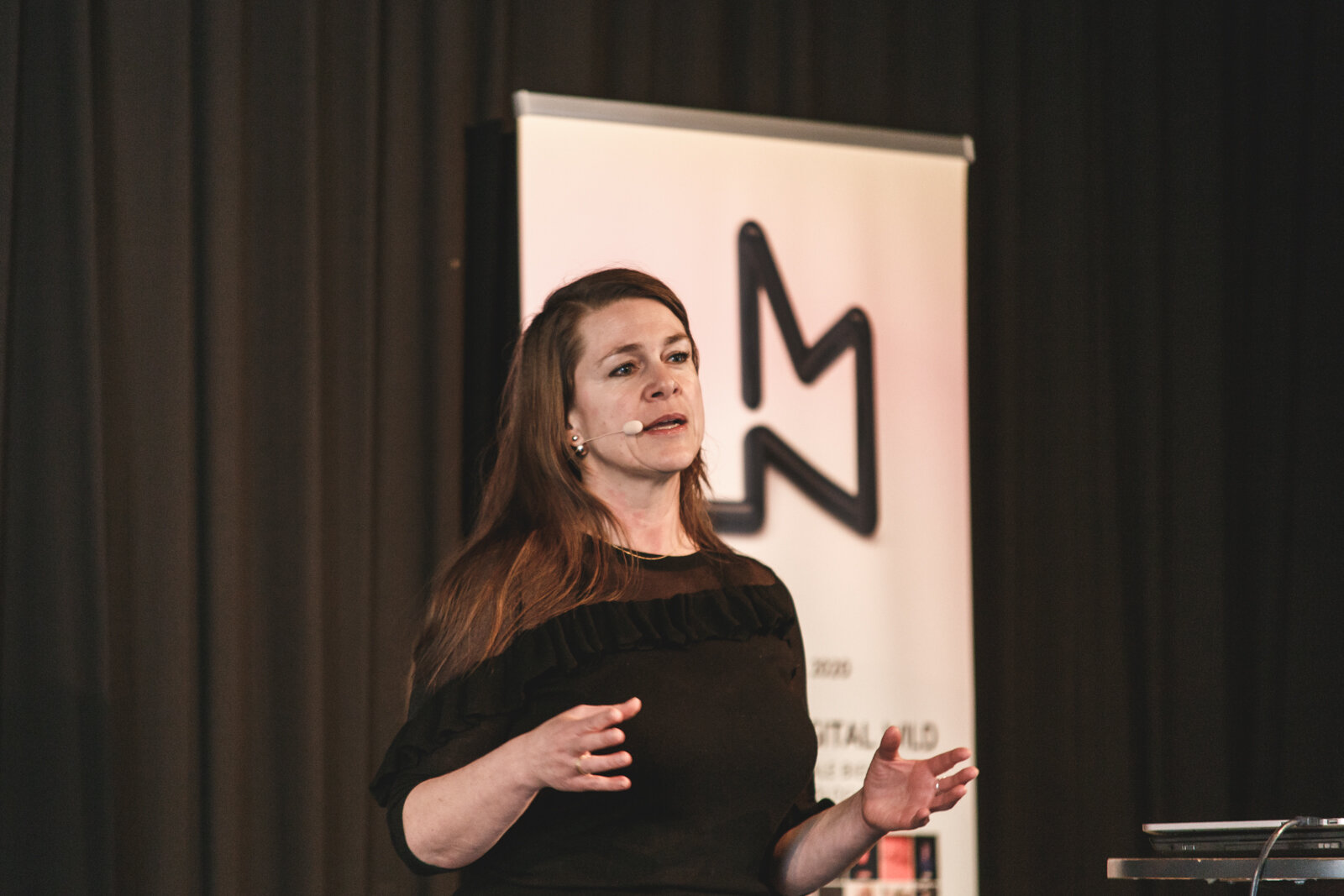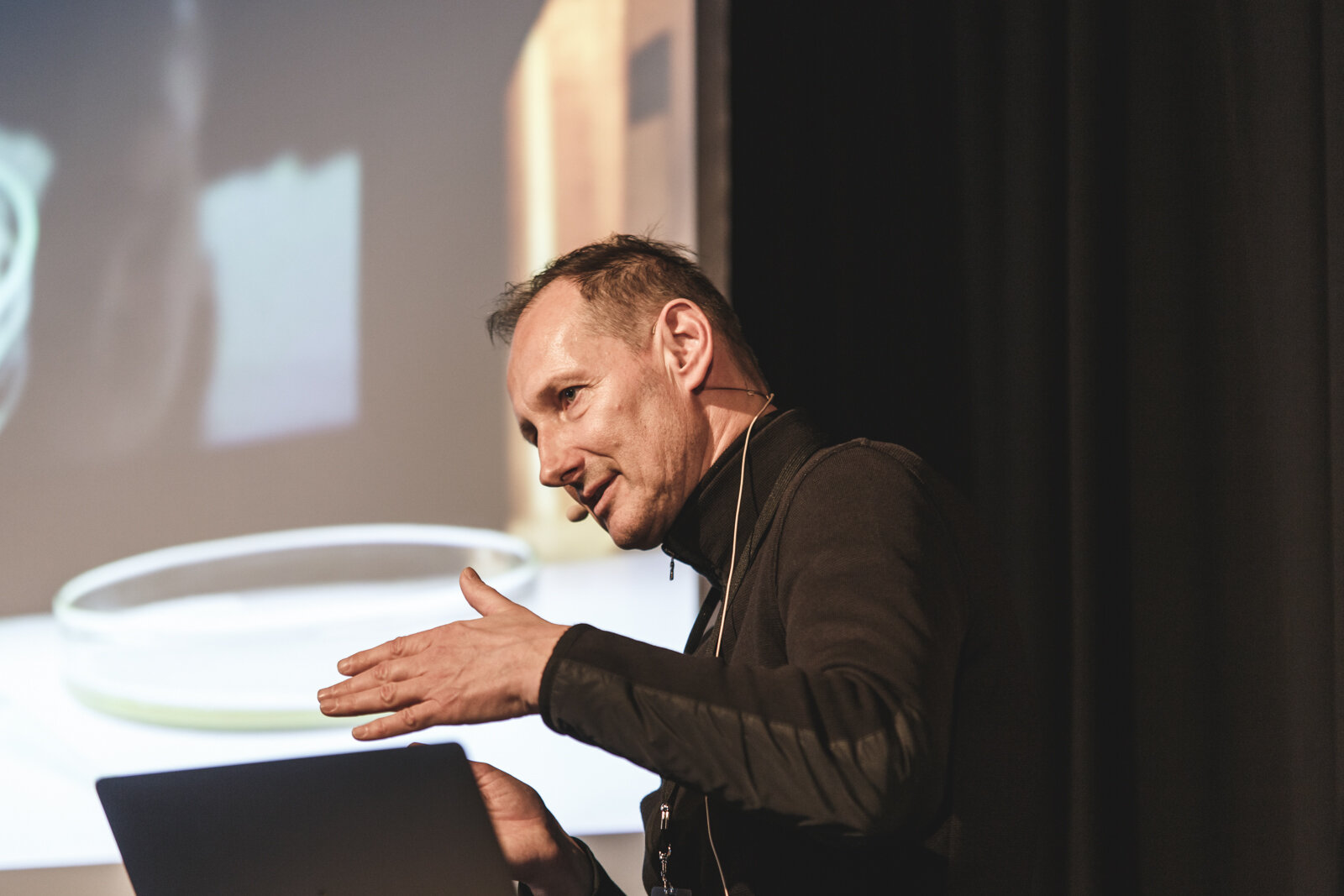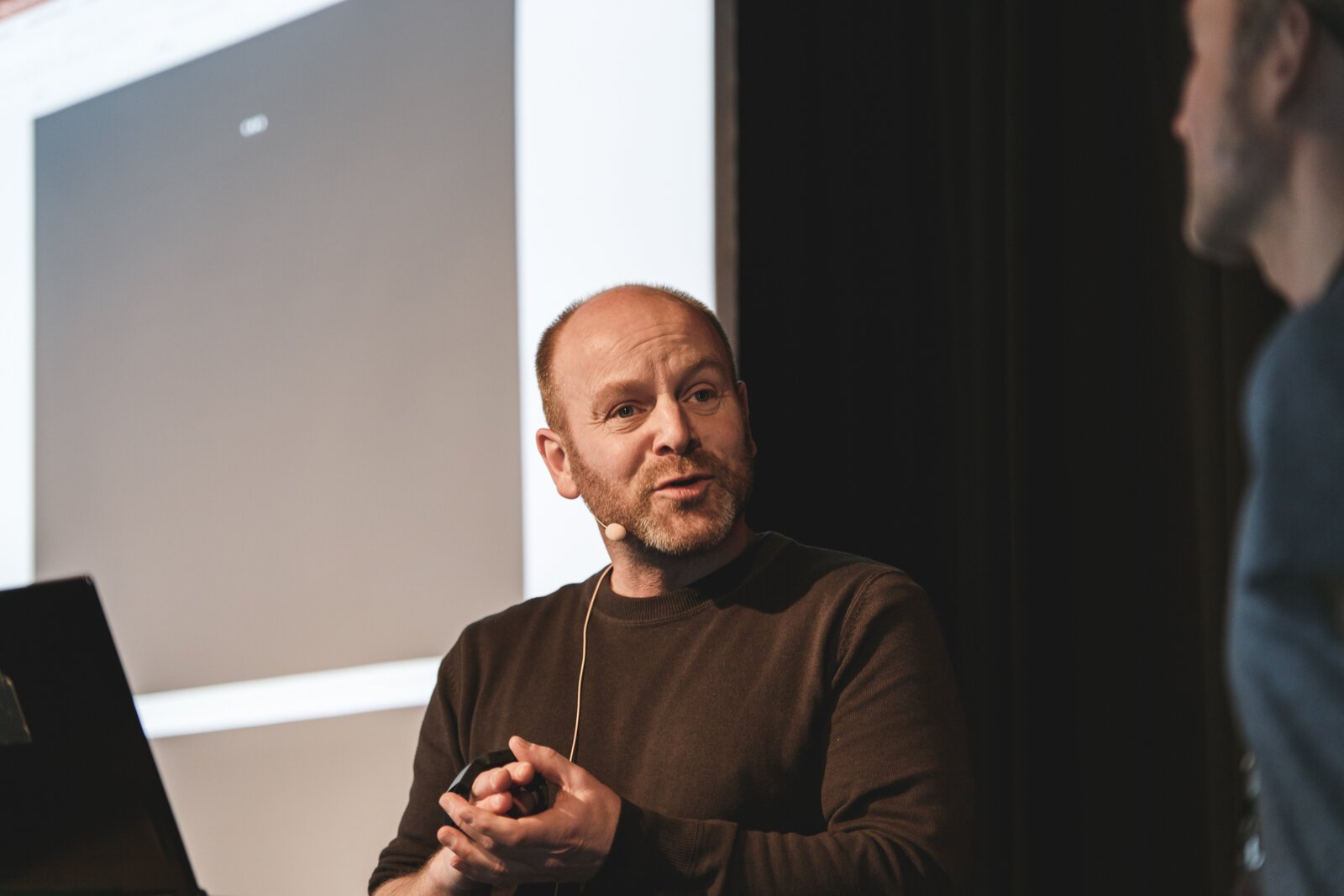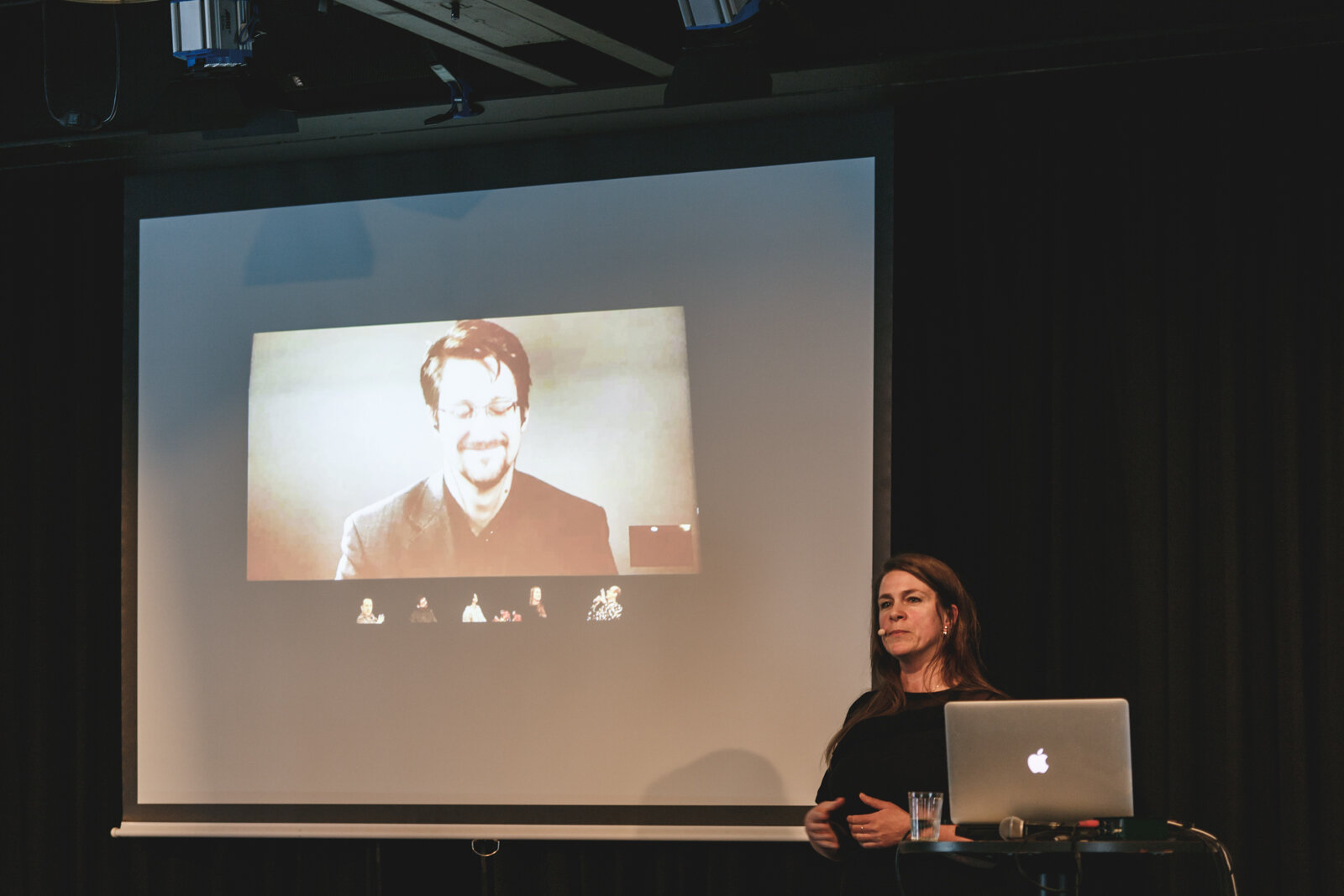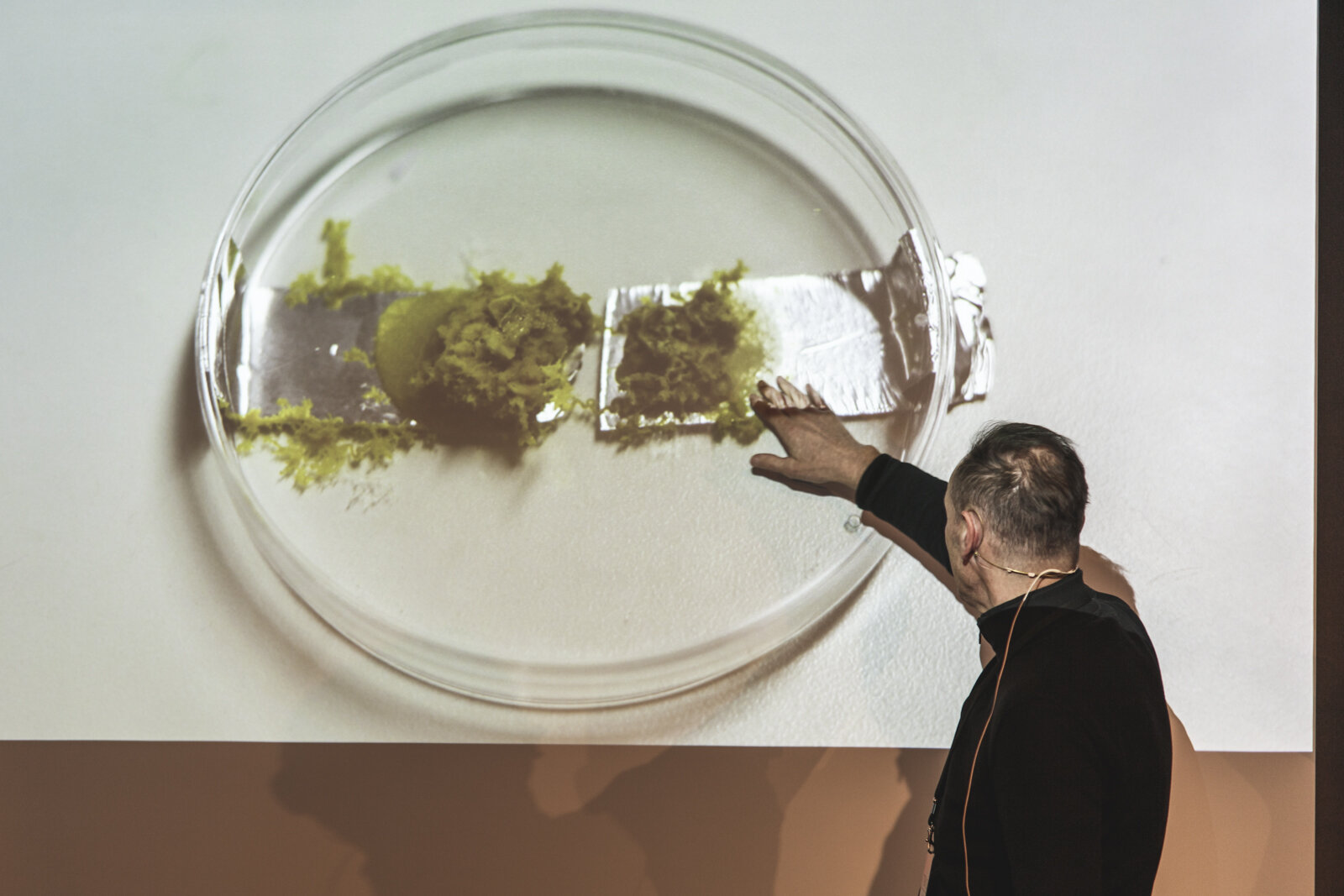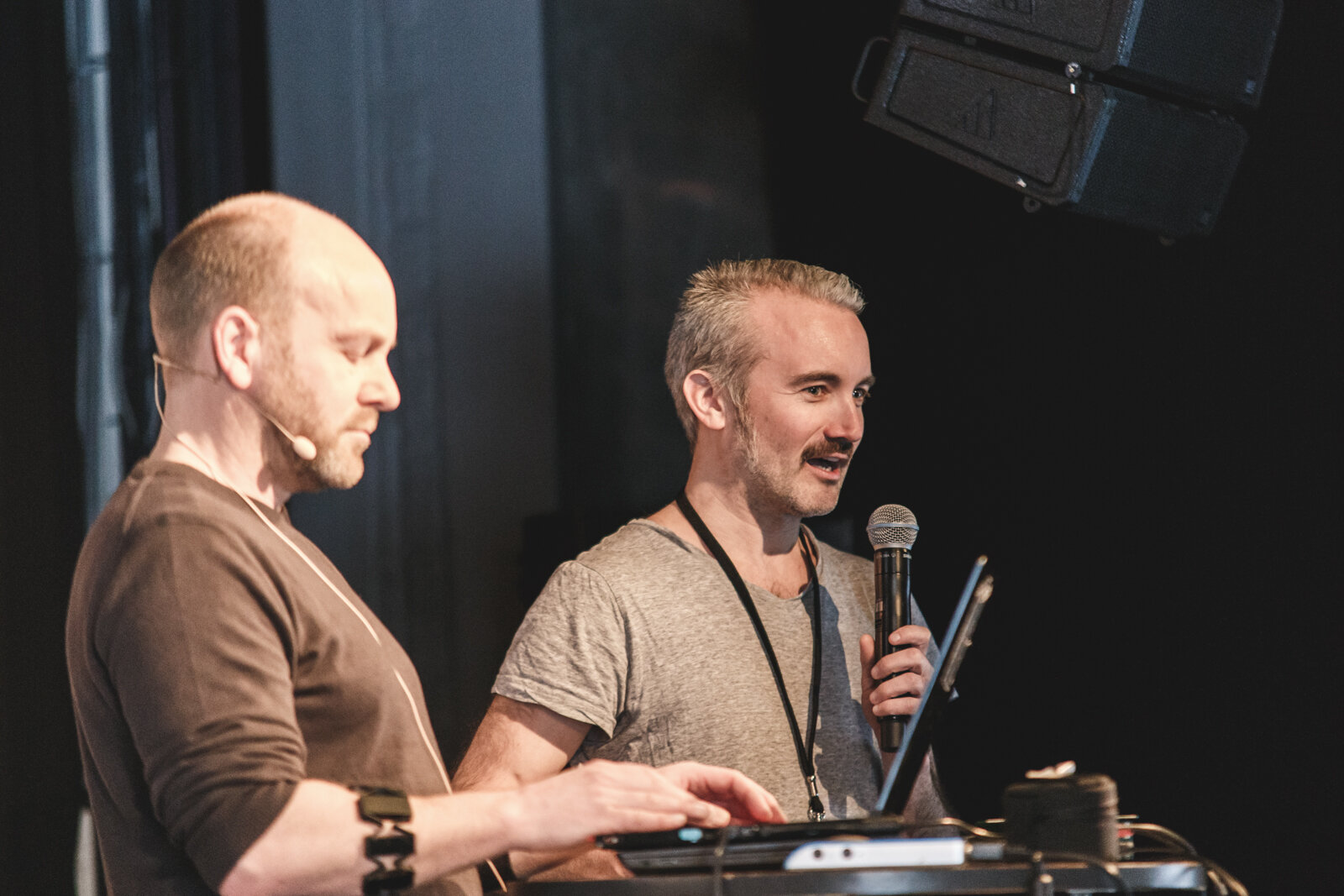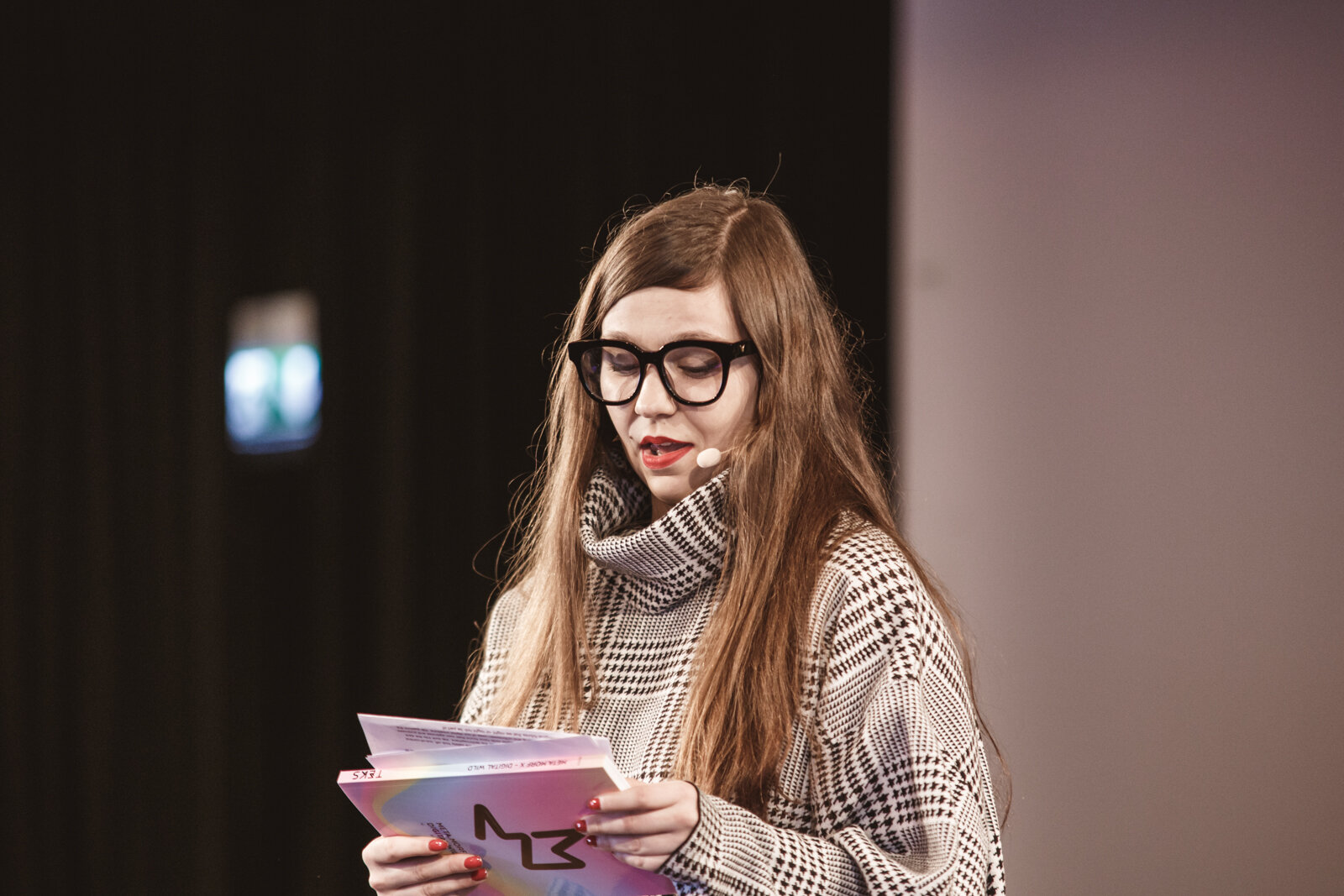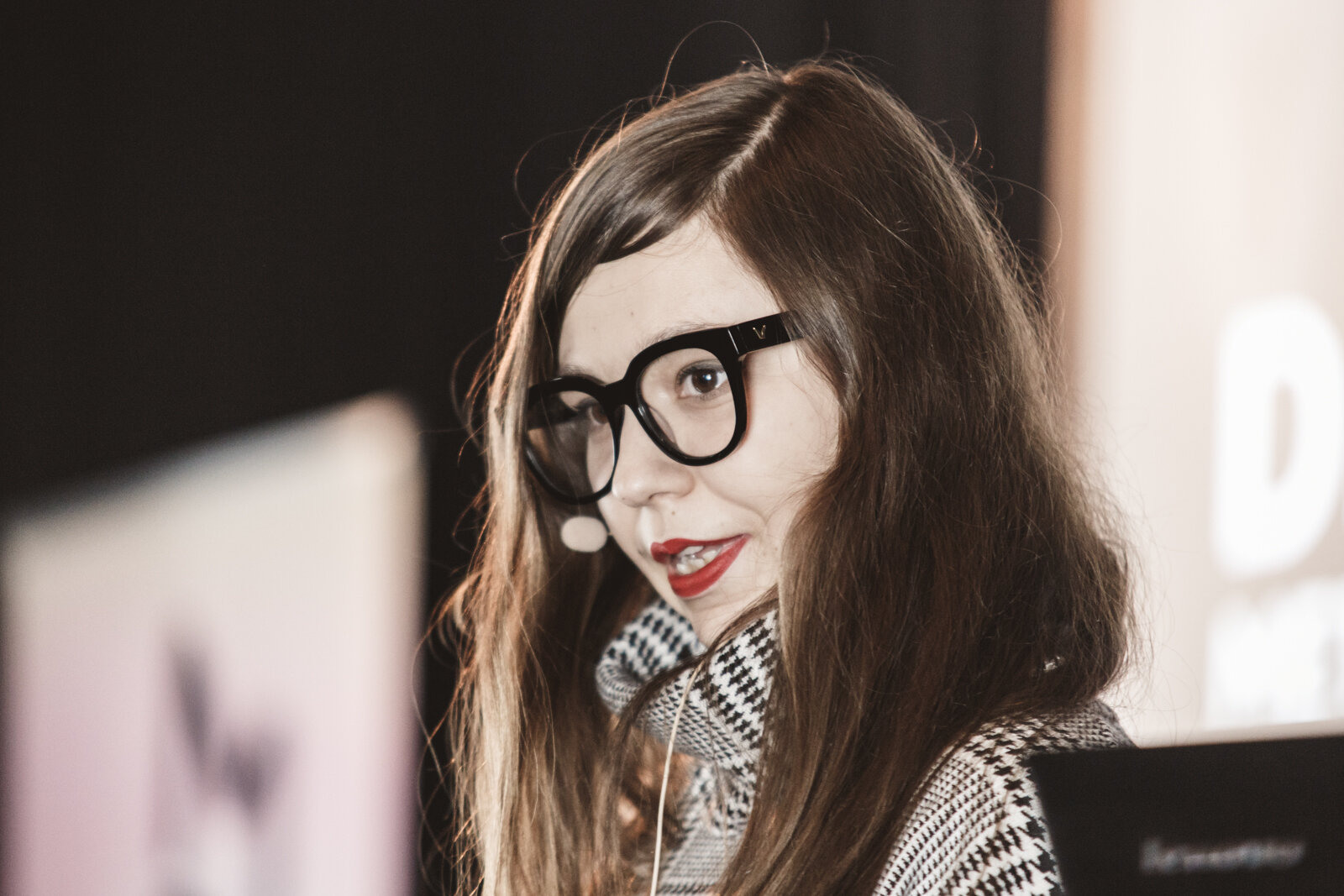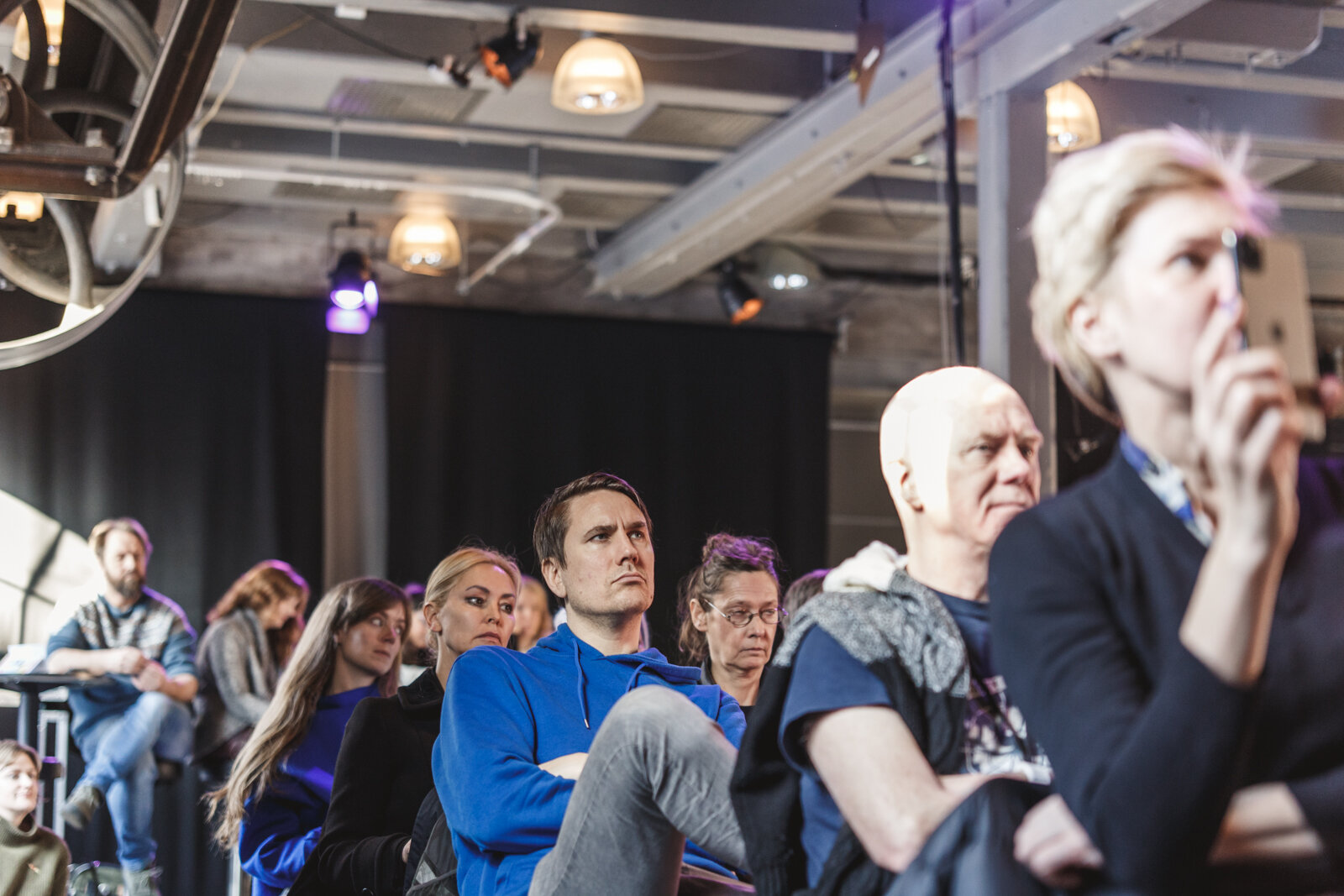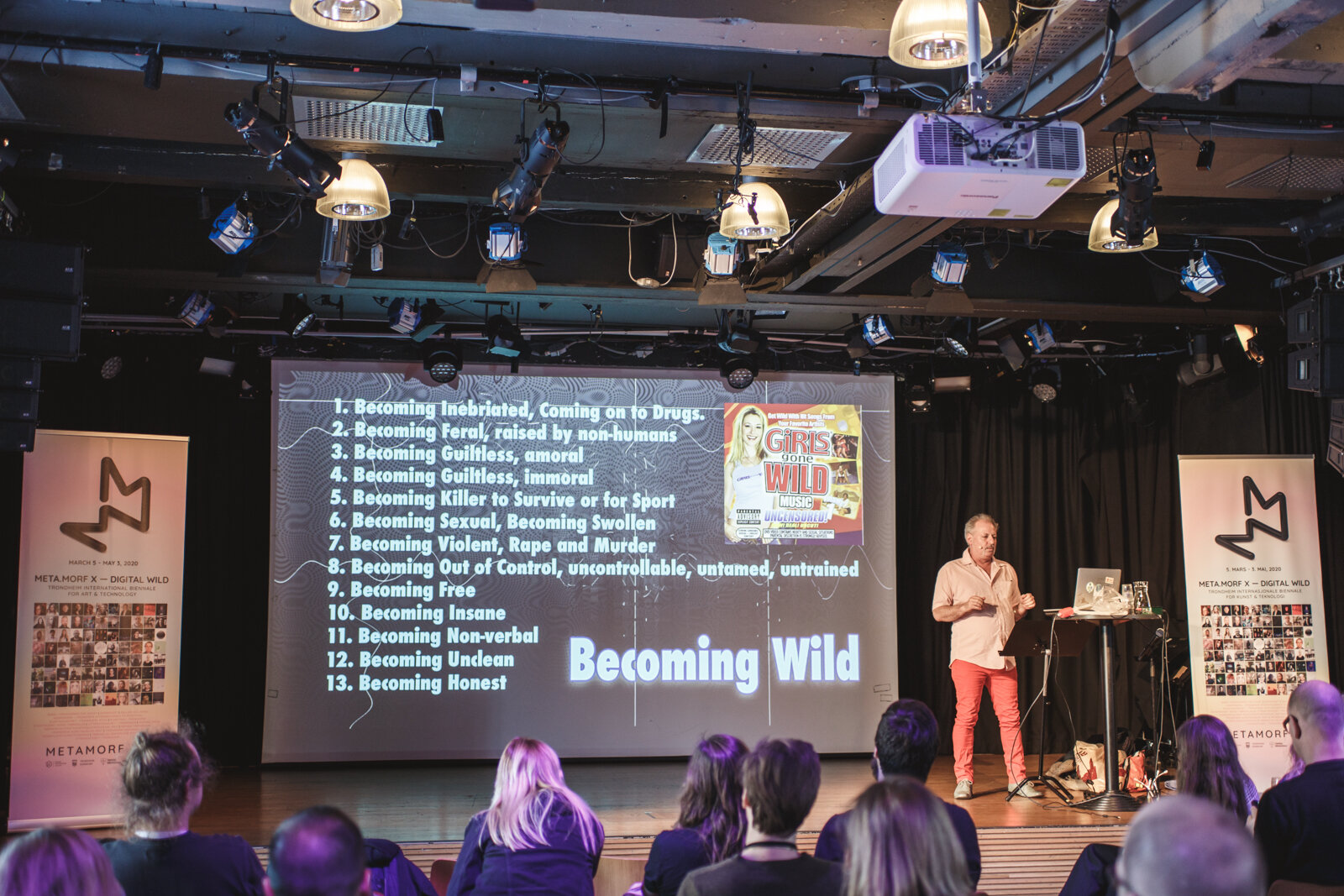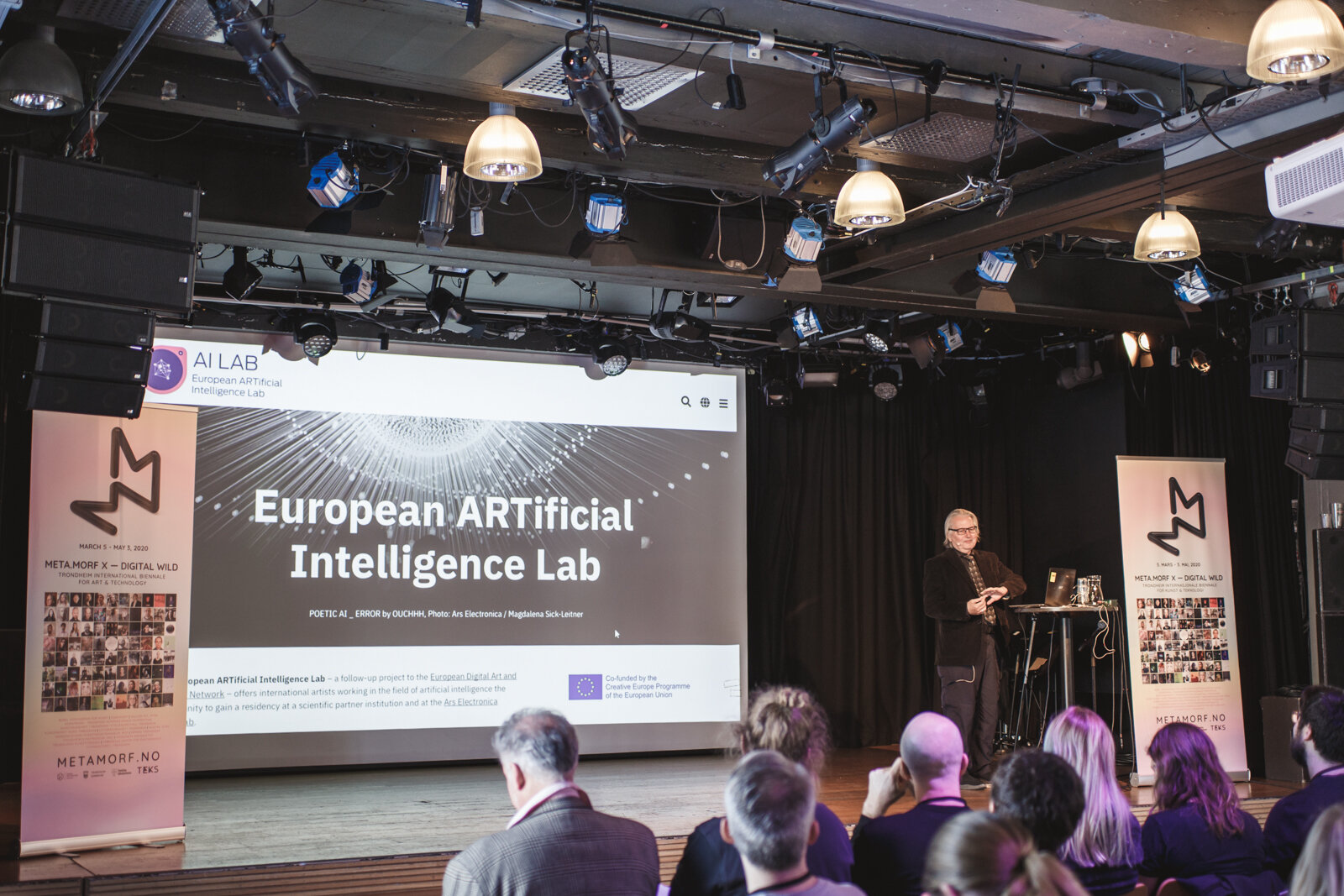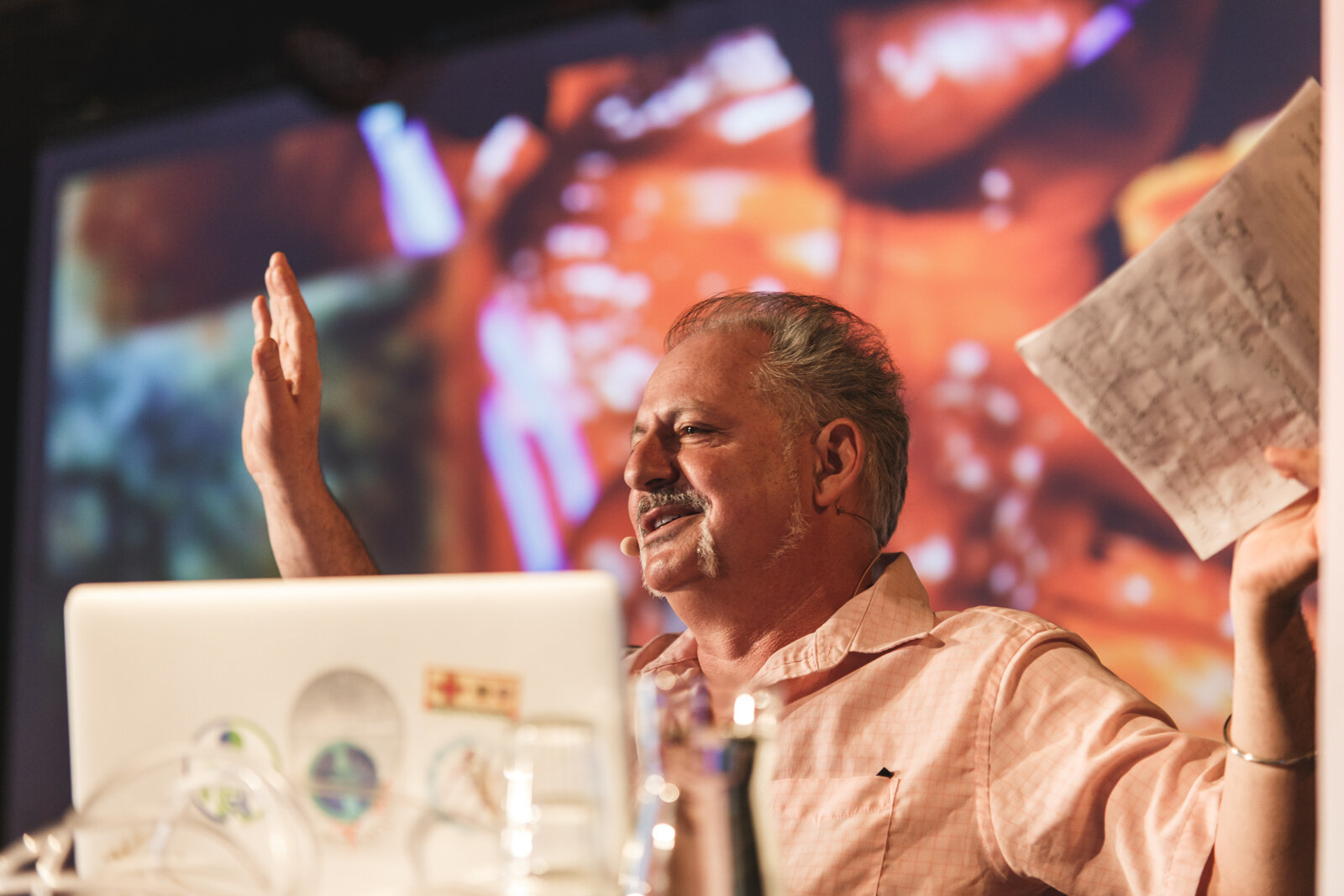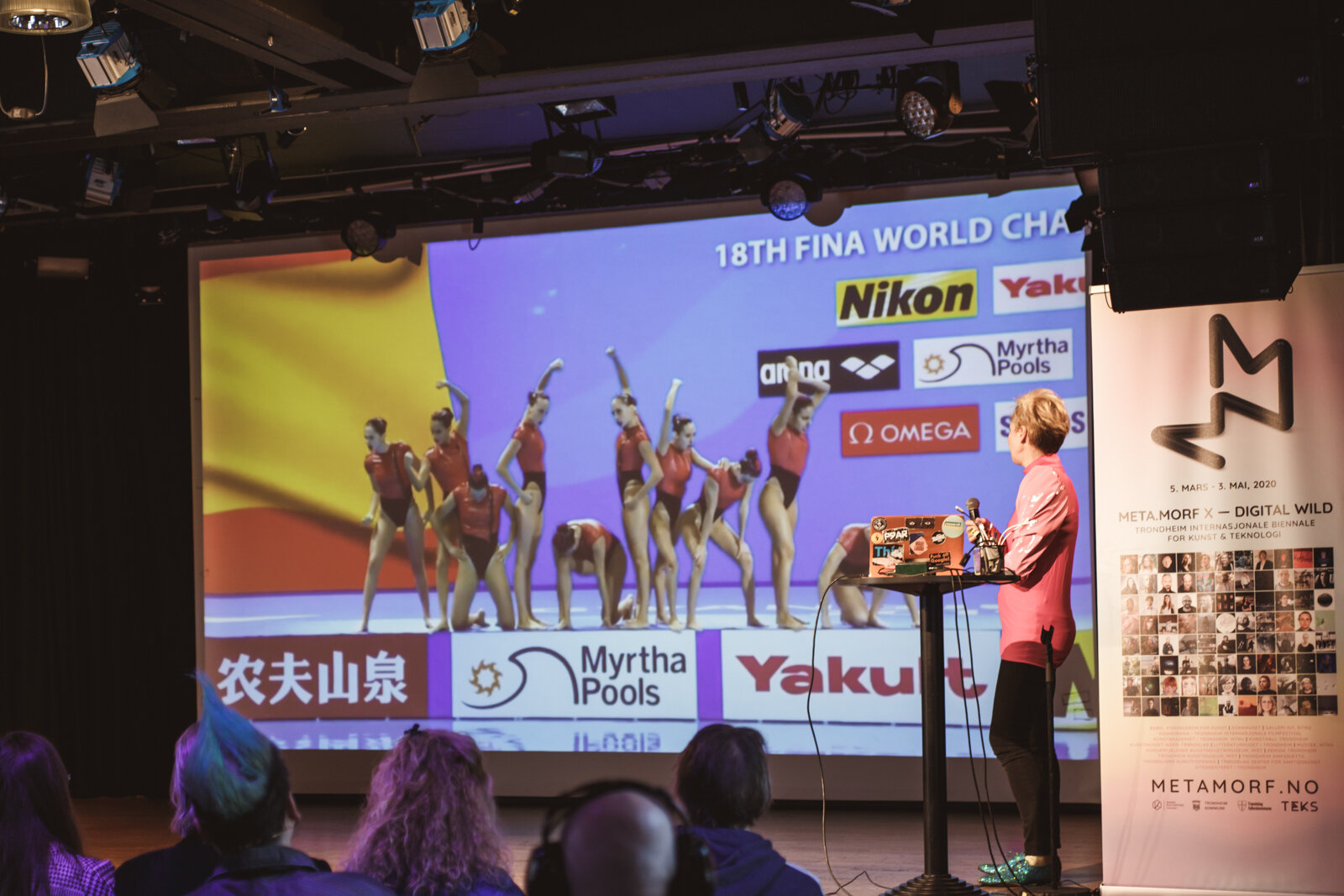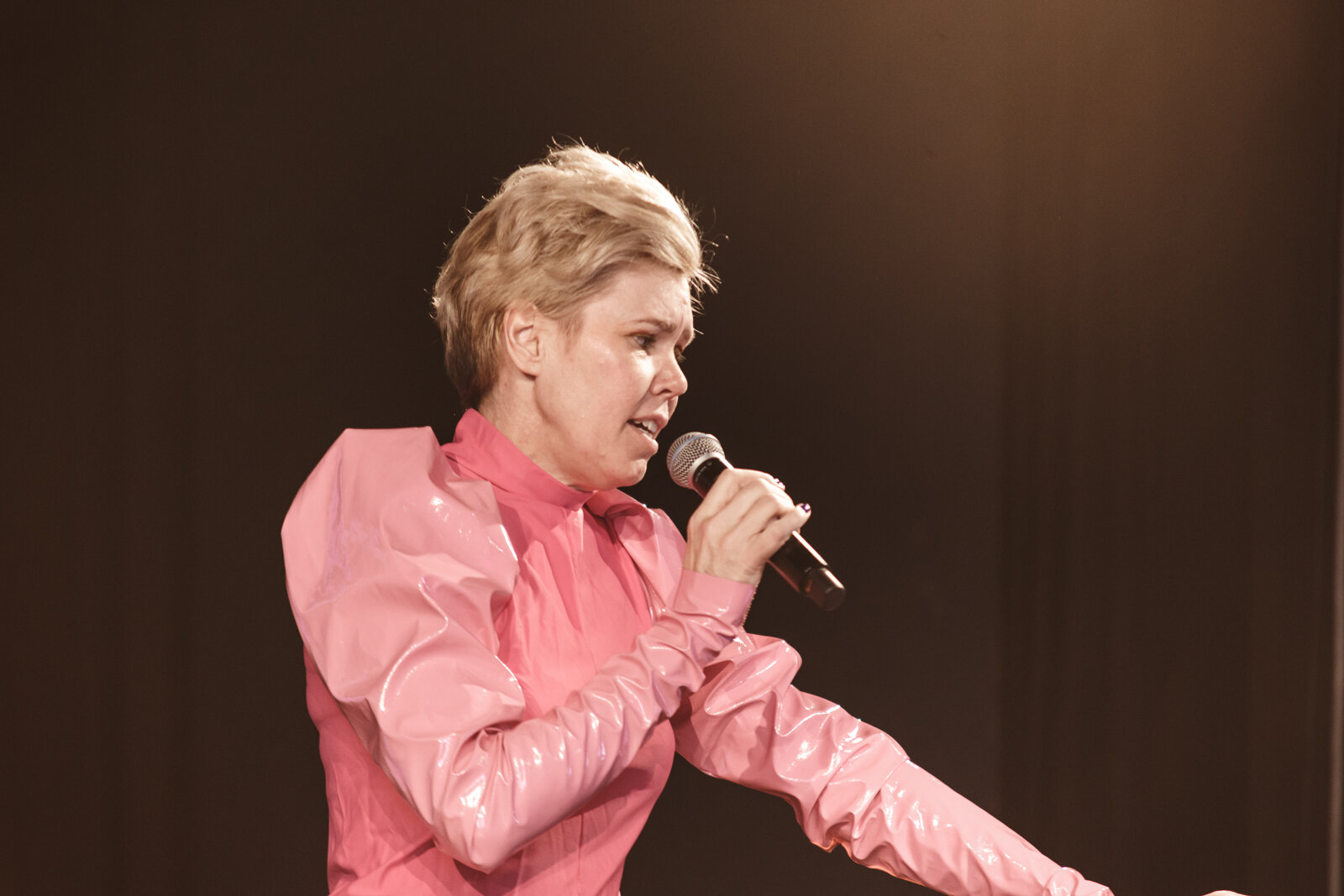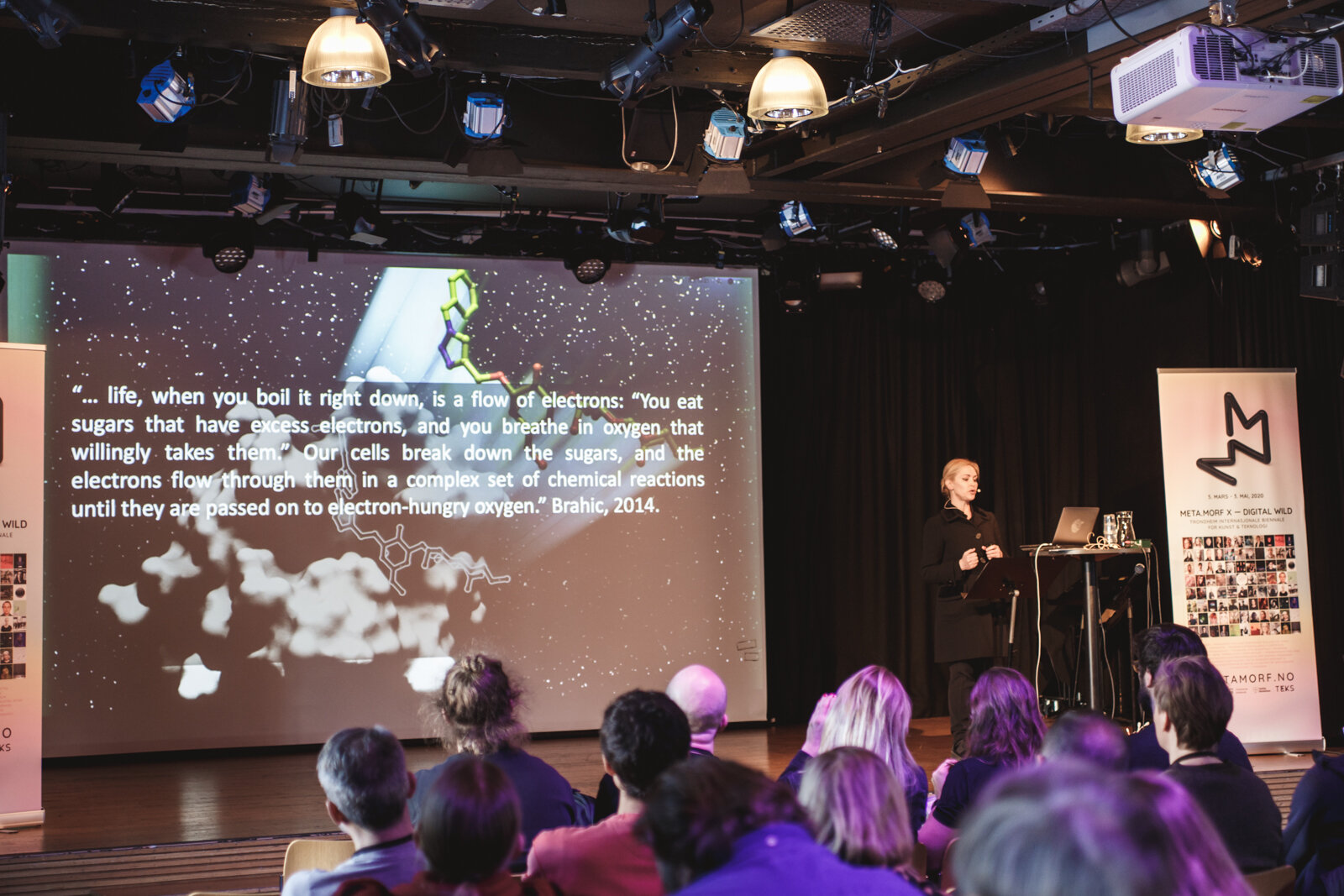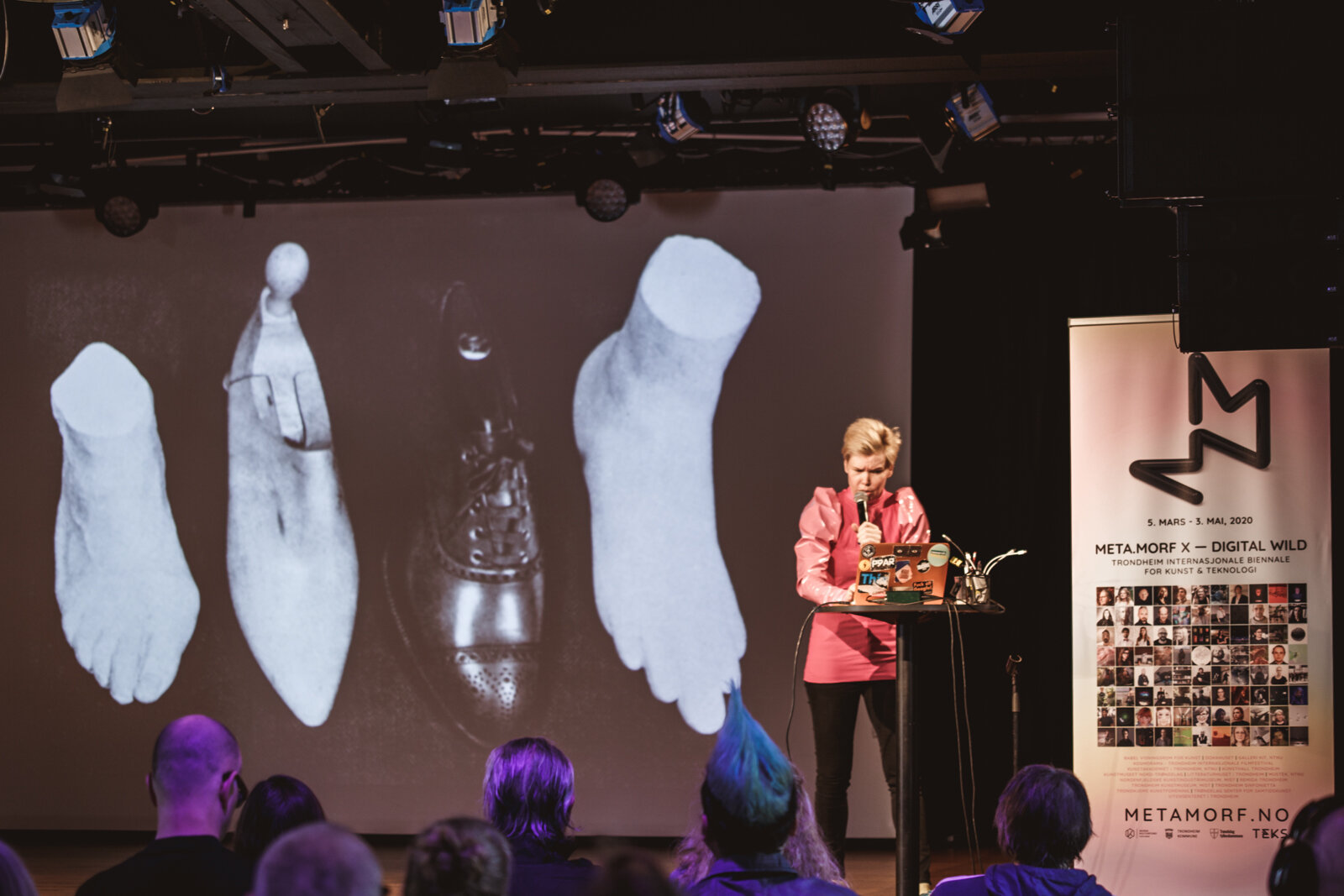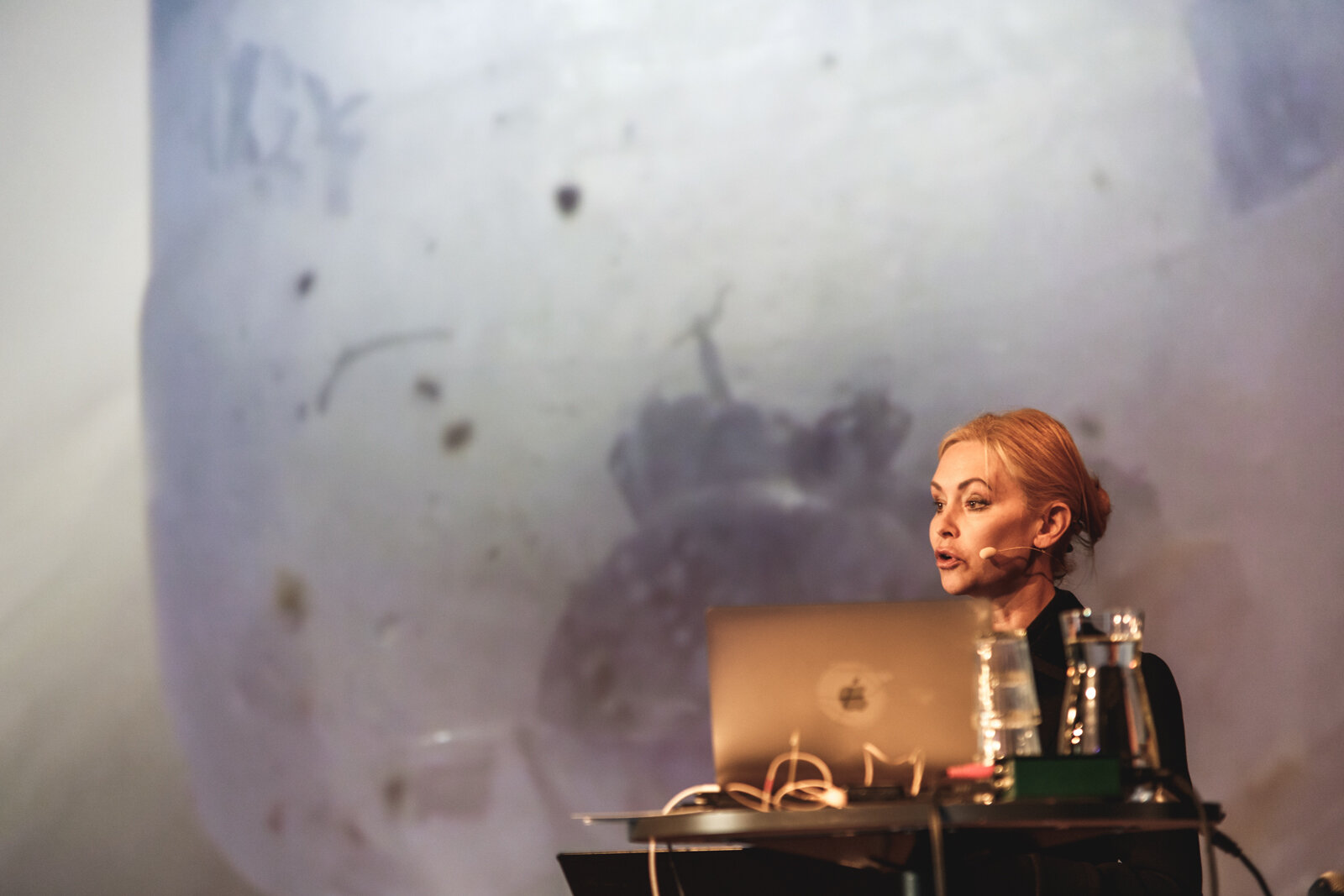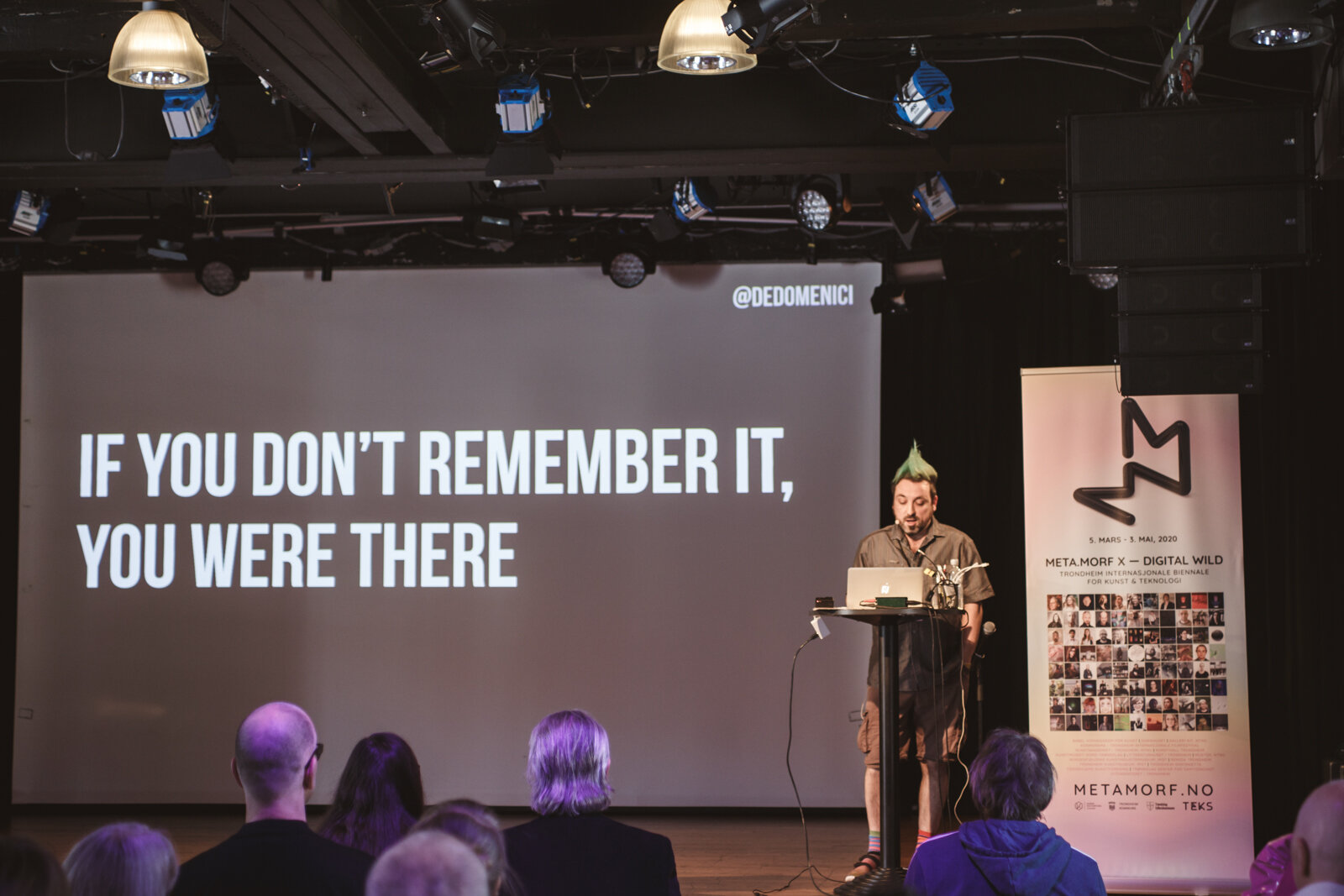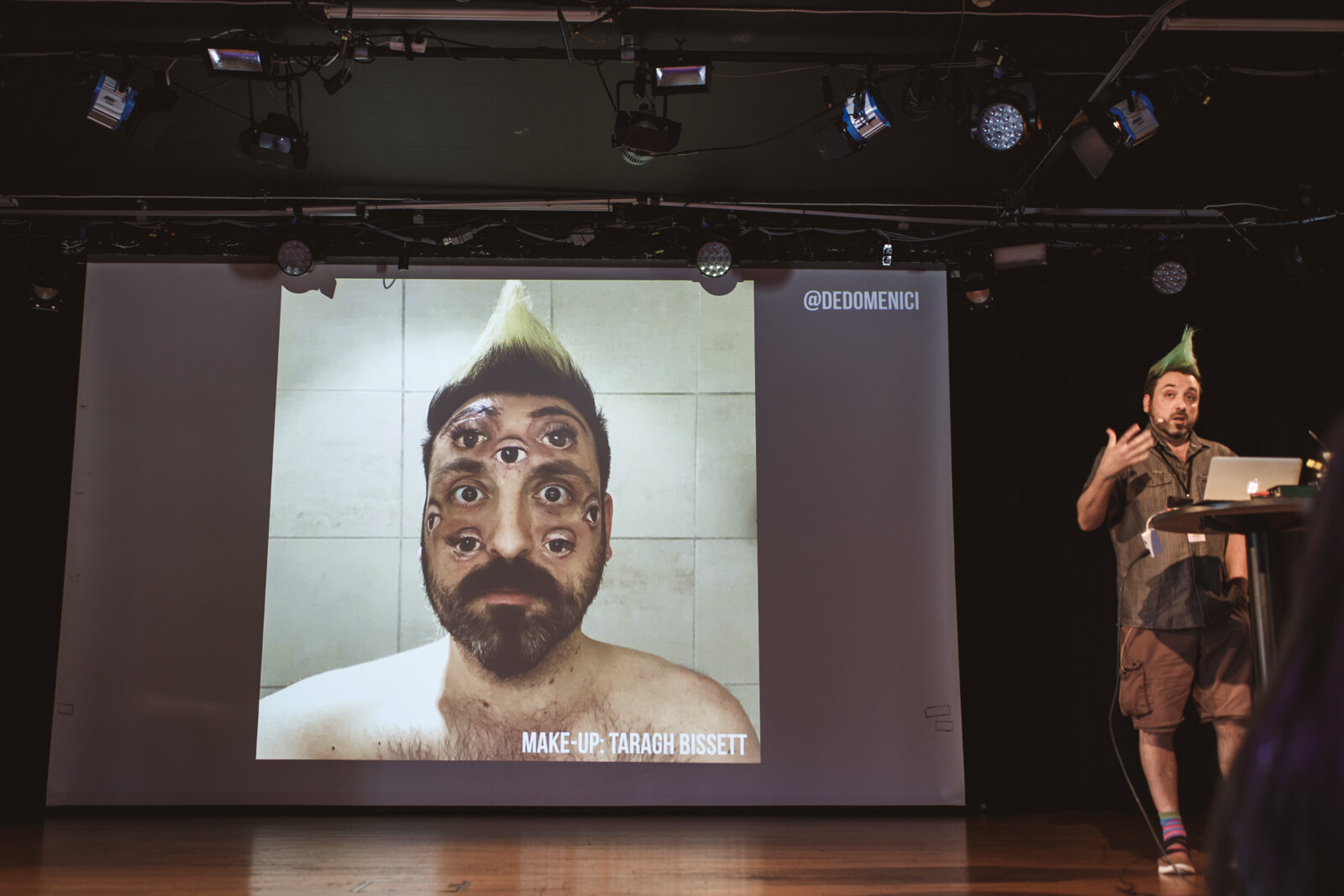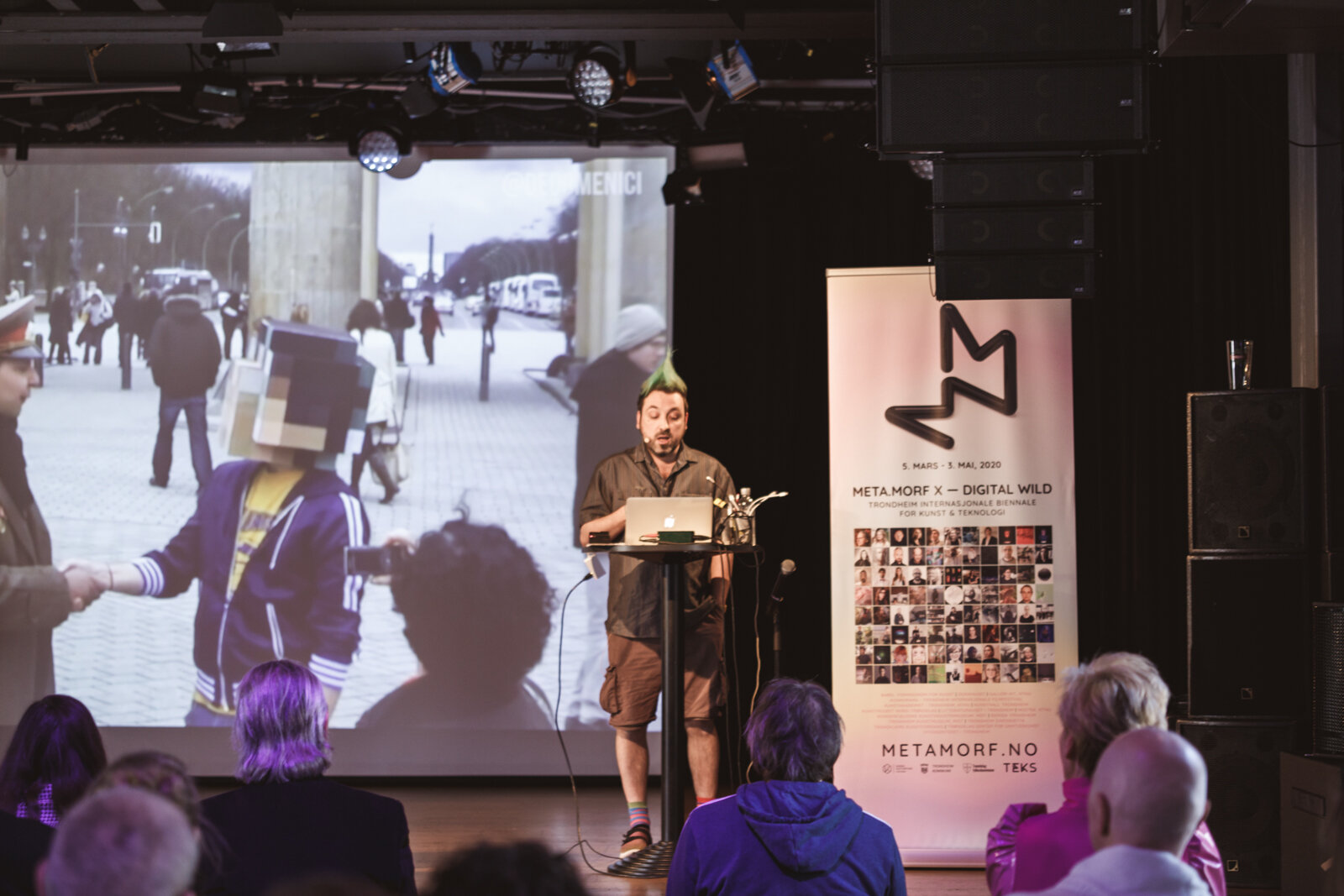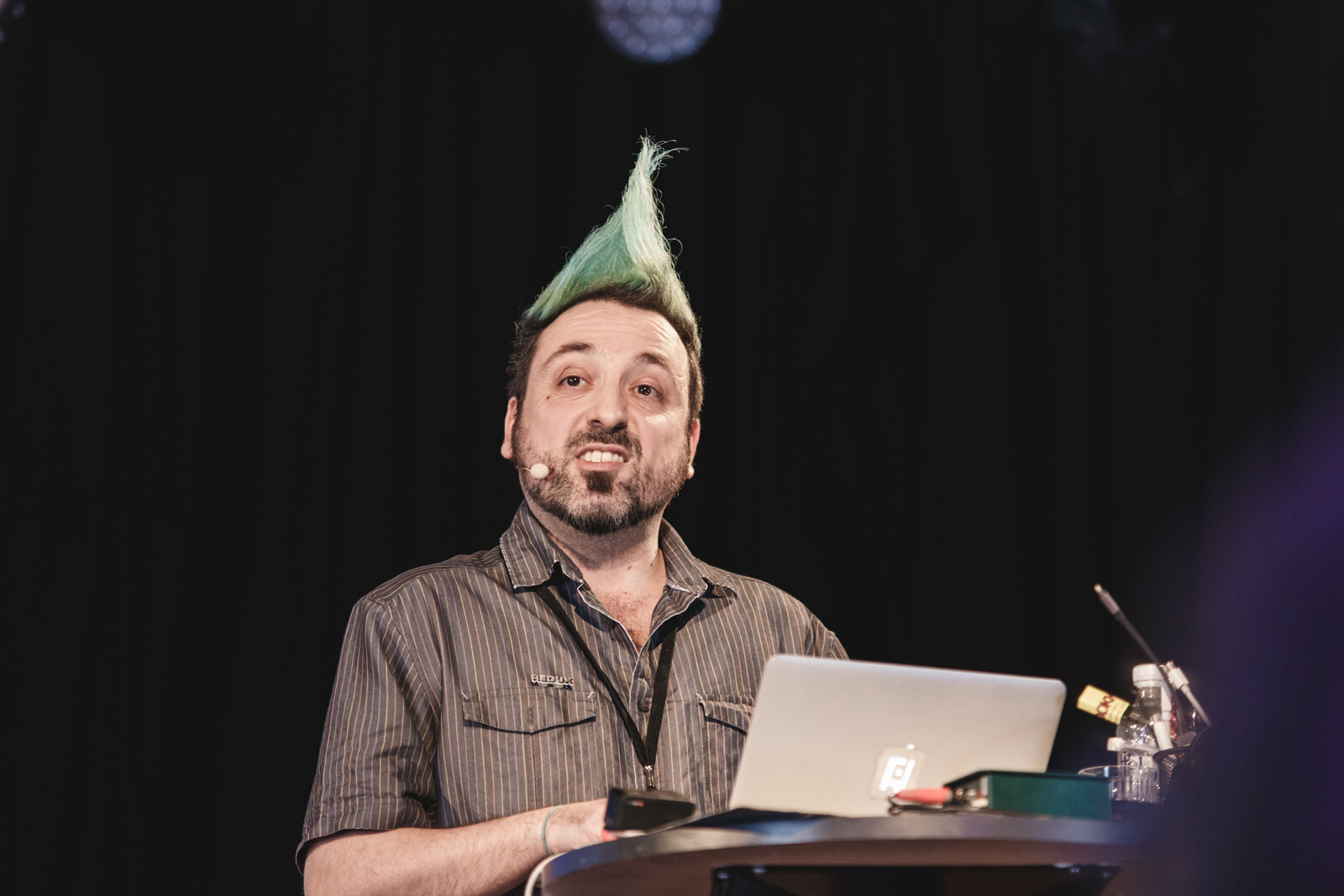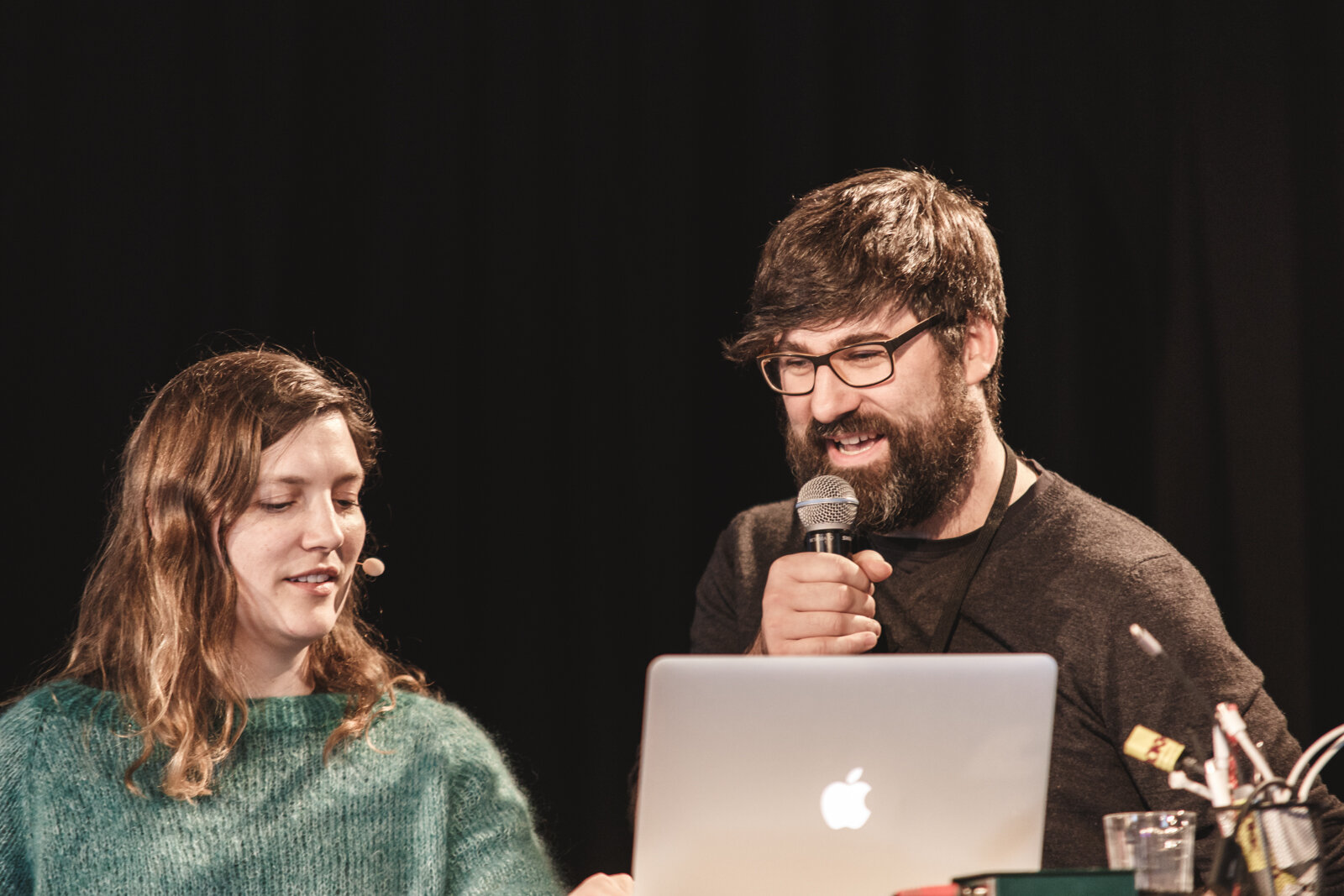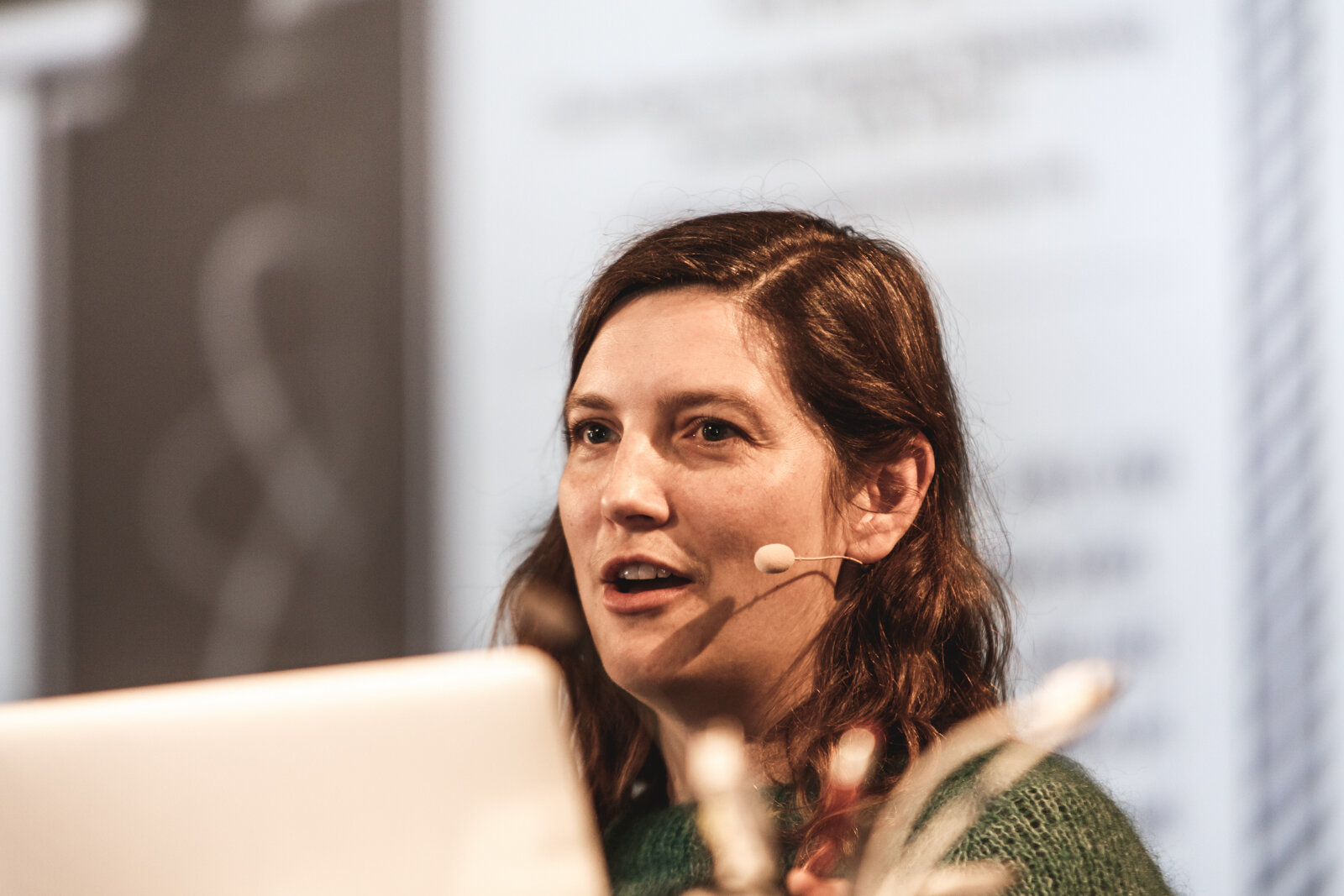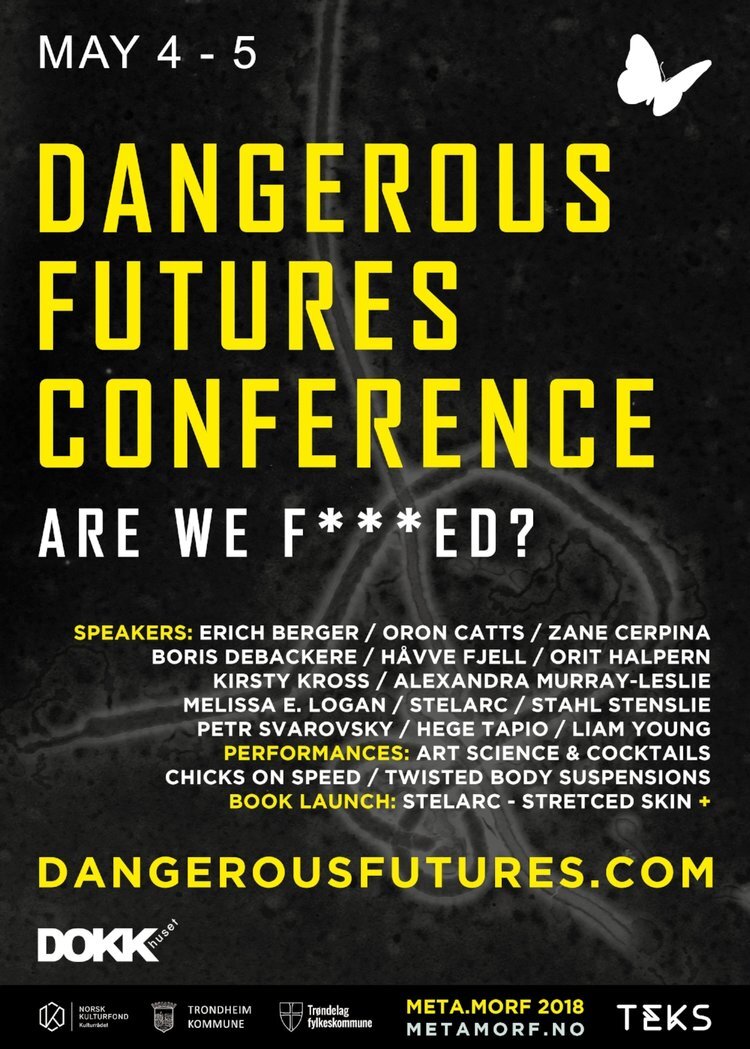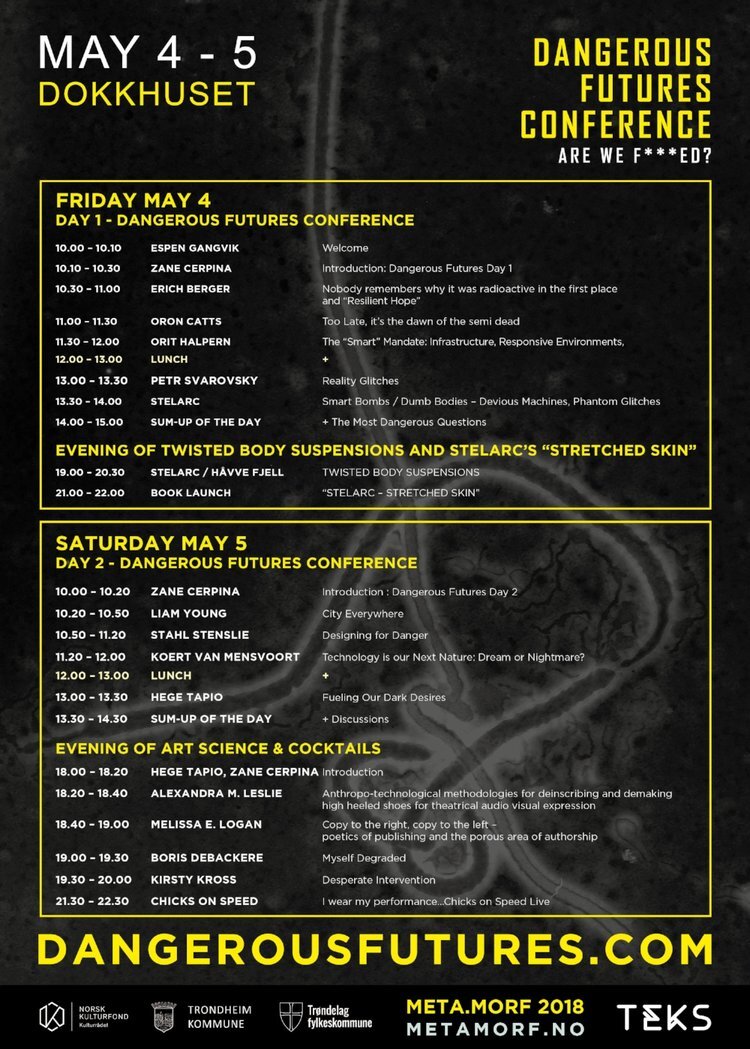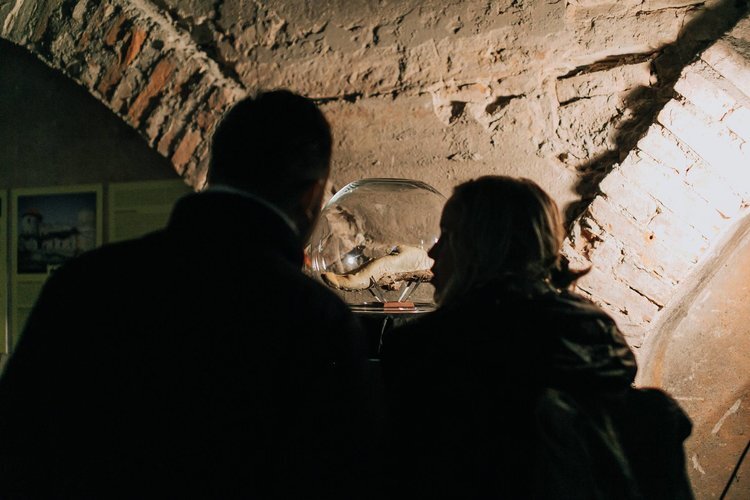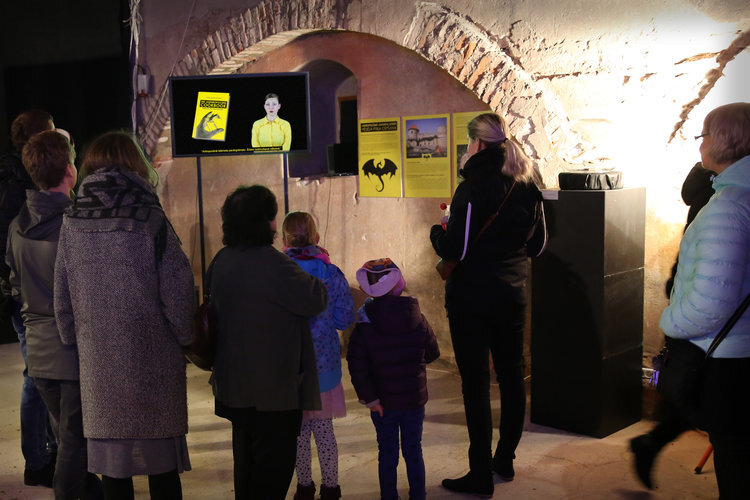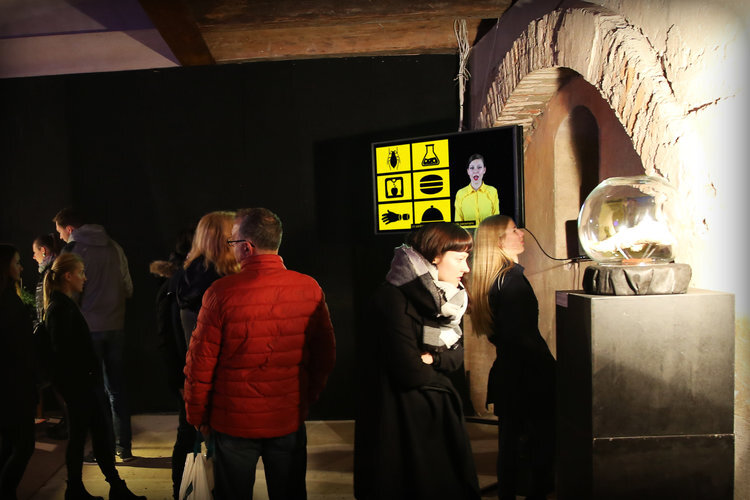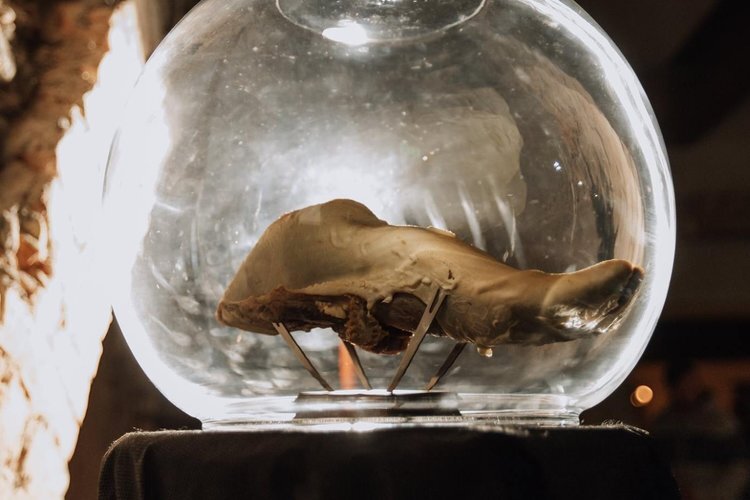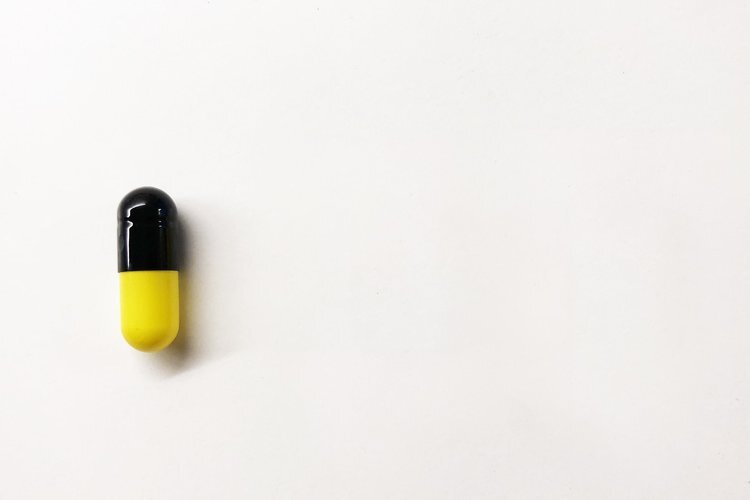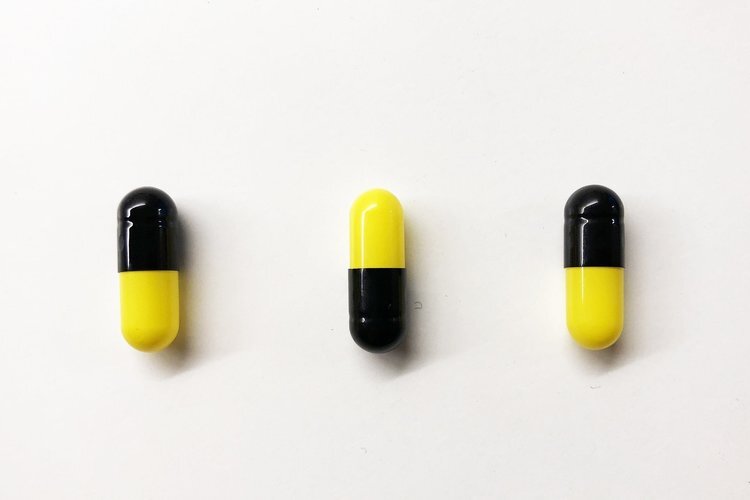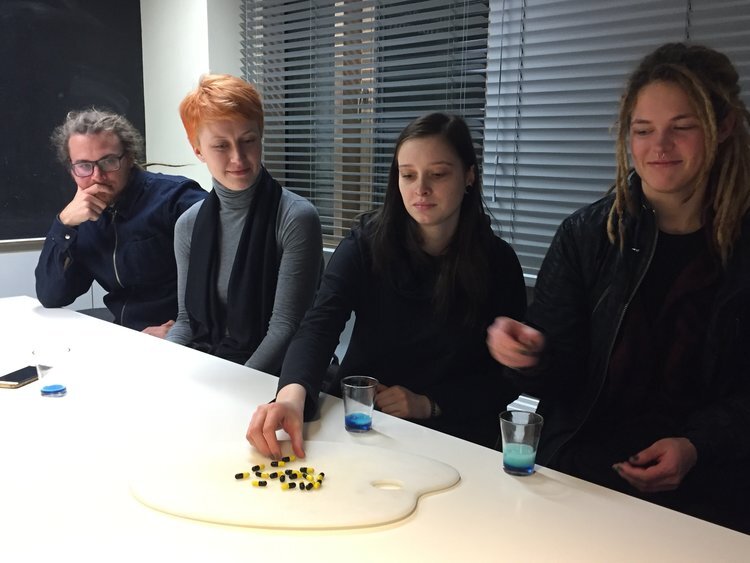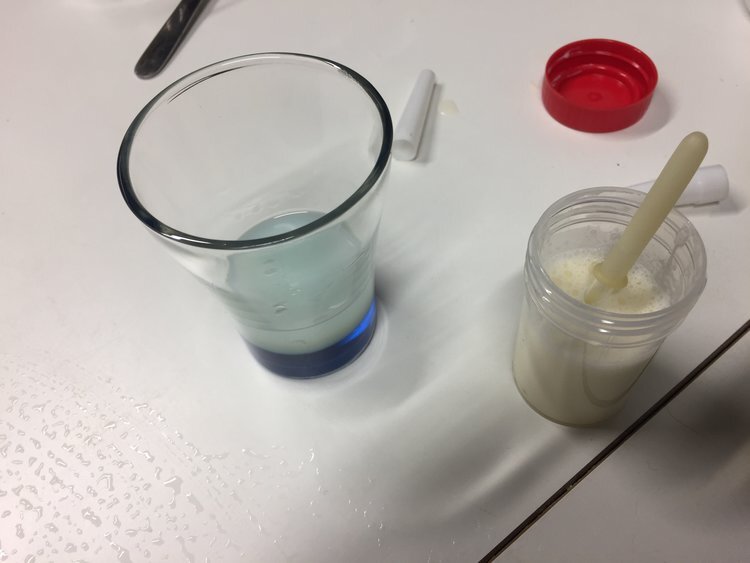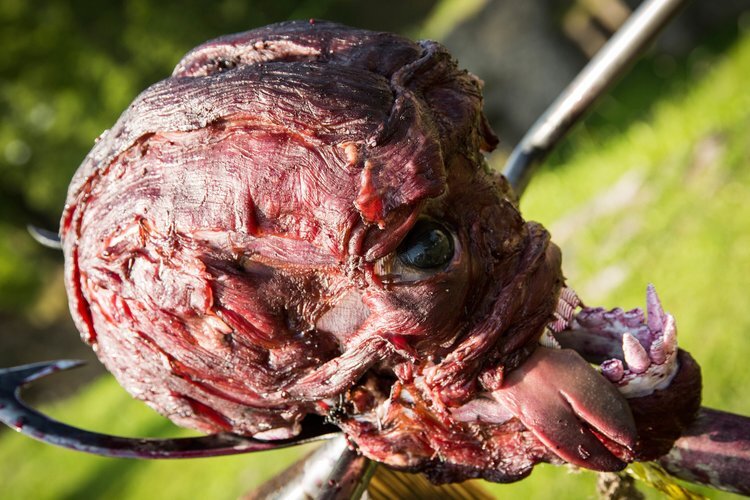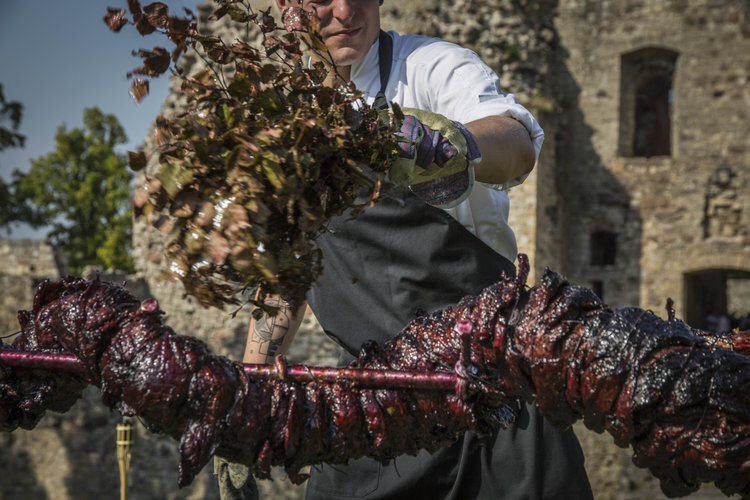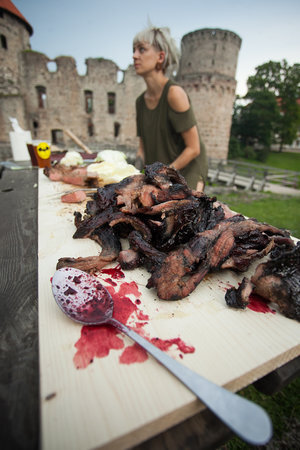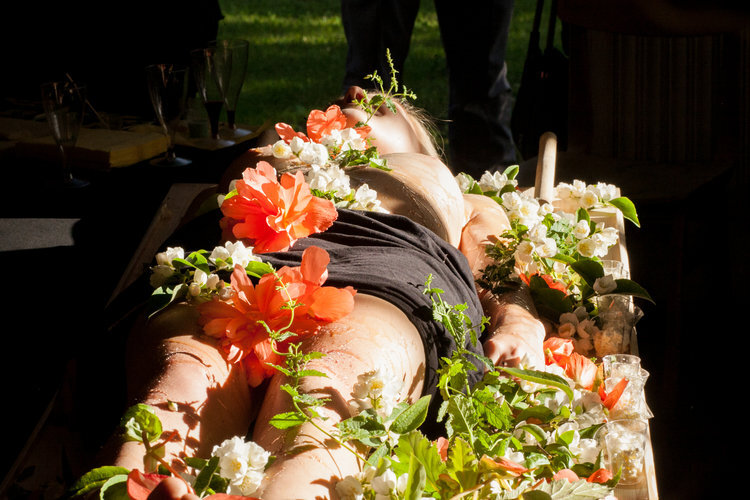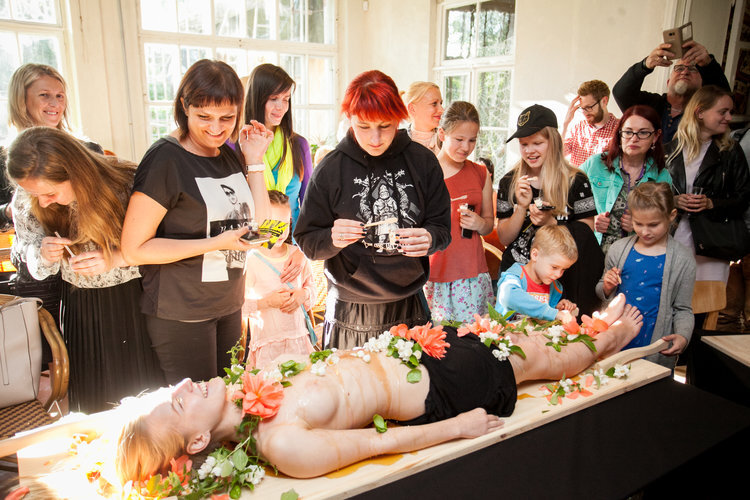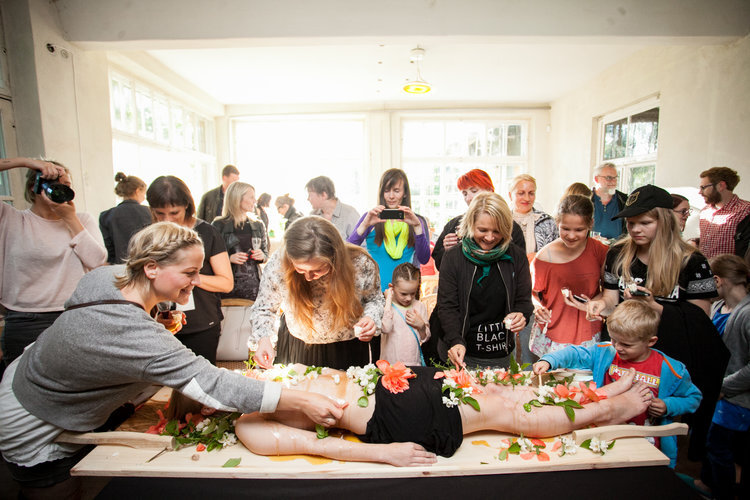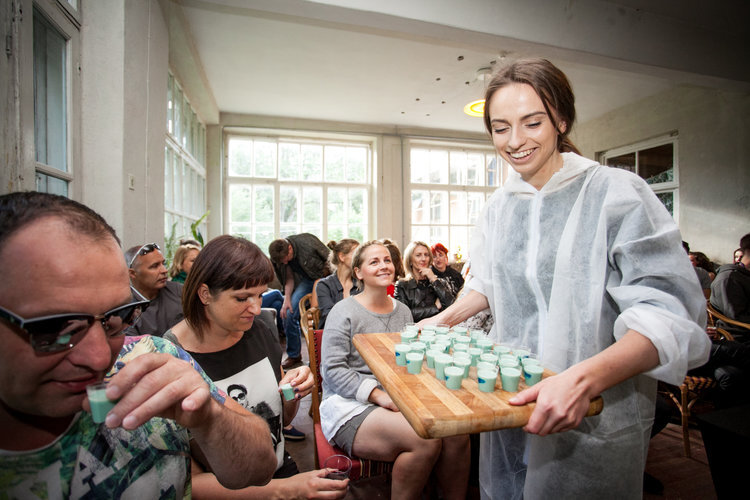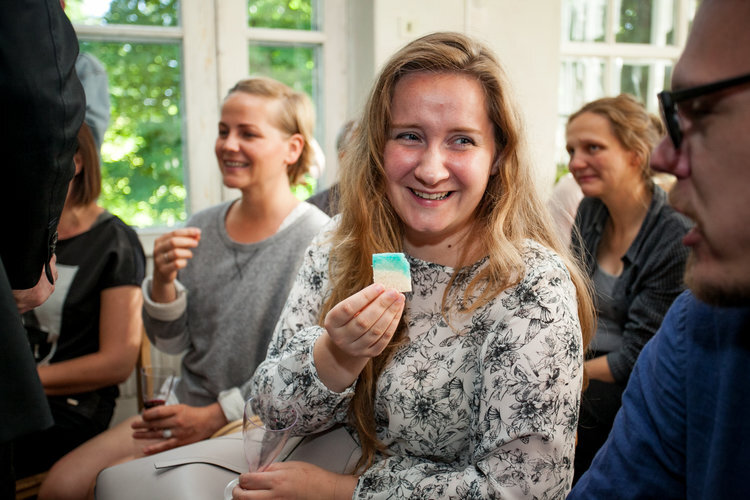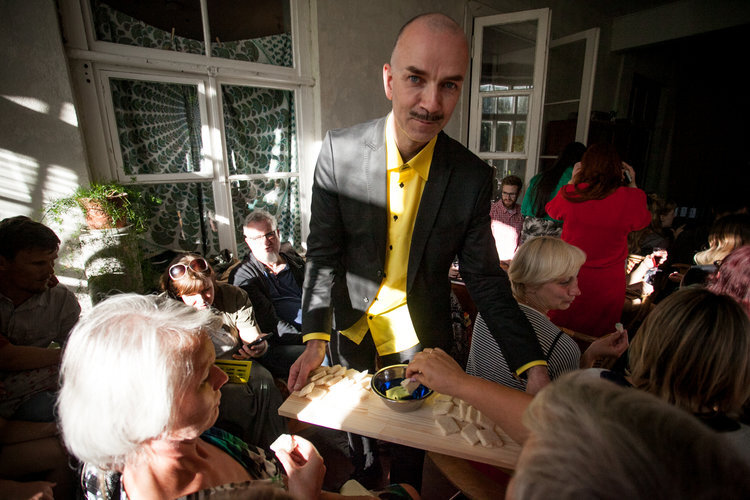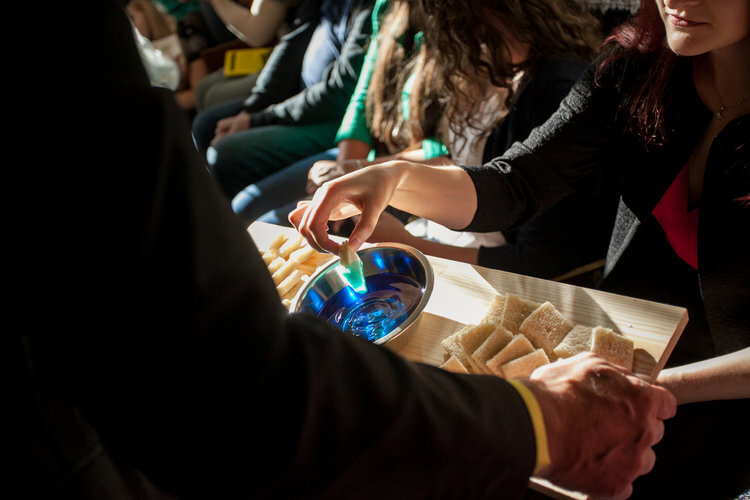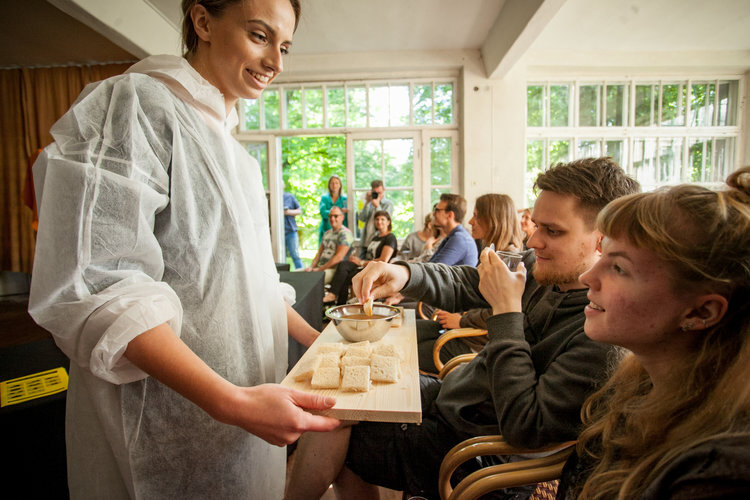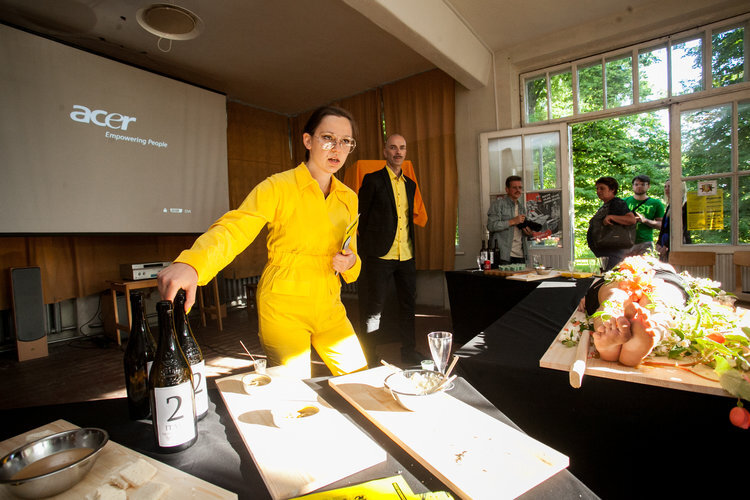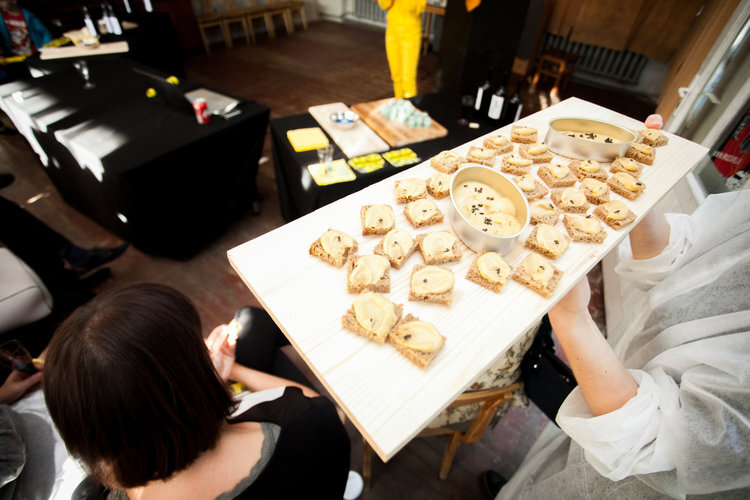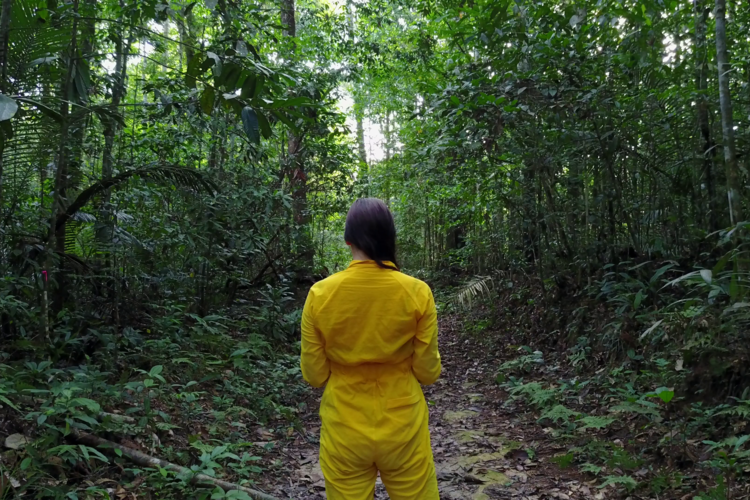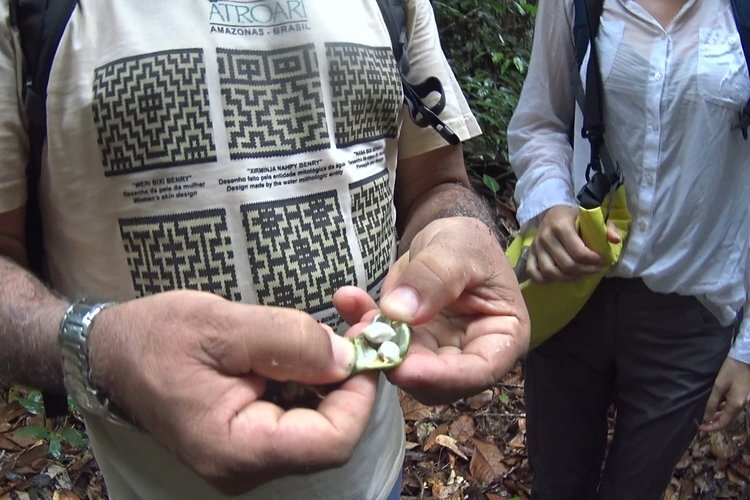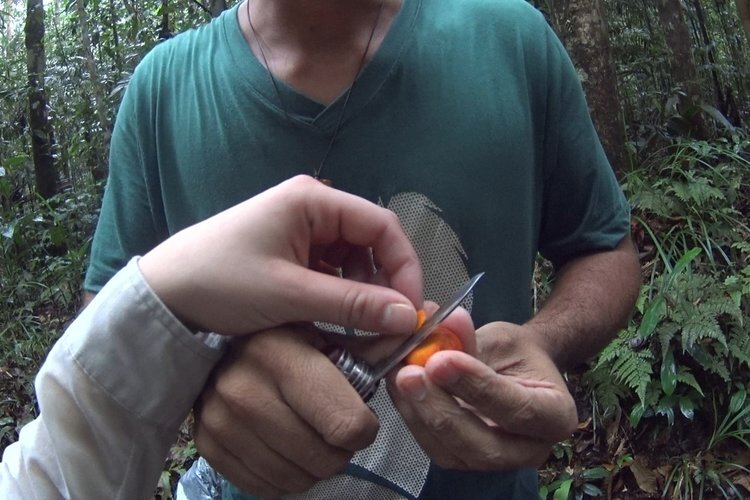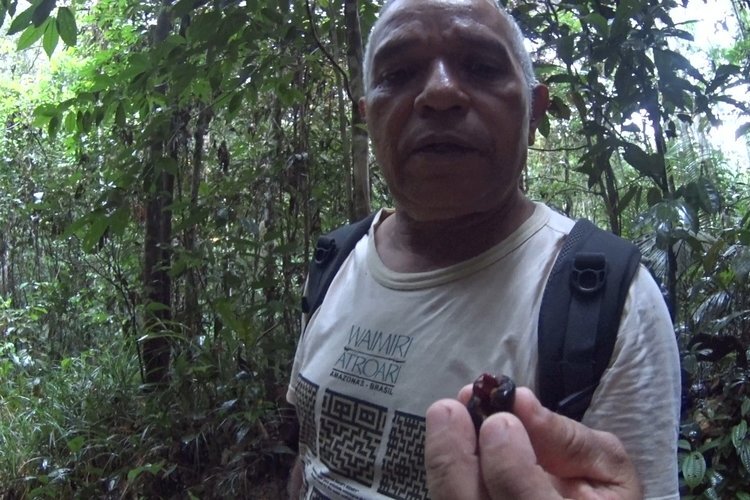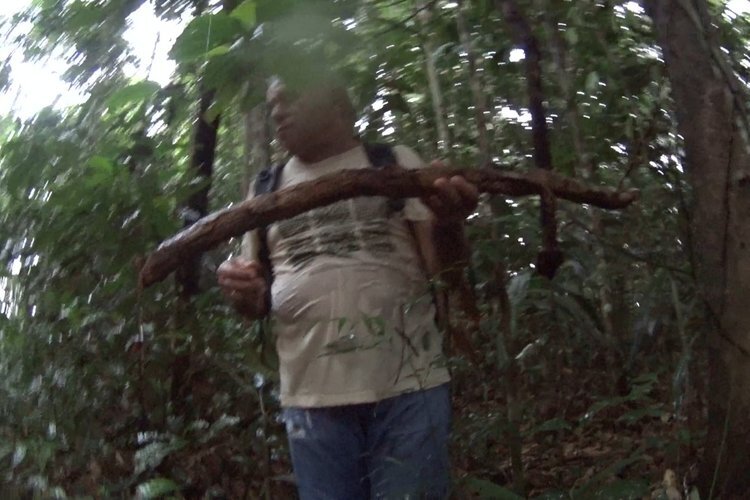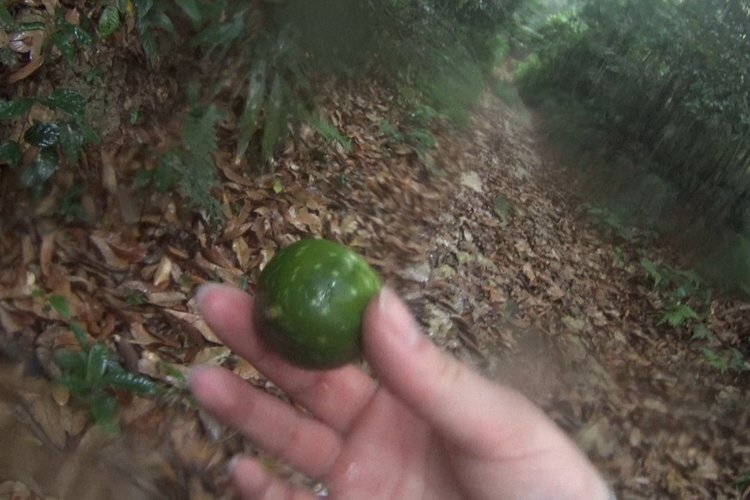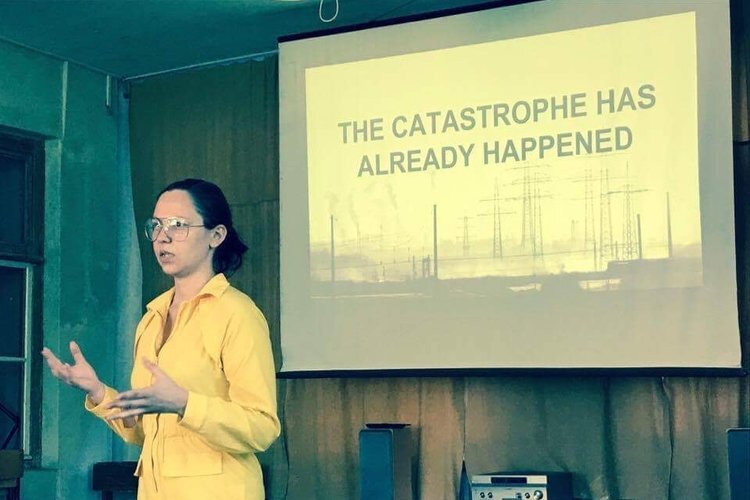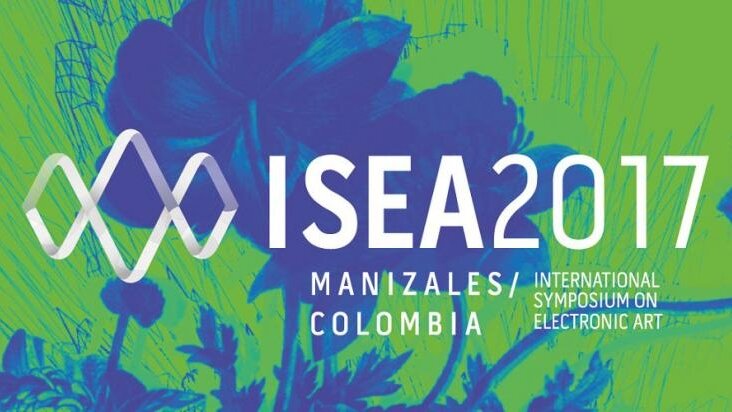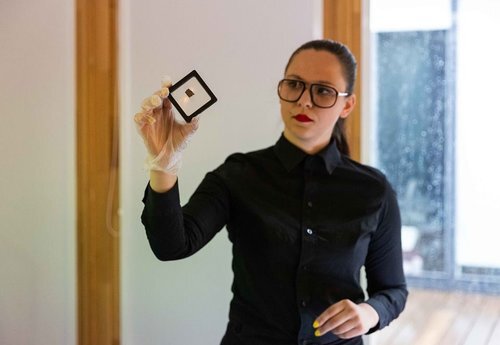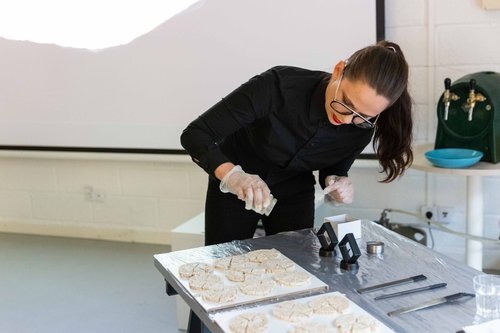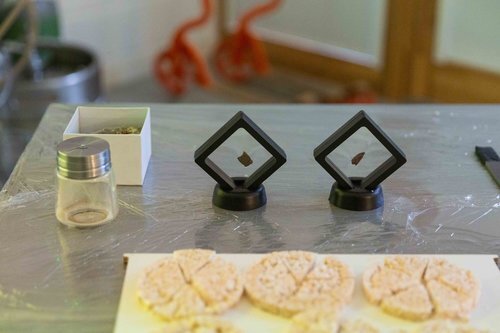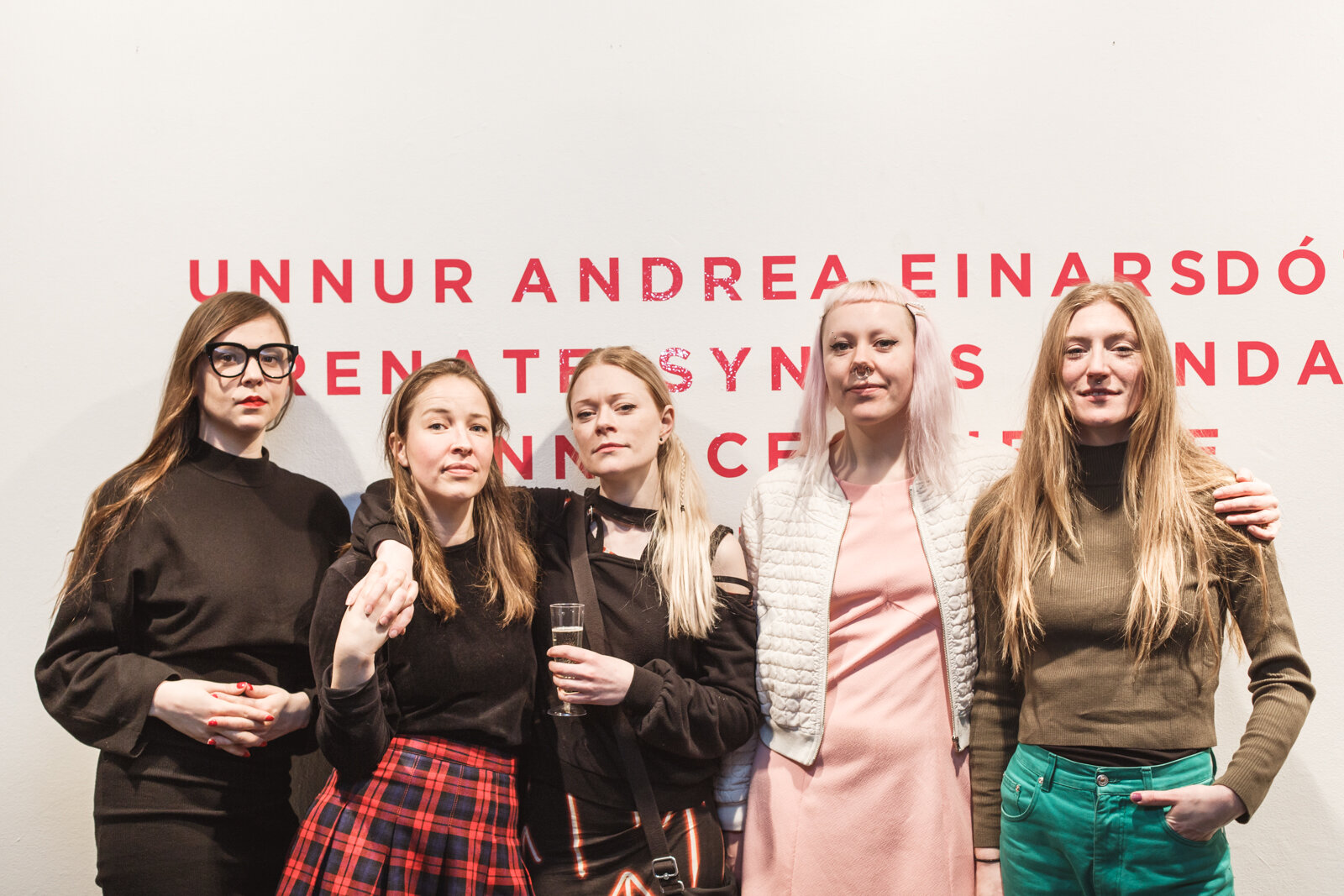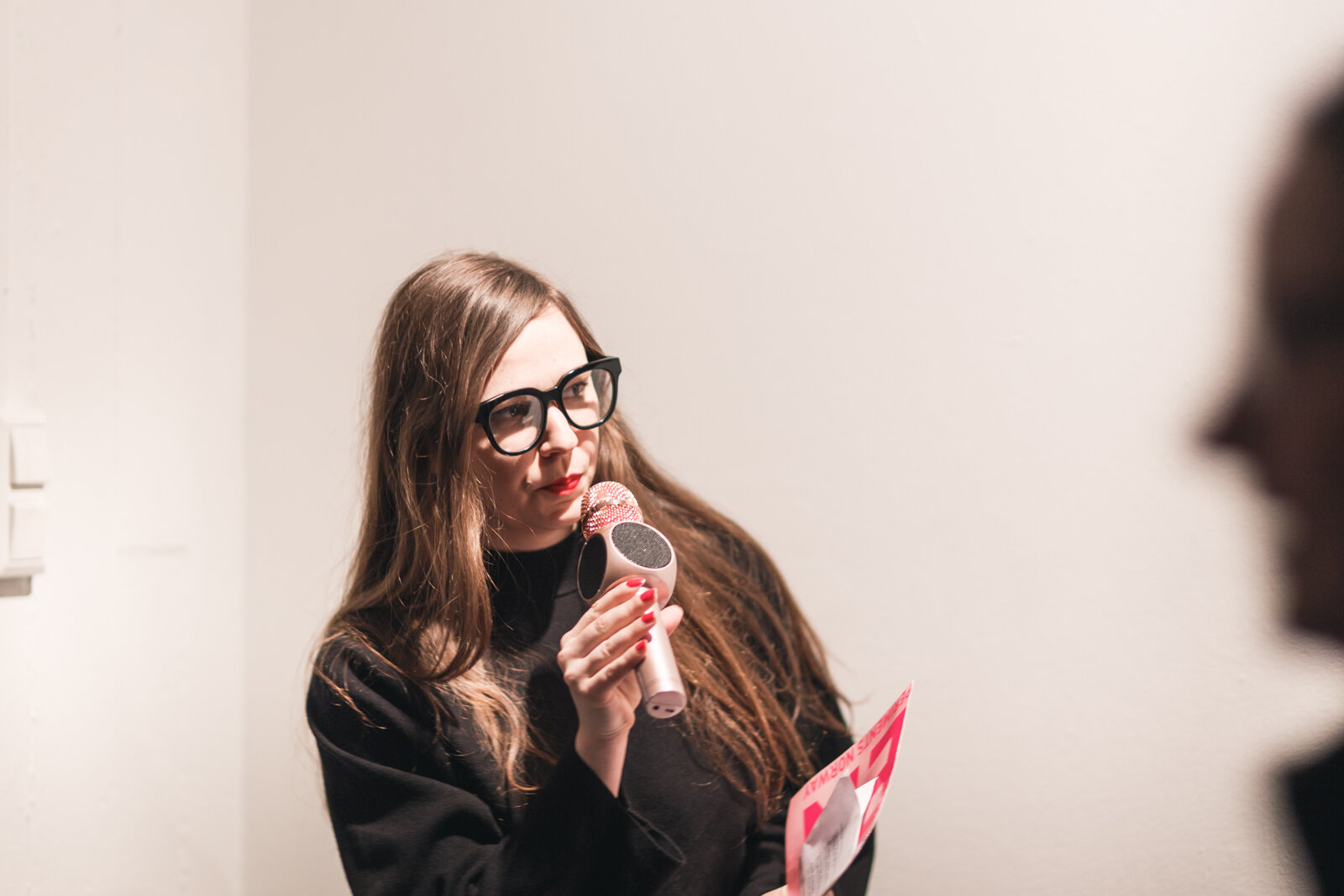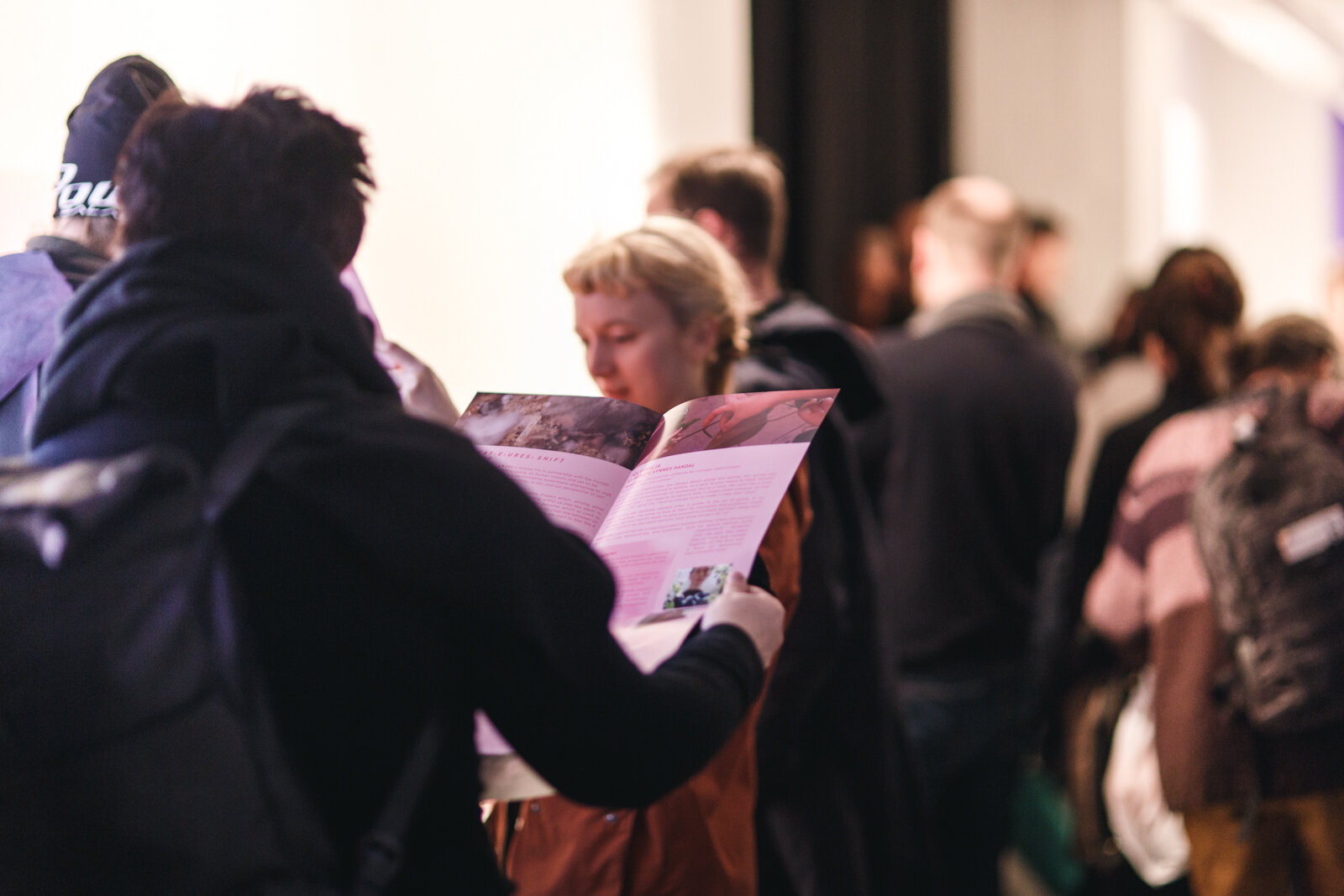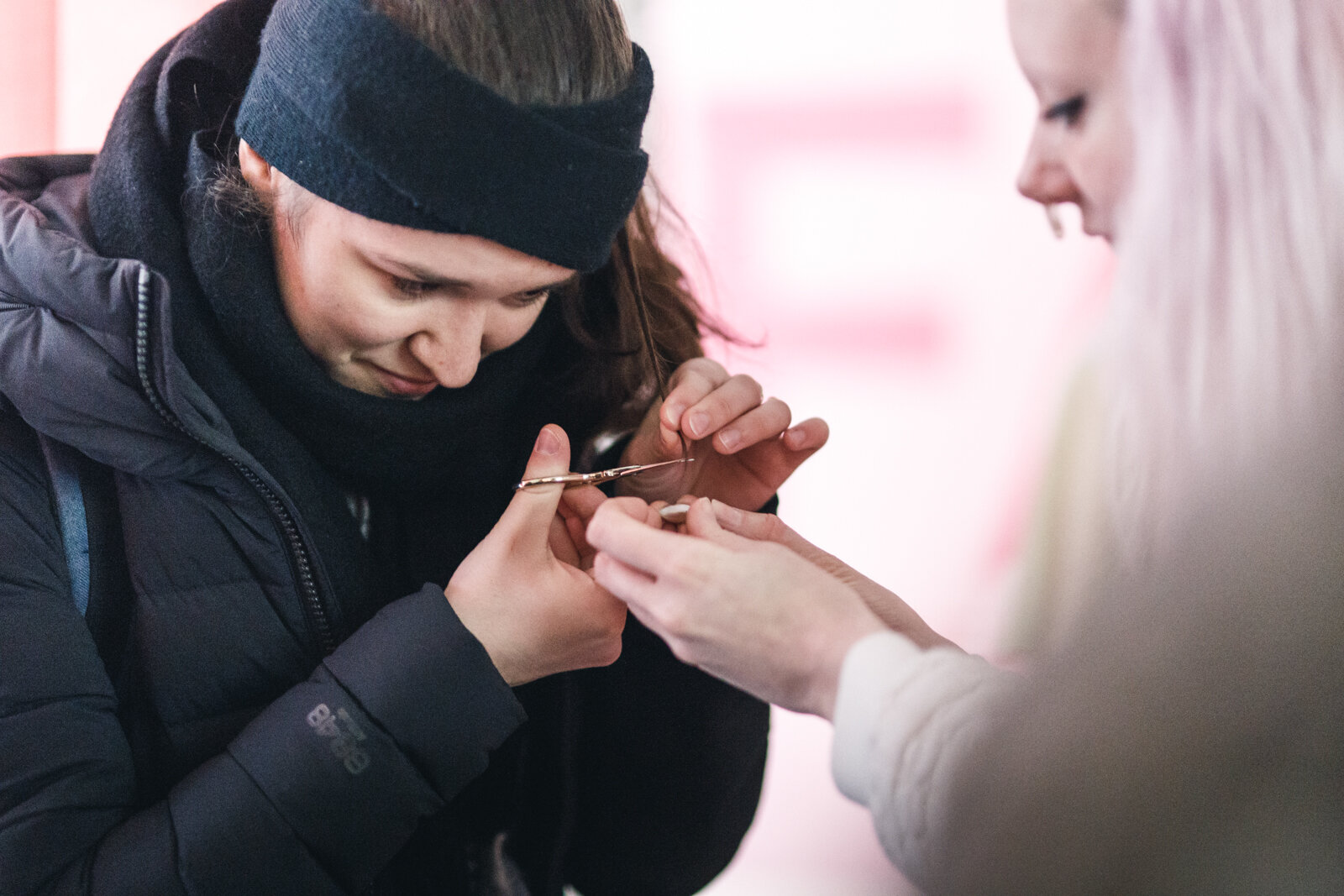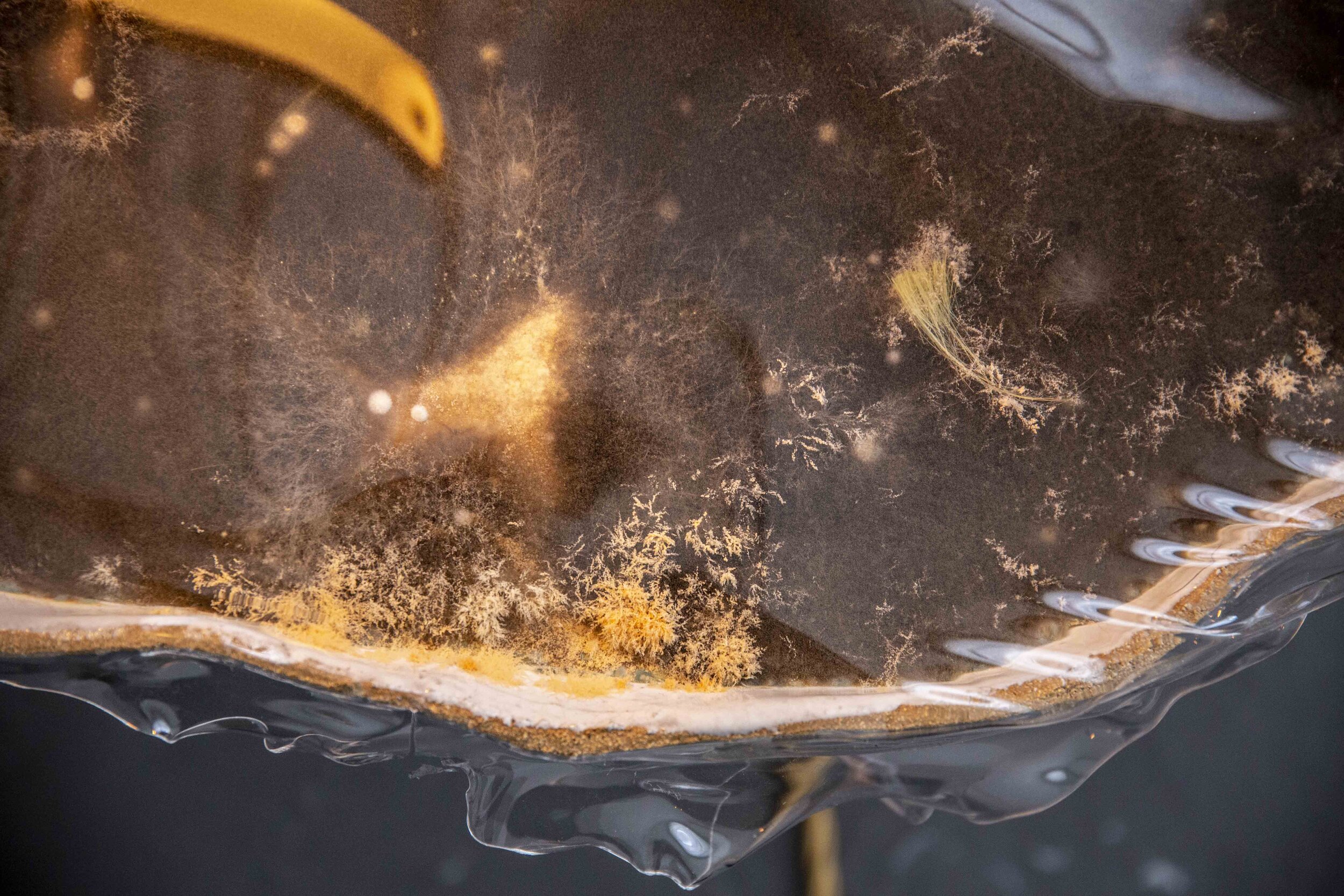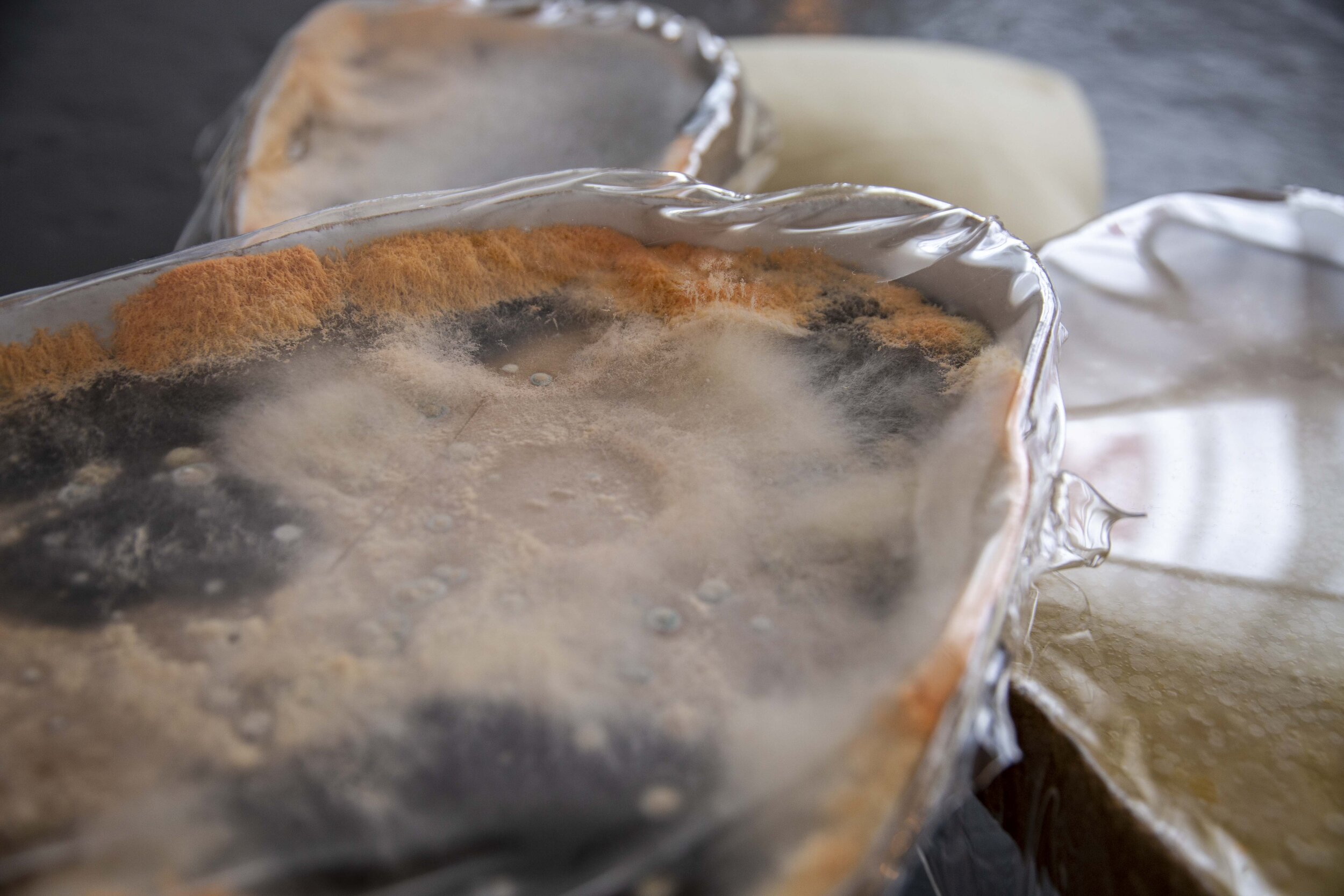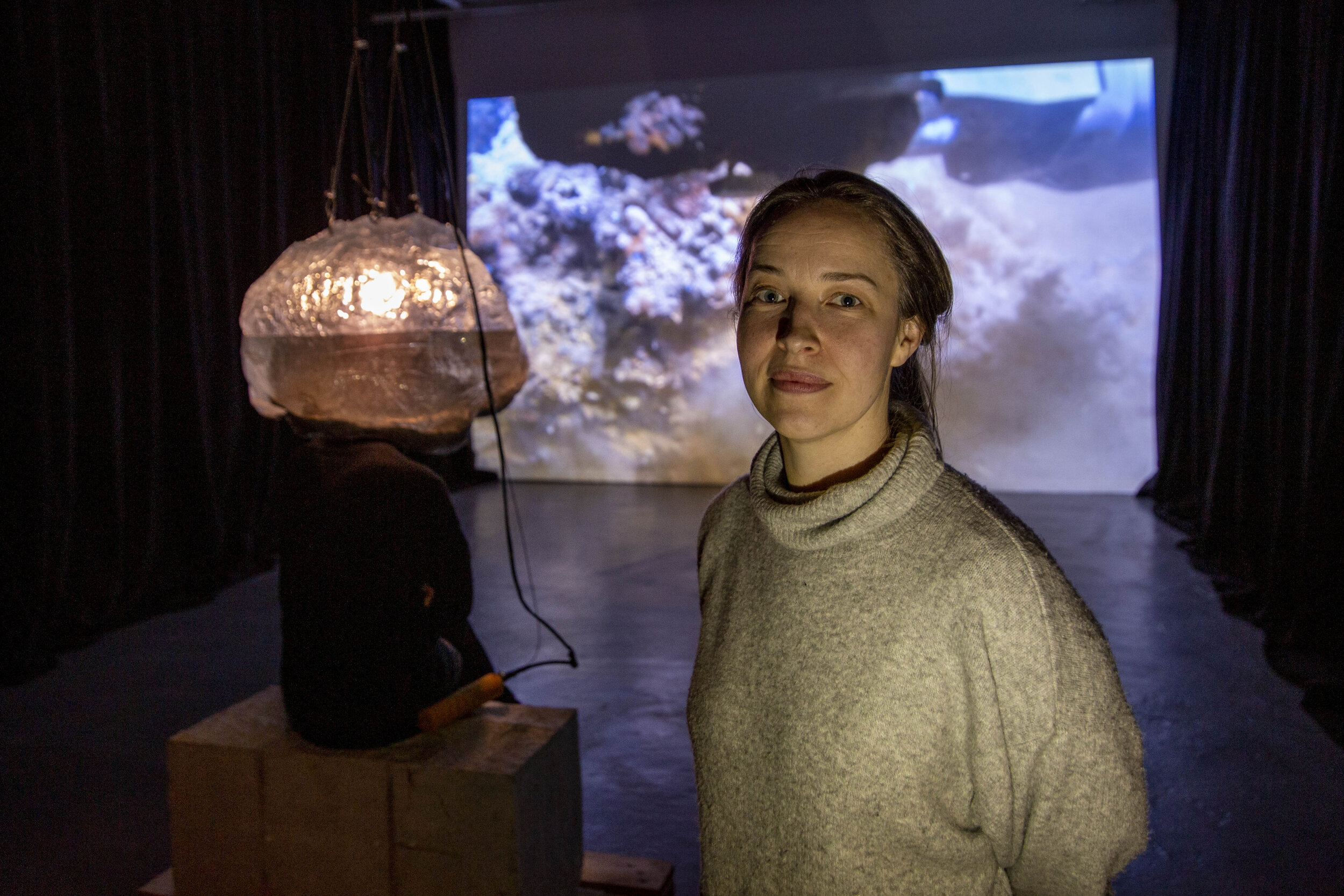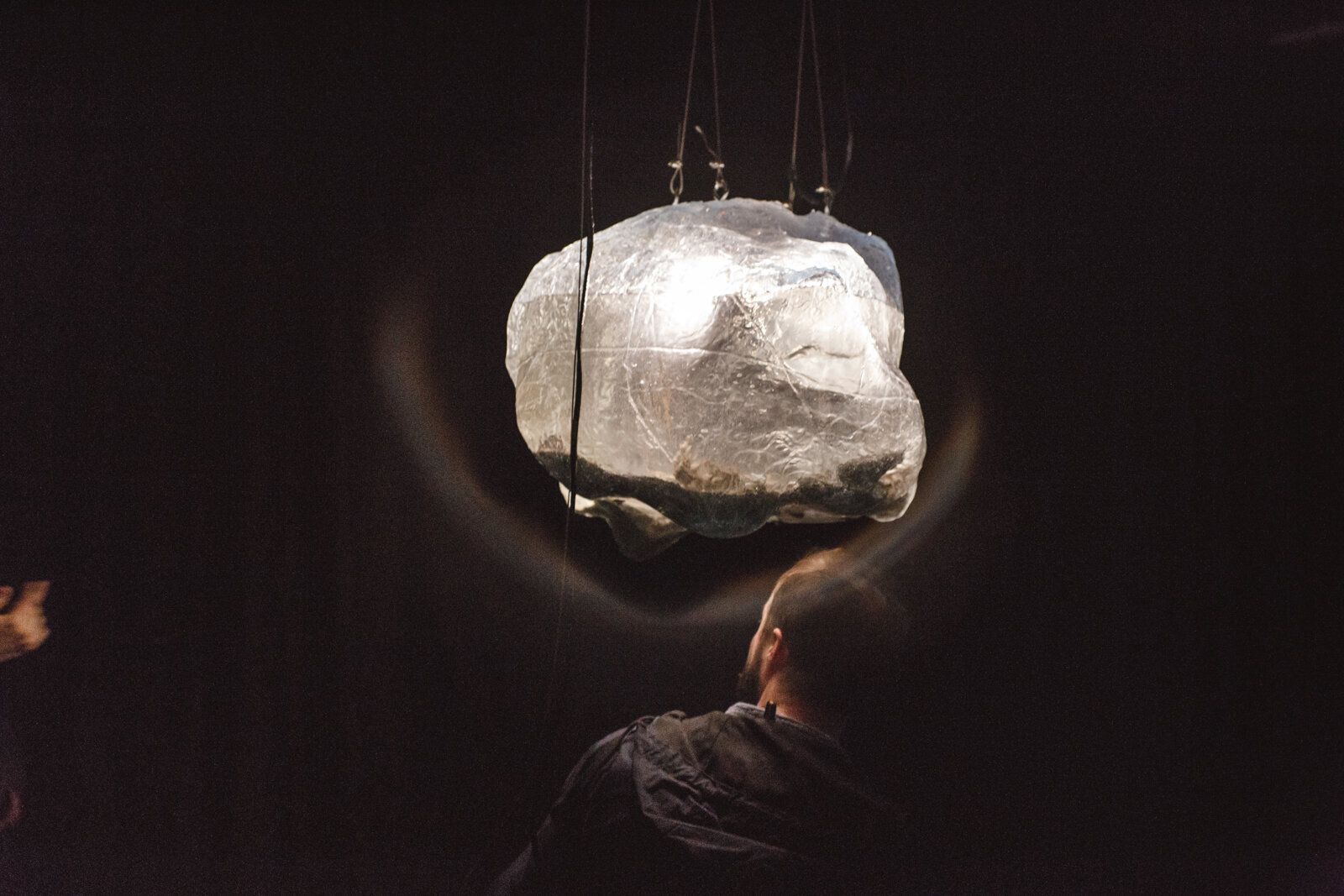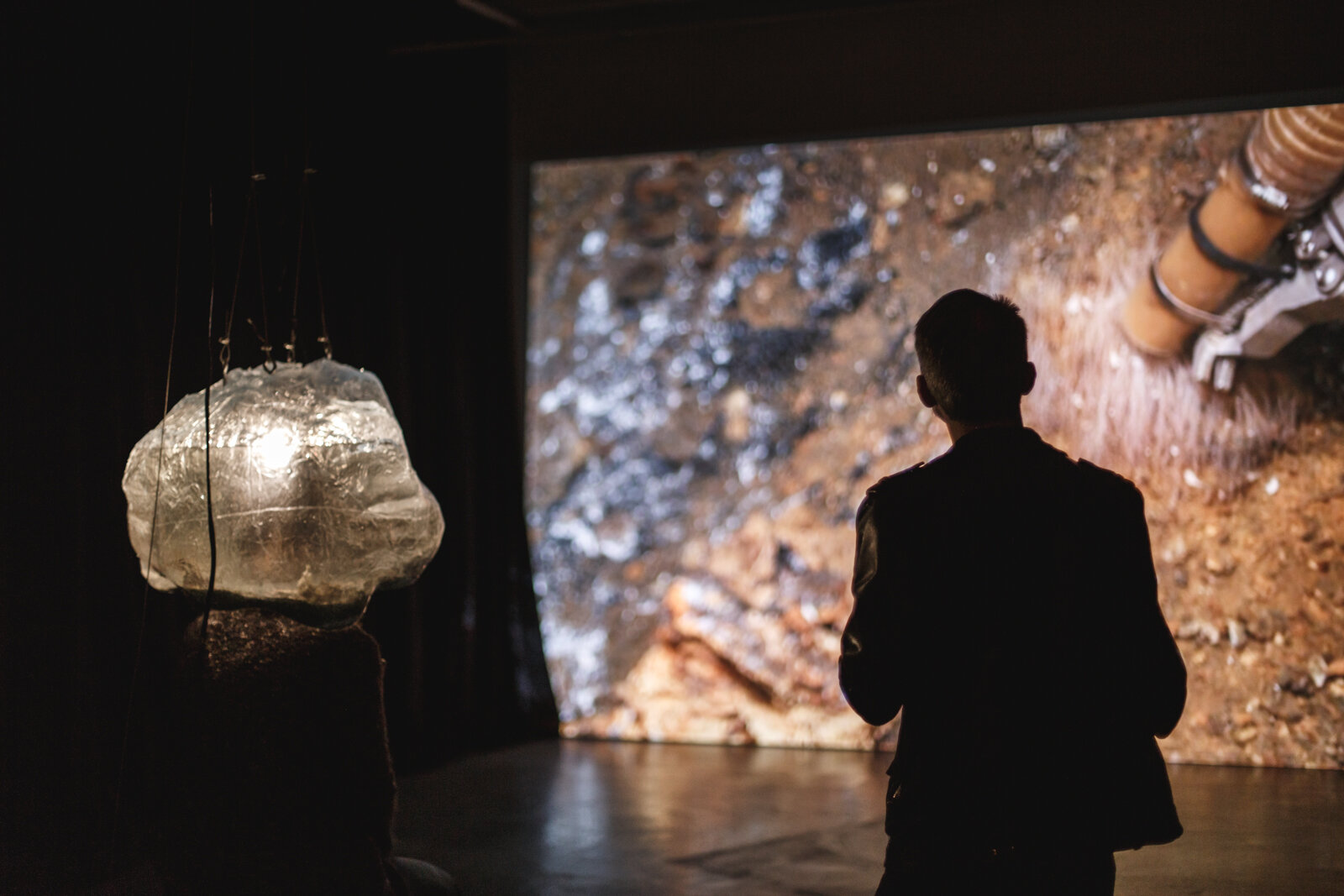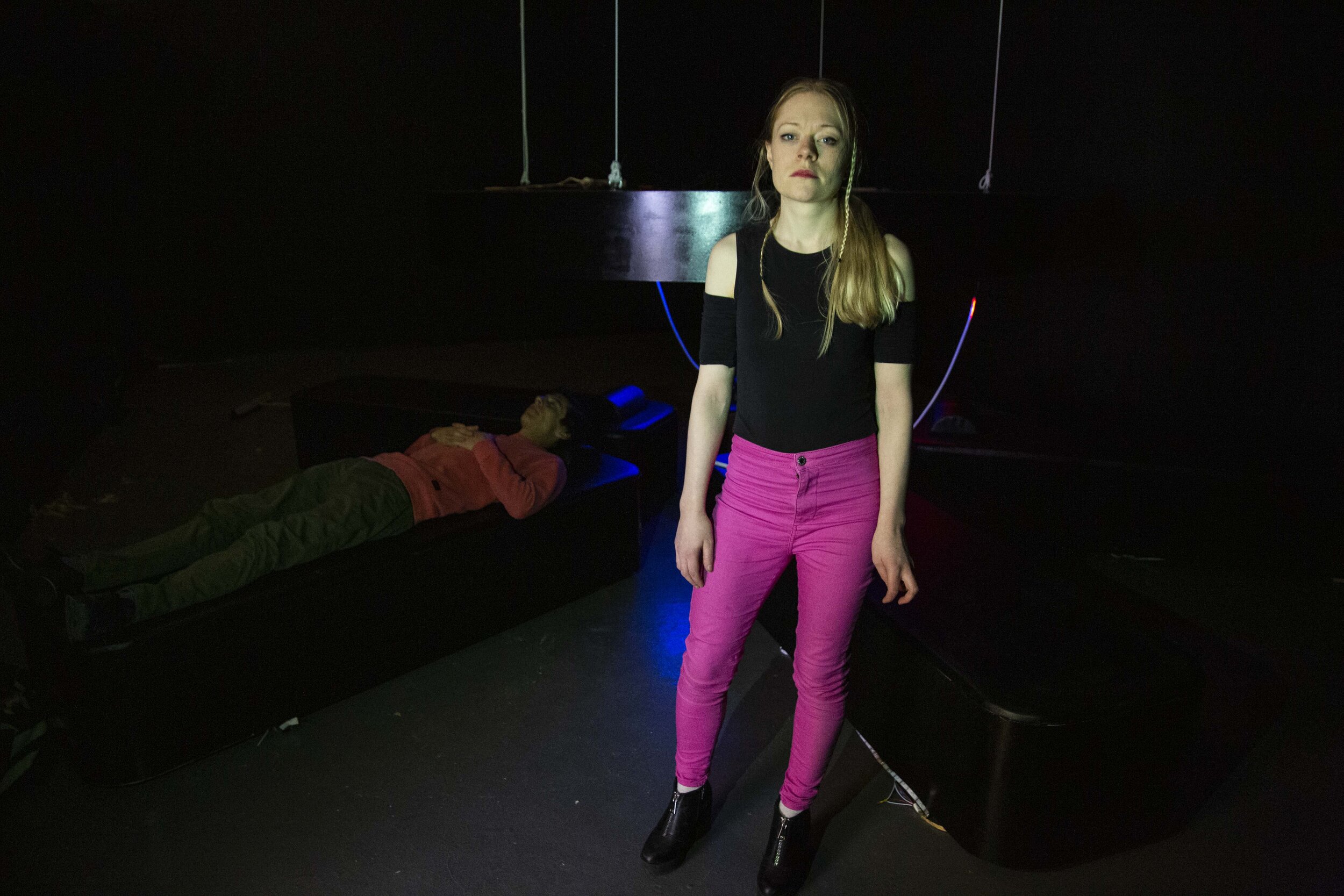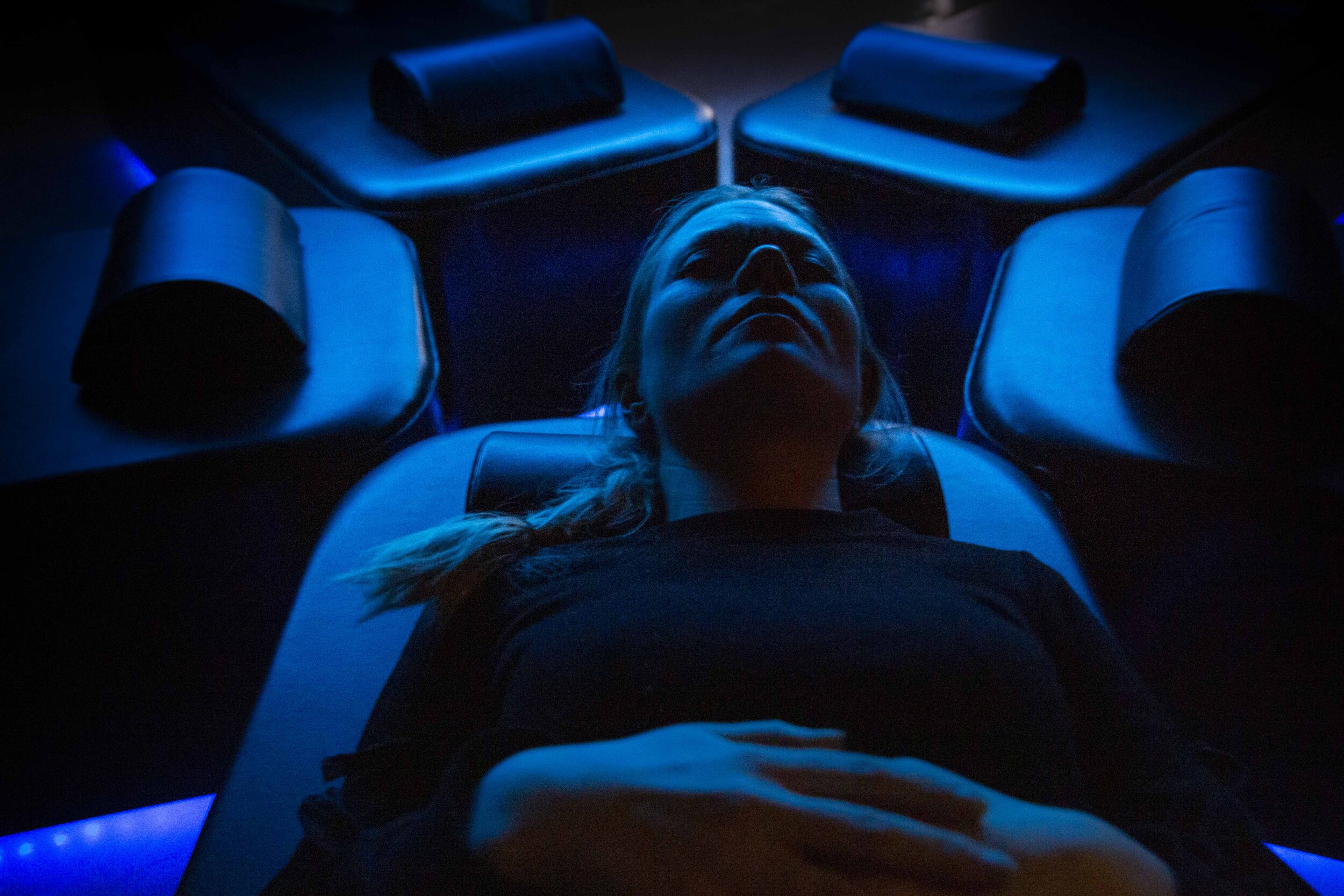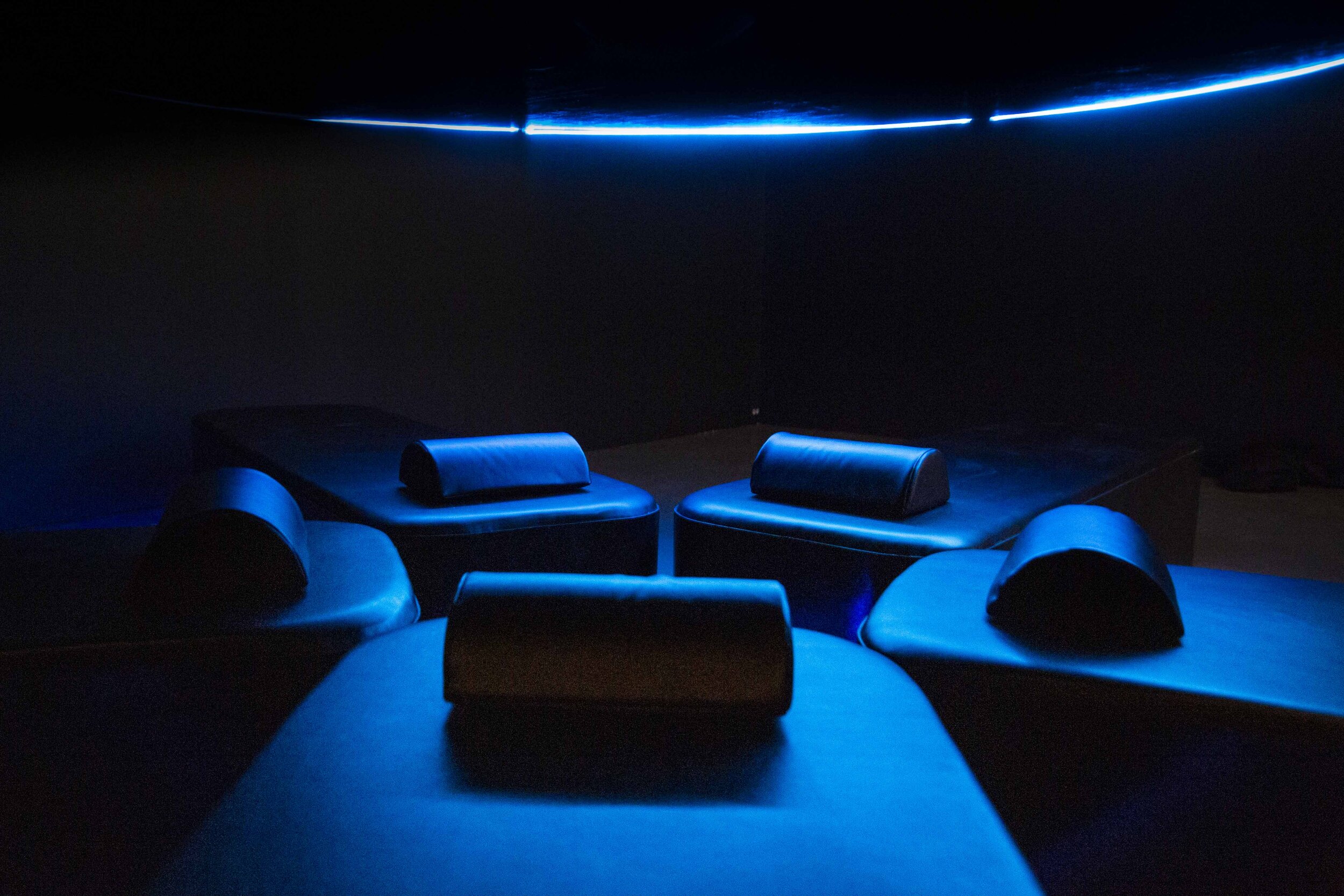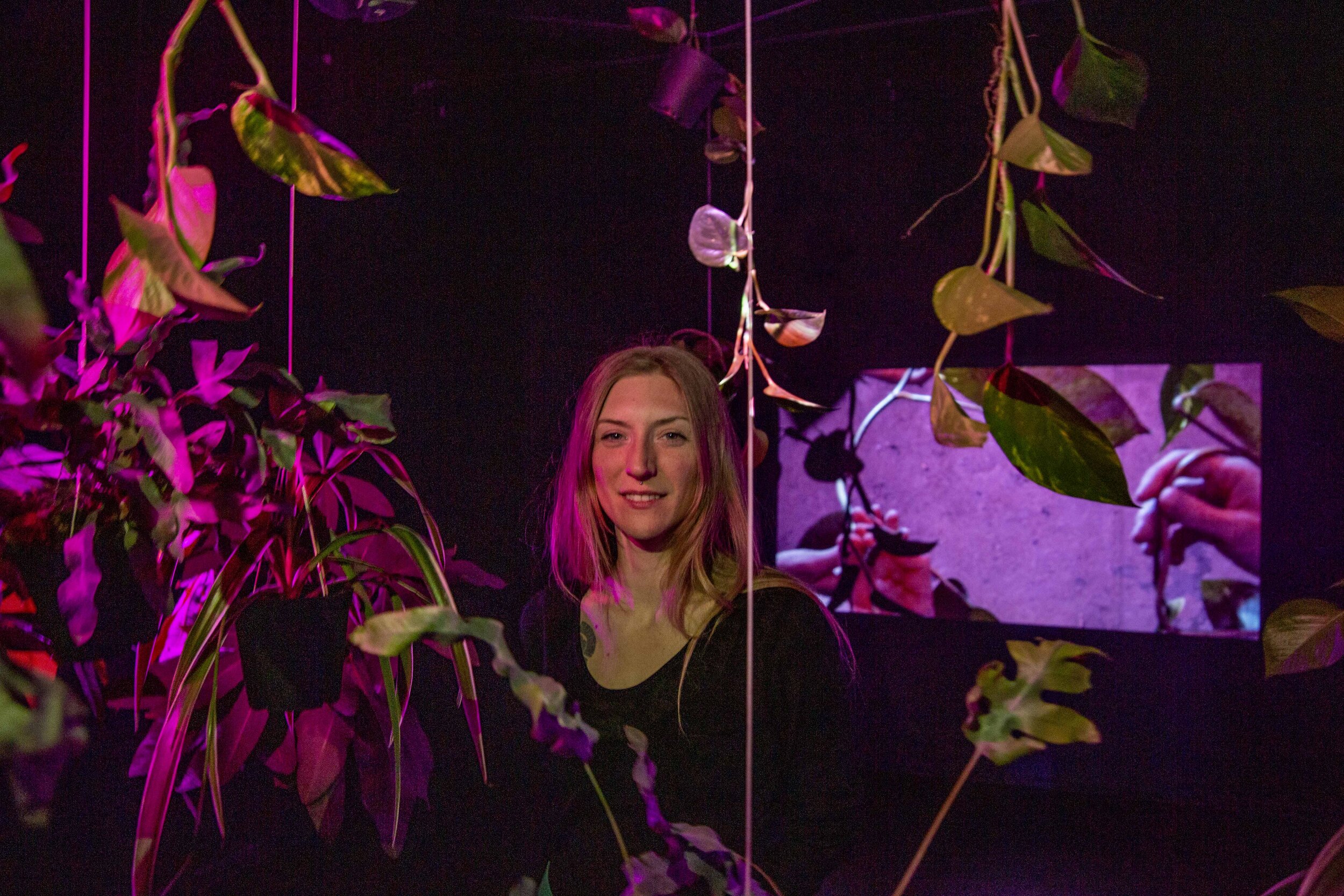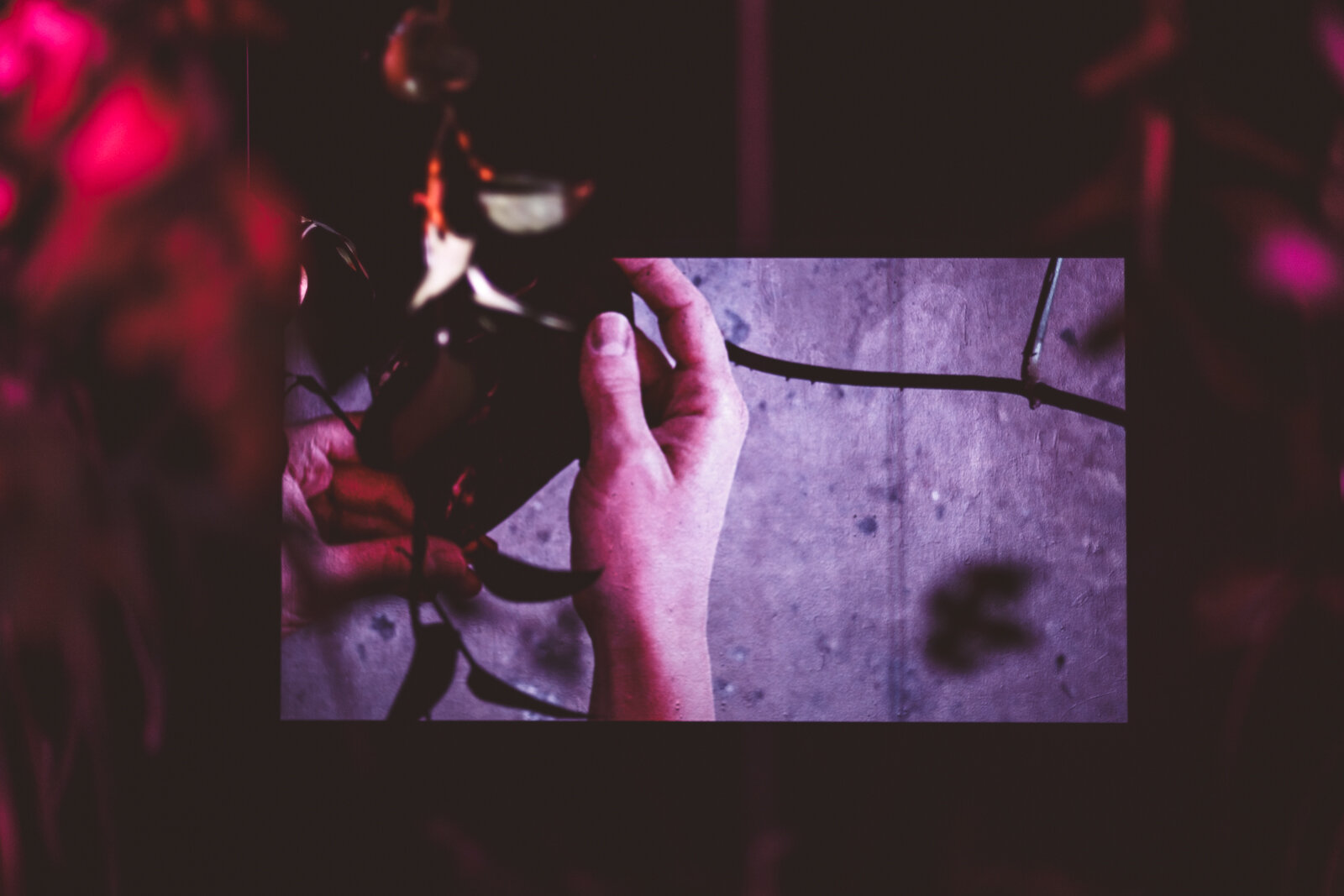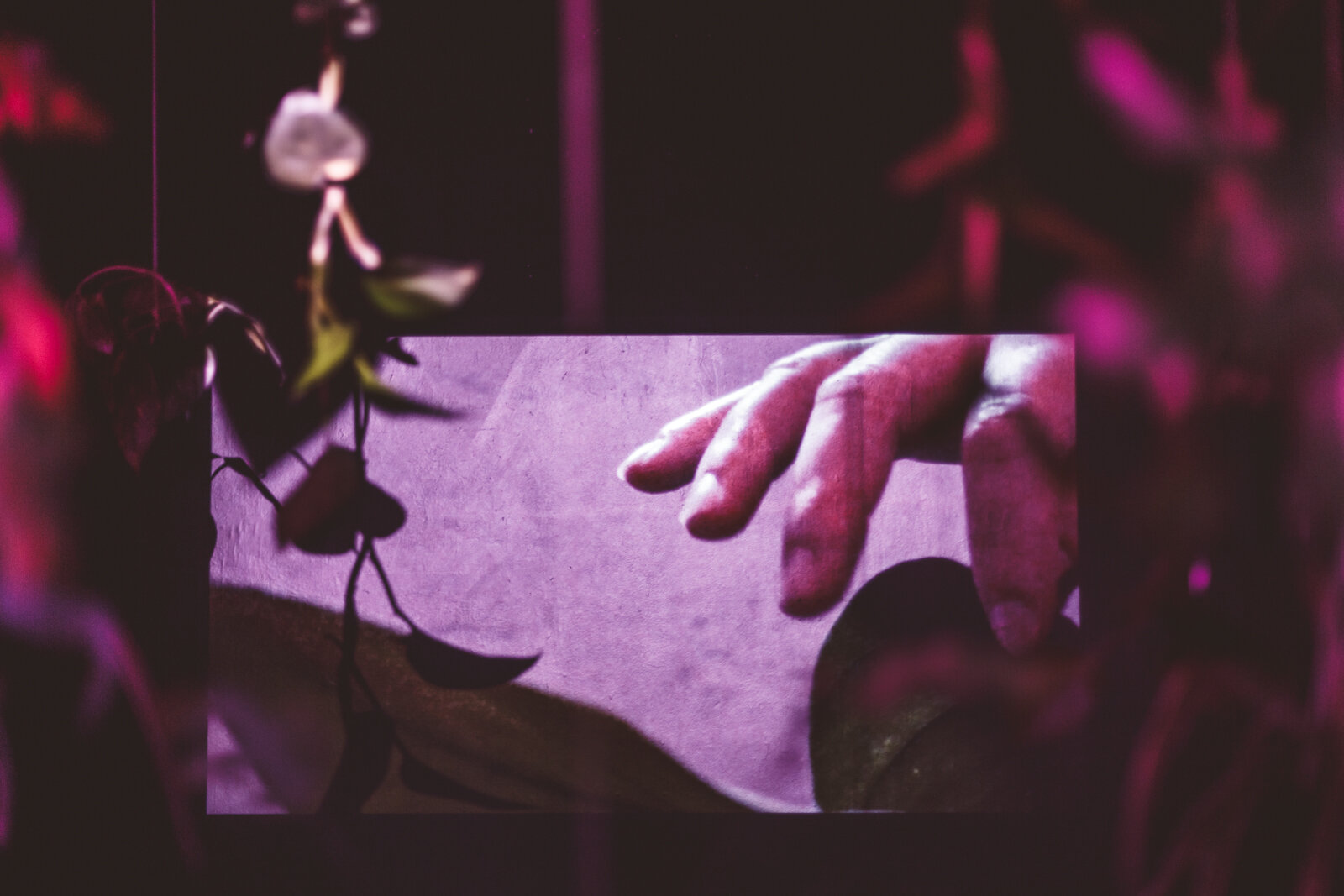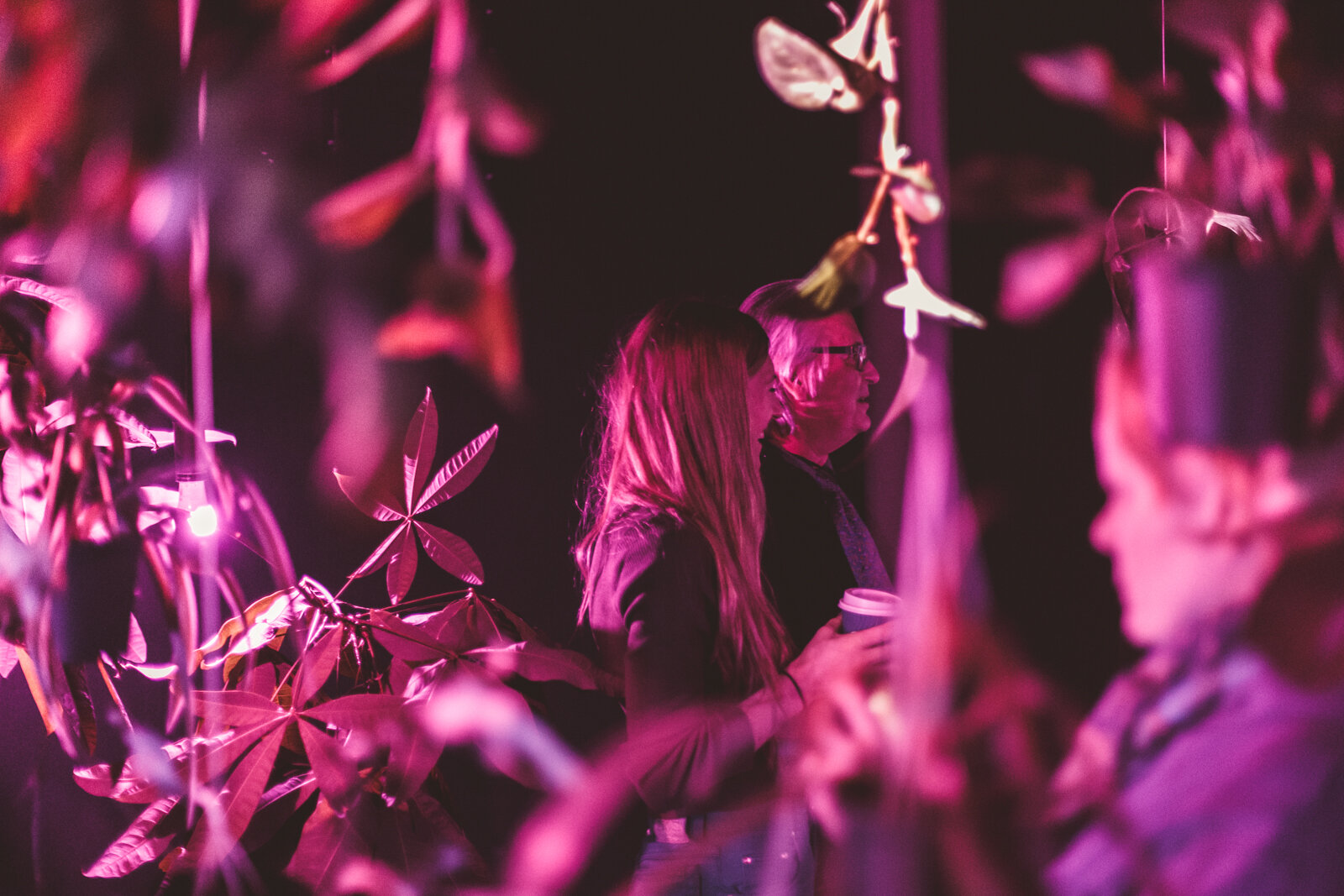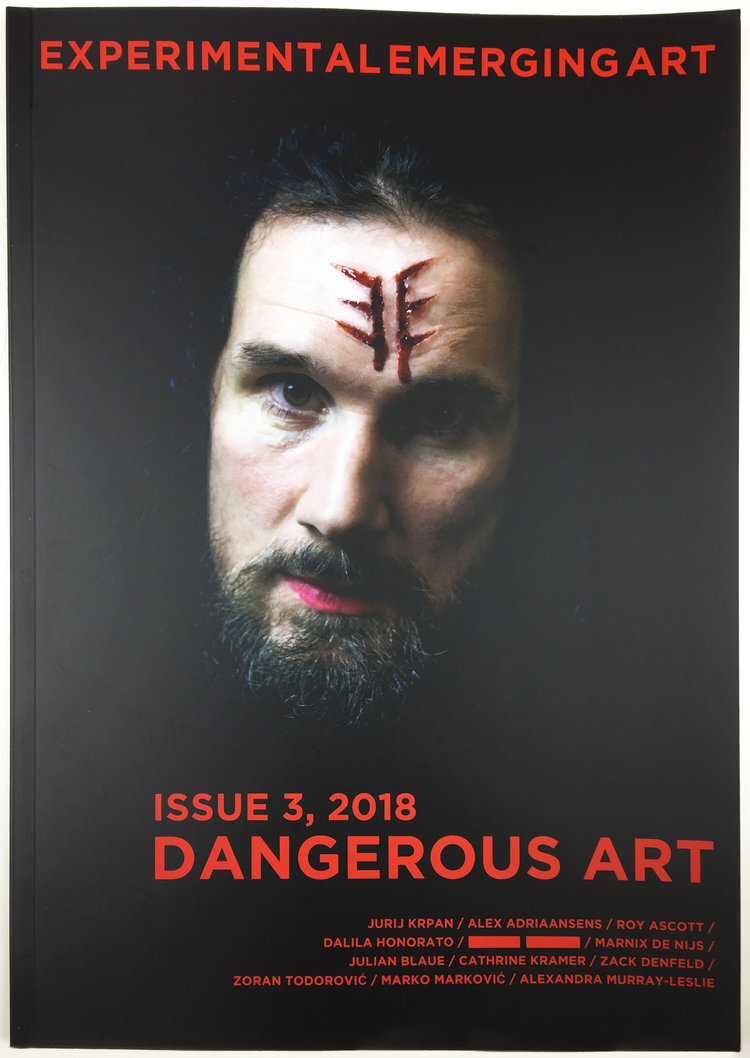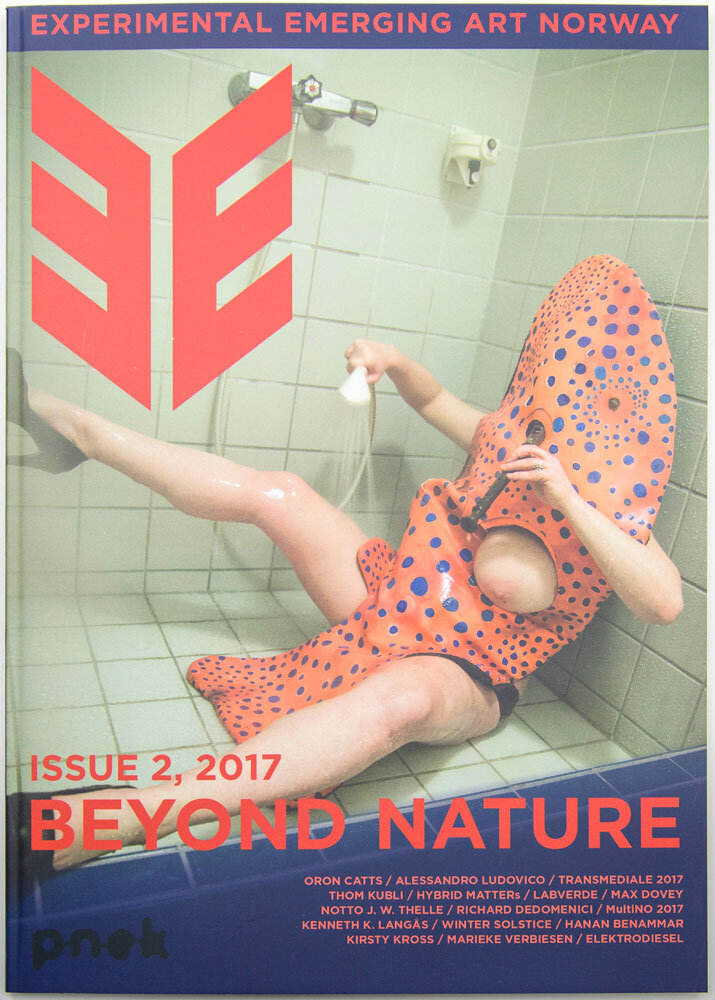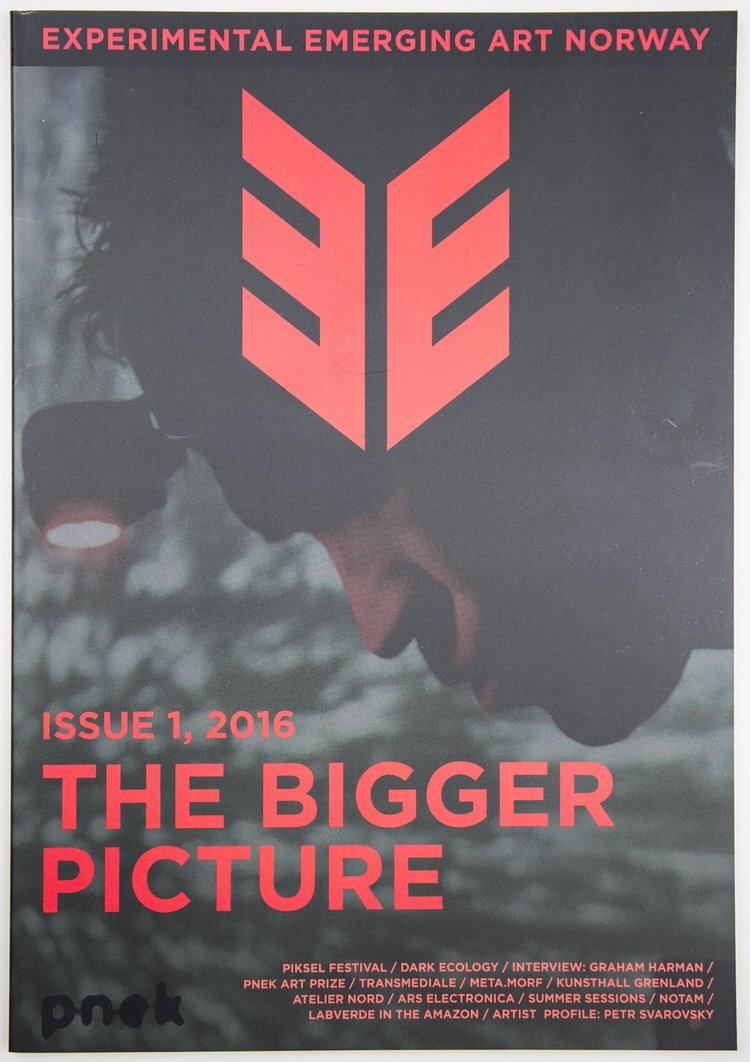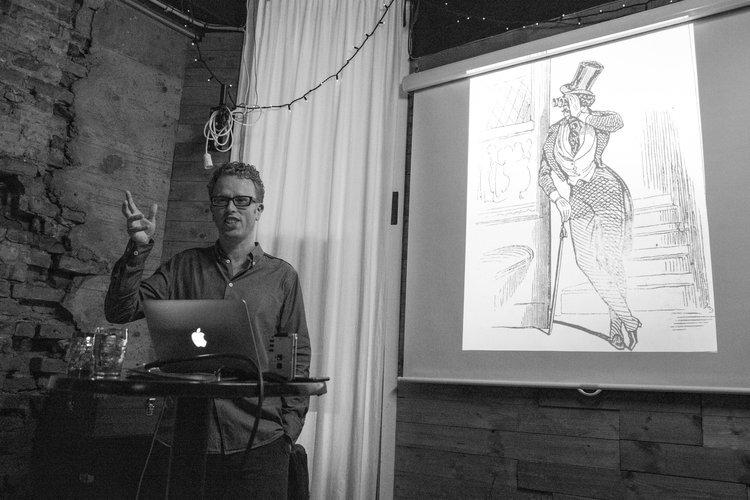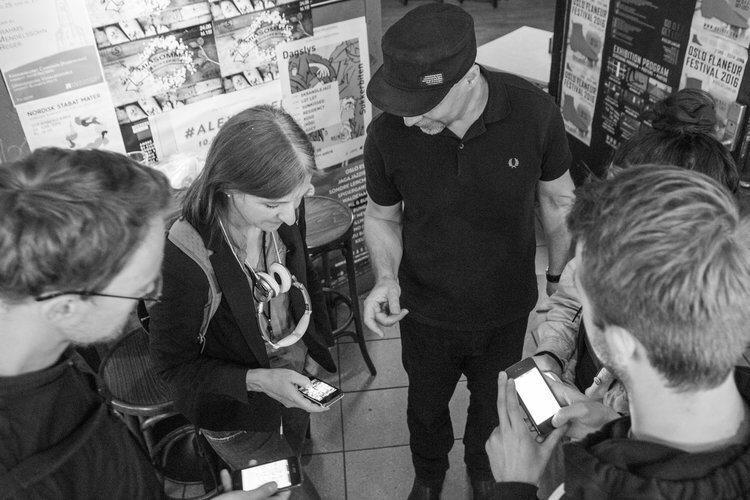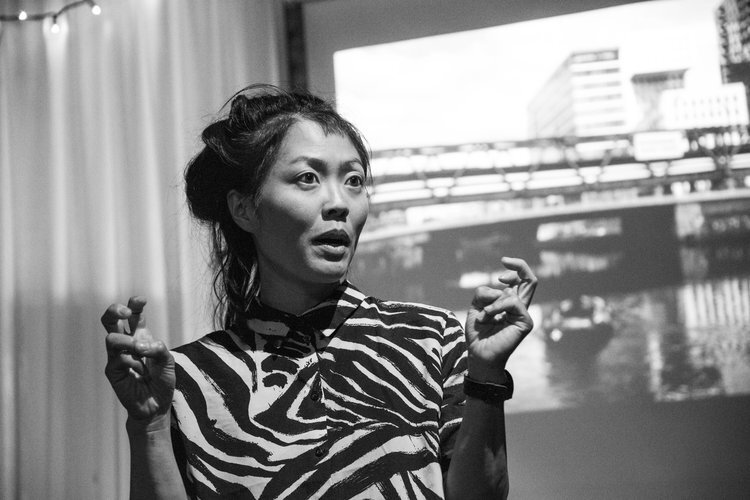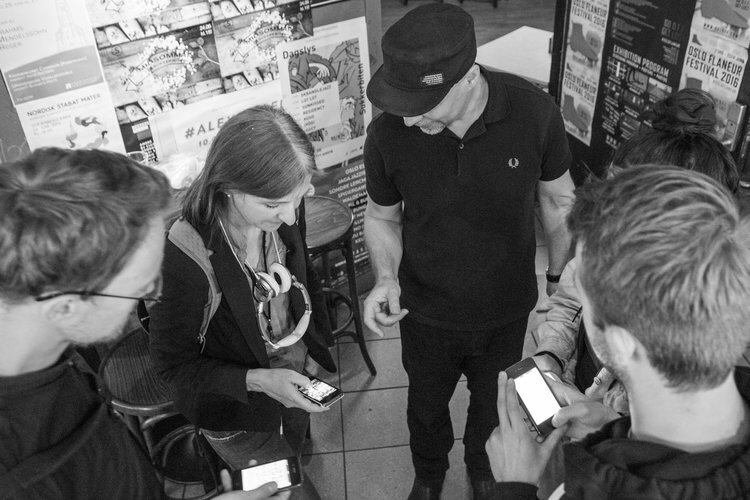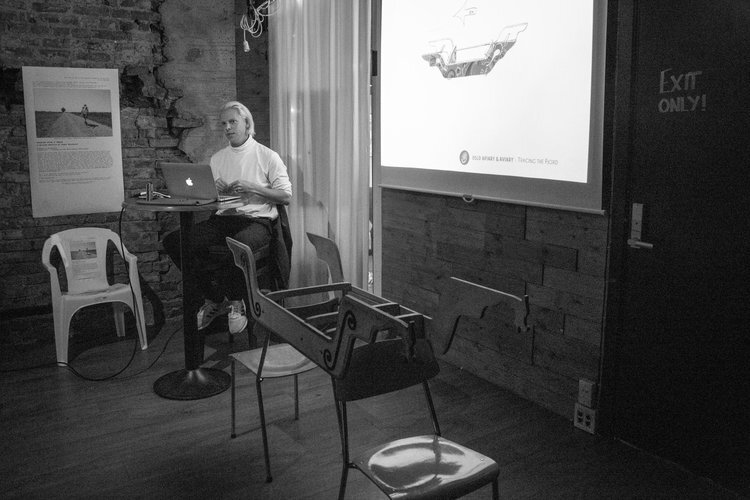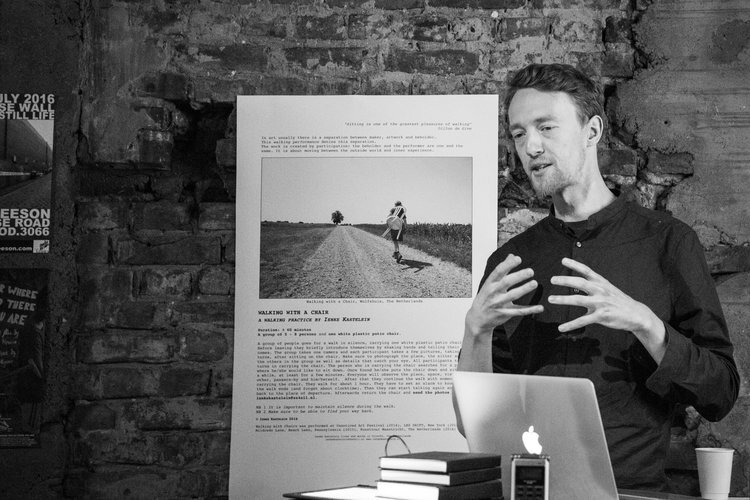FAEN – Female Artistic Experiments Norway : Too Many Untold Stories
Exhibition, symposium and archival program
Many Norwegian female artists have achieved outstanding success in the field of experimental arts both in Norway and internationally. However, to this date most of their success stories remain hidden from the public. Now it’s time to tell their amazing histories to a wider audience.
FAEN – Female Artistic Experiments Norway is a three week long exhibition program at Atelier Nord ANX in Oslo, October 17 – November 3, 2019. FAEN is the first edition of a planned event series focusing on different aspects and sub-themes that can be discovered from the project Temporary Library Norway. FAEN is inspired by the Temporary Library Norway project, produced by TEKS – Trondheim Electronic Art Centre, and utilize the library as the base for discovering and discussing different areas of experimental arts in Norway. The FAEN is initiated and organized by the emerging curator and experimental art practitioner Zane Cerpina (NO/LV) in collaboration with Atelier Nord. Other partners include: PNEK, TEKS, BEK, i/o/lab, Videokunstarkivet and the book project: Elektronisk Kunst i Norge.
i) The Exhibition “Female Artistic Experiments Norway” is a curated selection of experimental art works by both: young emerging female artists as well as the established ones. The selected works will vary in experimental mediums from sound based art, video art, installation art to bioart. The final exhibition will be a result of a year long curatorial and talent development process in collaboration with established artistic institutions: PNEK – Production Network for Electronic Art Norway, BEK – Bergen Electronic Art Centre and i/o/lab – Centre for Future Art.
ii) The Symposium “FY FAEN SÅ BRA – eksperiment av norske kvinnelige kunstnere” reflects on the history, current state and the possible futures of the experimental art scene in Norway through the perspective of female artists and art practitioners. The symposium takes a historical and critical perspective – using archiving and publishing projects as critical tools to discover historical tendencies and important turning points in the field. The main questions the symposium will pose are: Who are these female artists? What did they do? When? Why was it important?
iii) The Archival Program consists of two artistic programs:
a) The exhibition of The Temporary Library Norway, produced by TEKS – Trondheim Electronic Art Centre. TEKS will show the second edition of the project with new publications added. As well the new printed catalog with the complete collection will be launched during the exhibition. Read about the project at: temporarylibrary.no
b) The video Art Screening Program will be realized in collaboration with Videokunstarkivet and PNEK. videokunstarkivet.org
BACKGROUND
Many Norwegian female artists have achieved outstanding success in the field. They have exhibited as well as received awards both on a national and international scale. Examples include: Jana Winderen has performed all over the world and won the Golden Nica, Ars Electronica, 2011 award for Digital Music & Sound Art; Cecilia Johnson received a honorary mention in Hybrid Arts at Prix Ars Electronica 2017 and won the Bio Art & Design Awards in (NL), 2016; Sissel Tolaas with her exquisite practice on perfumes and smell has won recognition through numerous national and international honours; Pia Myrvold have built a broad international carrier working with art and electronic fashion; Hanne Rivrud have participated at a number of exhibitions in Norway and abroad, including the Venice Art Biennale and Ars Electronica; Amanda Steggell co-founded live art project Motherboard in 1996 and is a recognized pioneer in the field; and Maja S. K. Ratkje was the first composer to receive the Norwegian Arne Nordheim Prize in 2001; Natasha Barrett, contemporary music composer specialising in electroacoustic art music has received many awards, including the Nordic Council Music Prize for 2006. Several female artists have also contributed through writings and publications, including Janne S. Dahl, Anne L. Stenseth.
GENDER SHIFT IN EXPERIMENTAL ARTS
Although too many untold stories, there are also recent stories of success and achievements. The field of arts is currently seeing a shift towards female artists heading major art institutions such as: PNEK (Gyrid N. Kaldestad), Atelier Nord (Ida L. Ghosh), Lydgalleriet (Julie L. Porter), Vandaler (Hanan Benammar), i/o/lab (Hege Tapio), not to mention the more established institutions such as OCA (Katya García-Antón), Henie Onstad (Tone Hansen), UKS (Rhea Dall), Karin Hindsbo (National Museum), Anne H. Neset (Kunstnernes Hus). Will this finally provide a chance for the female artists to shape the future of the field?
ORGANIZERS & PARTNERS
The FAEN - Female Norwegian Experimental Artists is the first edition of planned event series focusing on different aspects and sub-themes of experimental arts in Norway. The events are initiated and organized by the emerging curator and experimental art practitioner Zane Cerpina (NO/LV) in collaboration with Atelier Nord. Other partners include: PNEK, TEKS, BEK, i/o/lab, Videokunstarkivet and the book project: Elektronisk Kunst i Norge.


